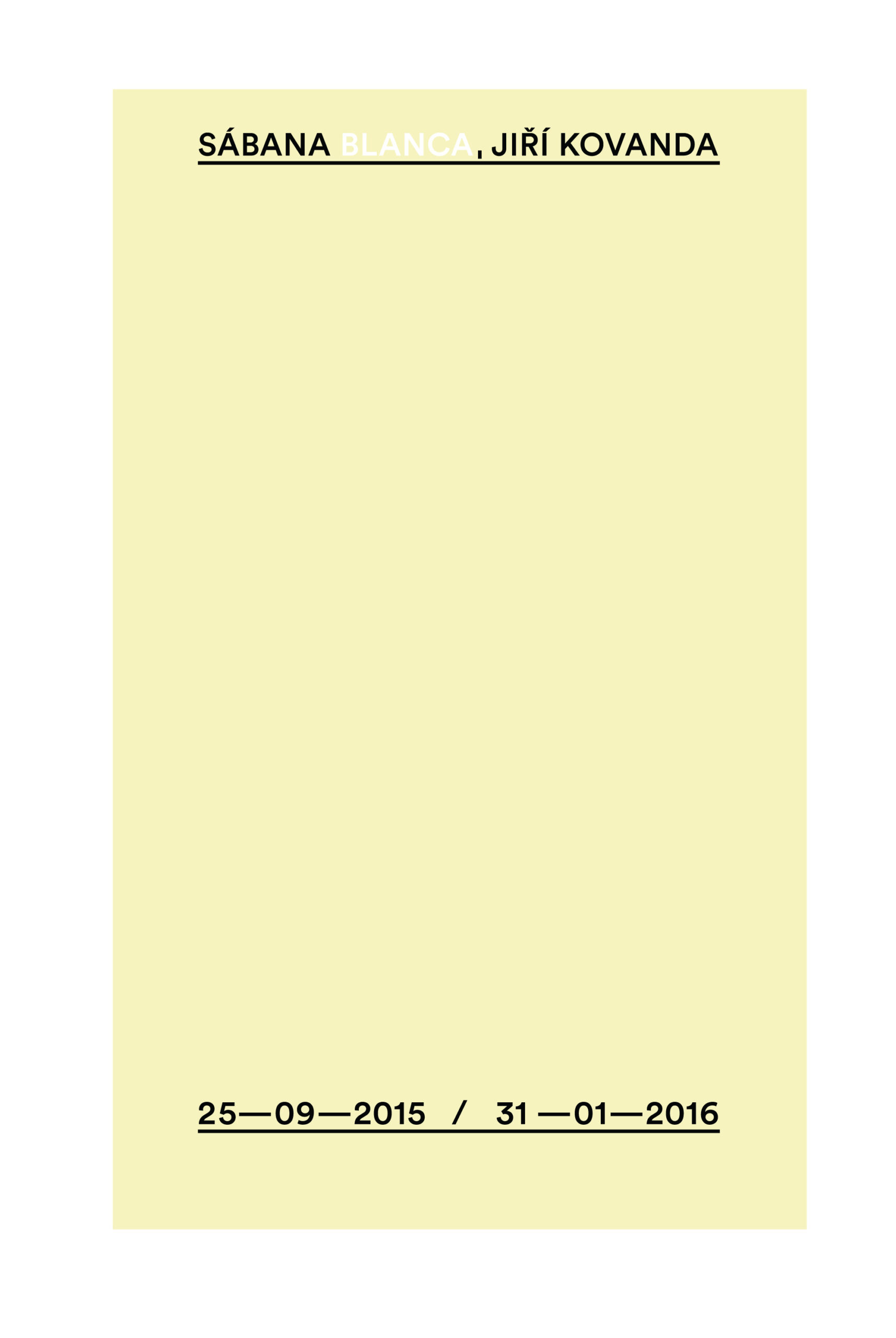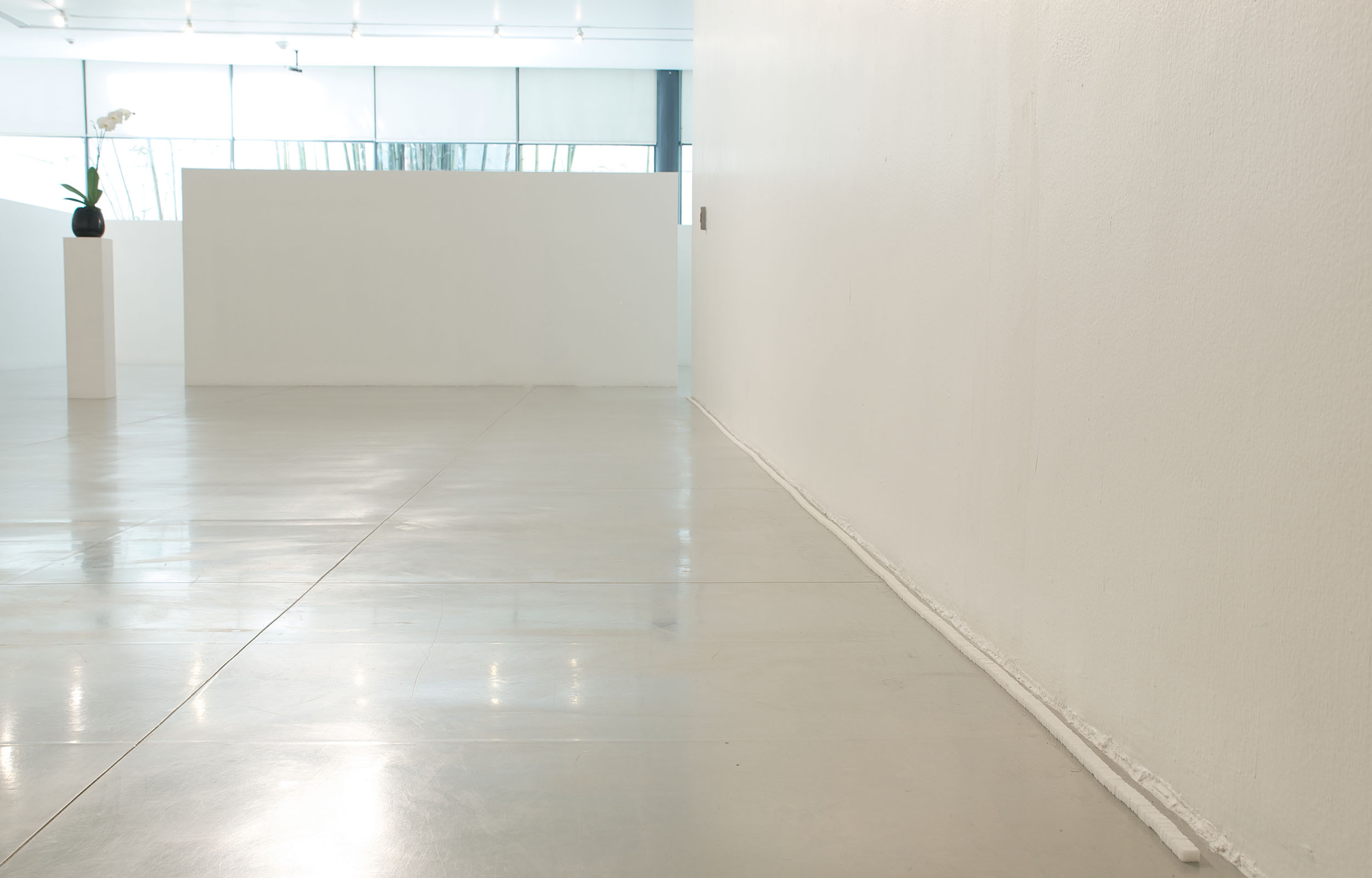
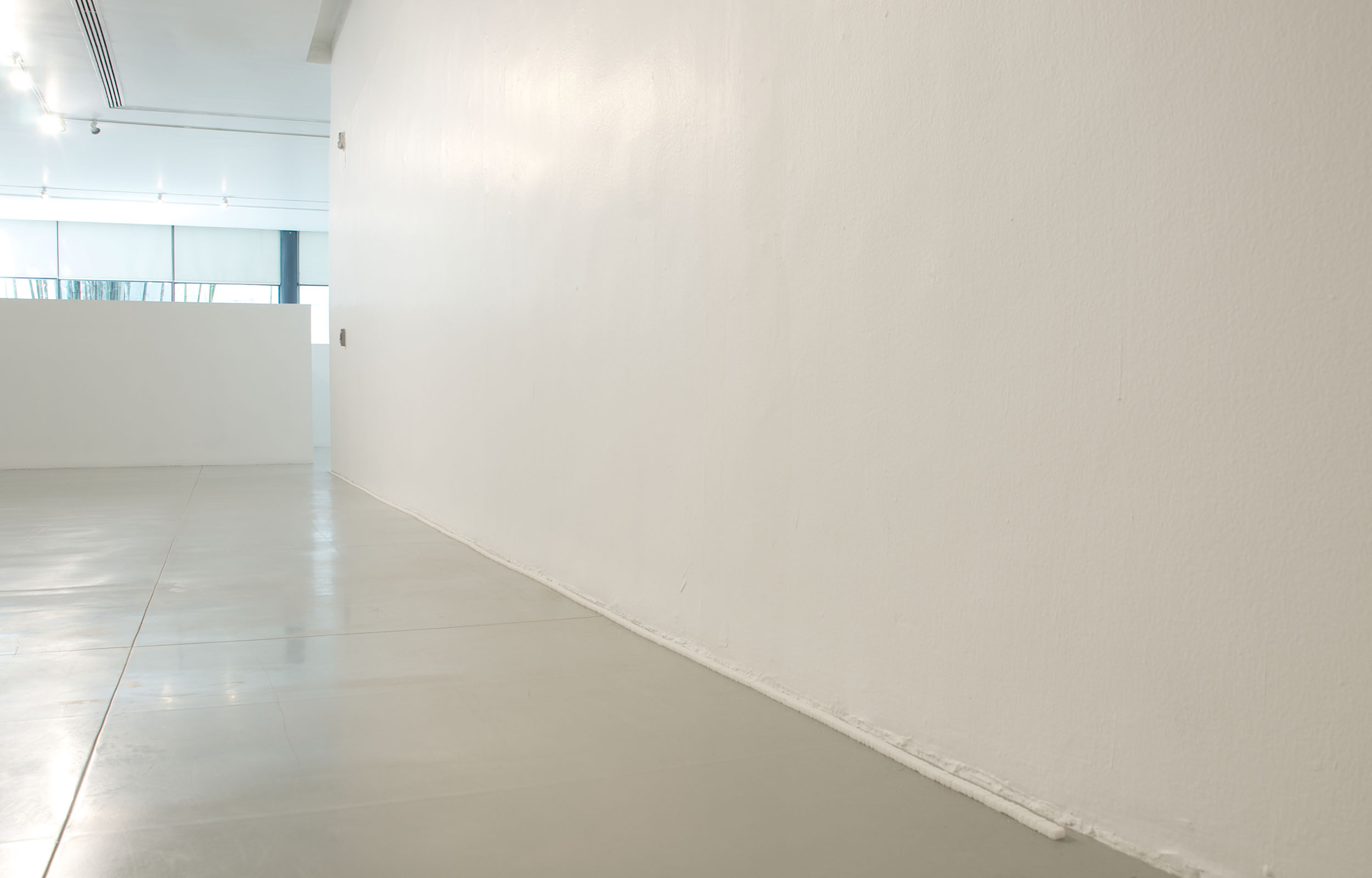
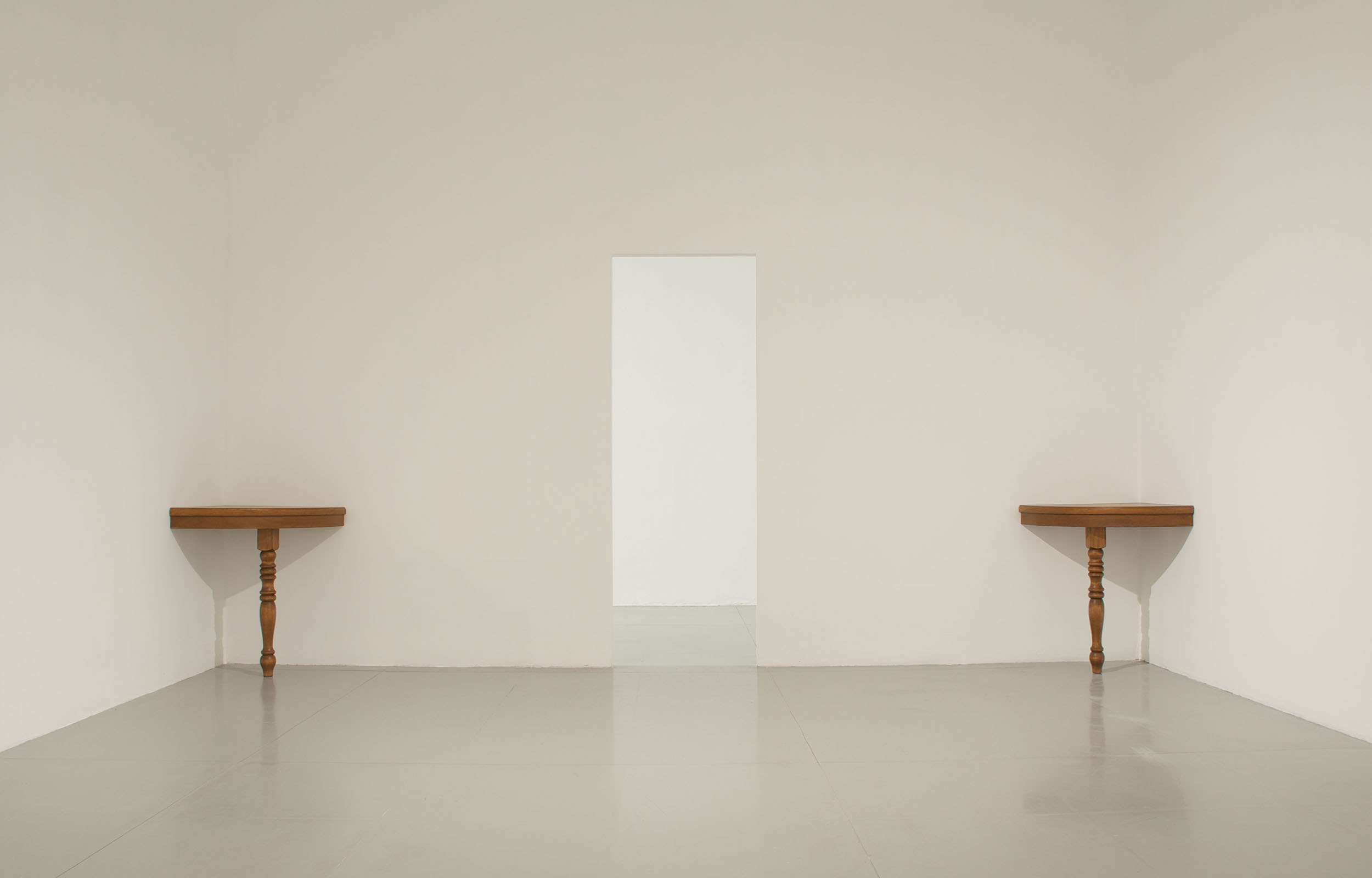
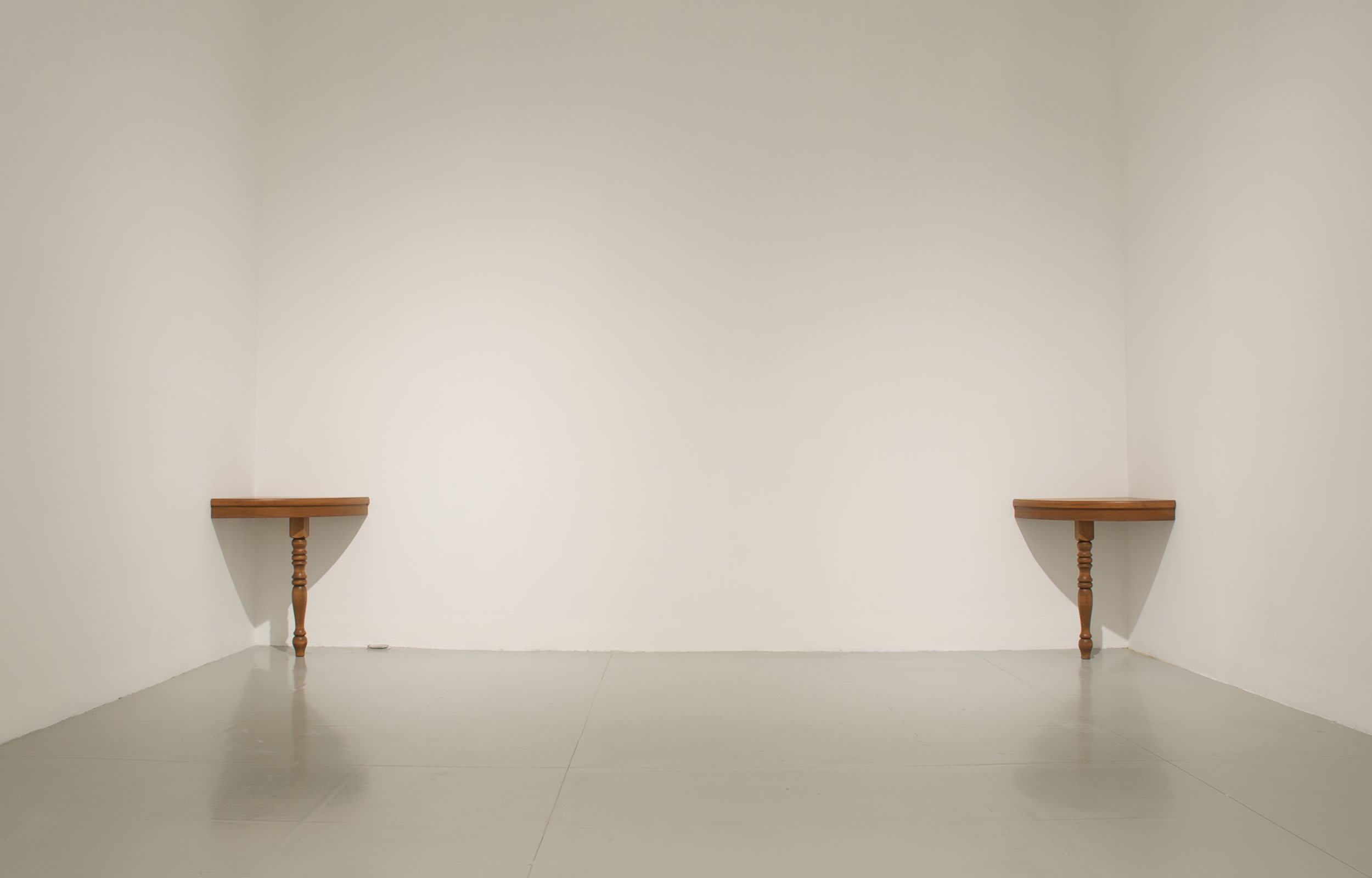
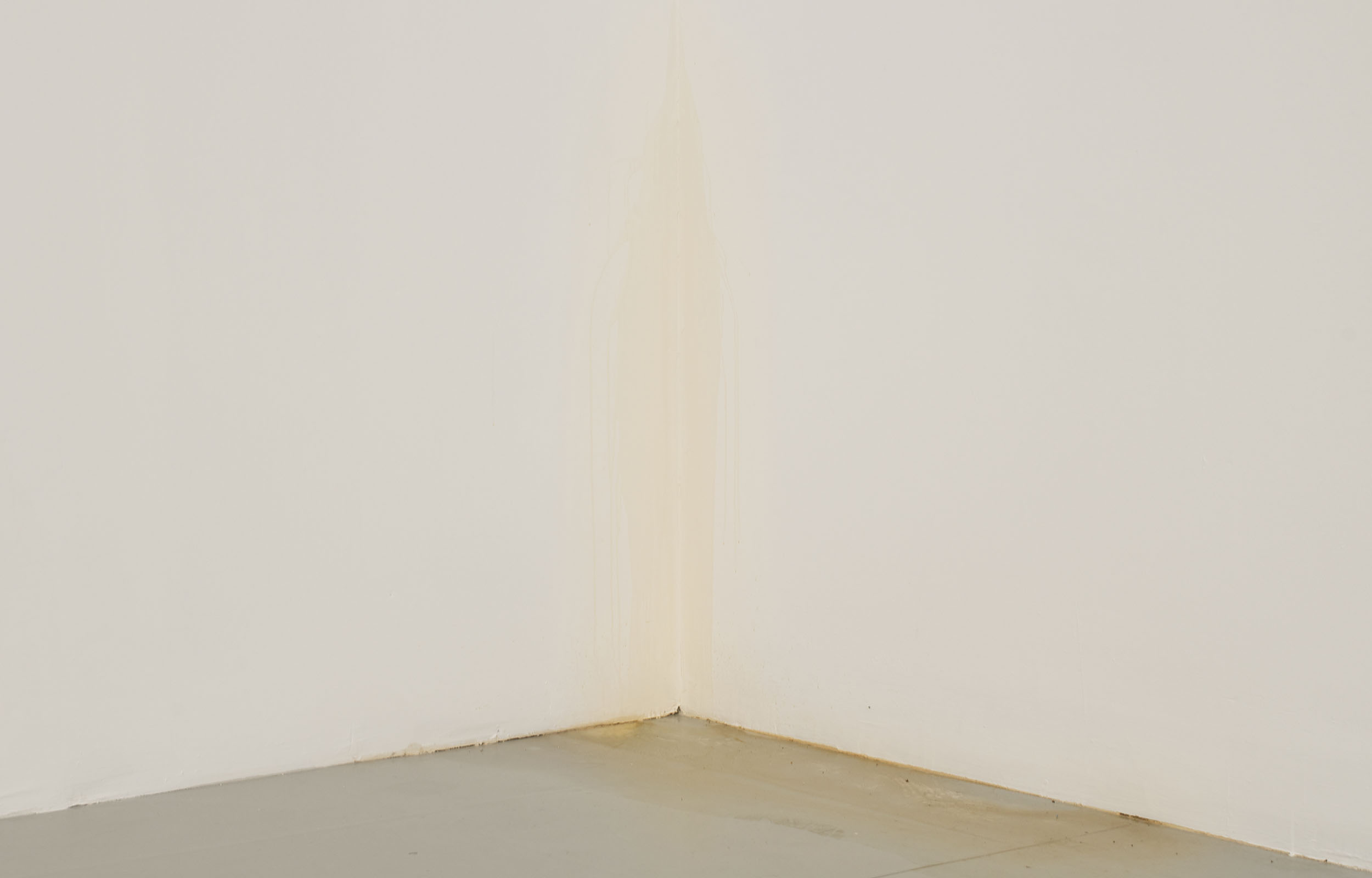
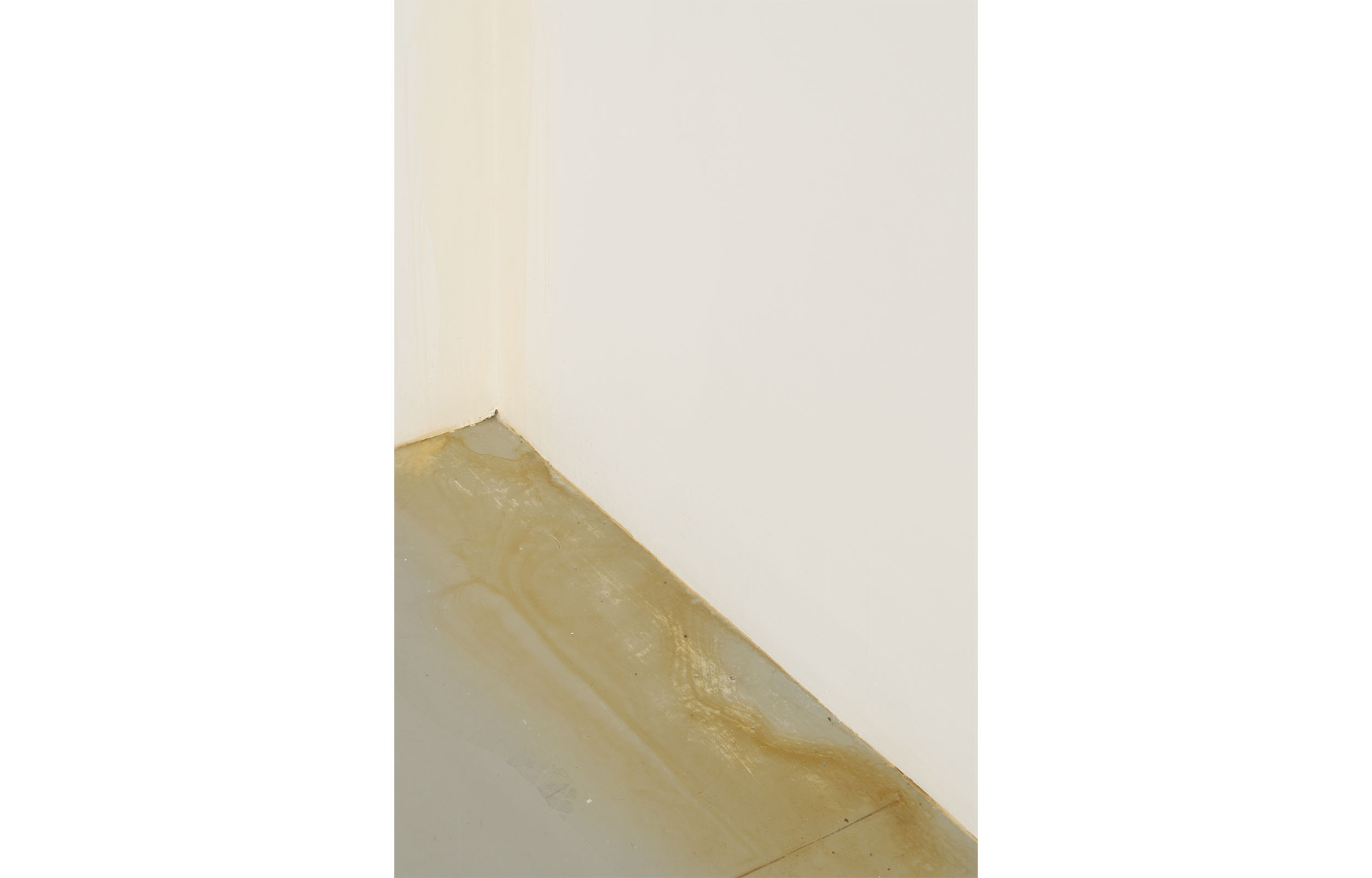
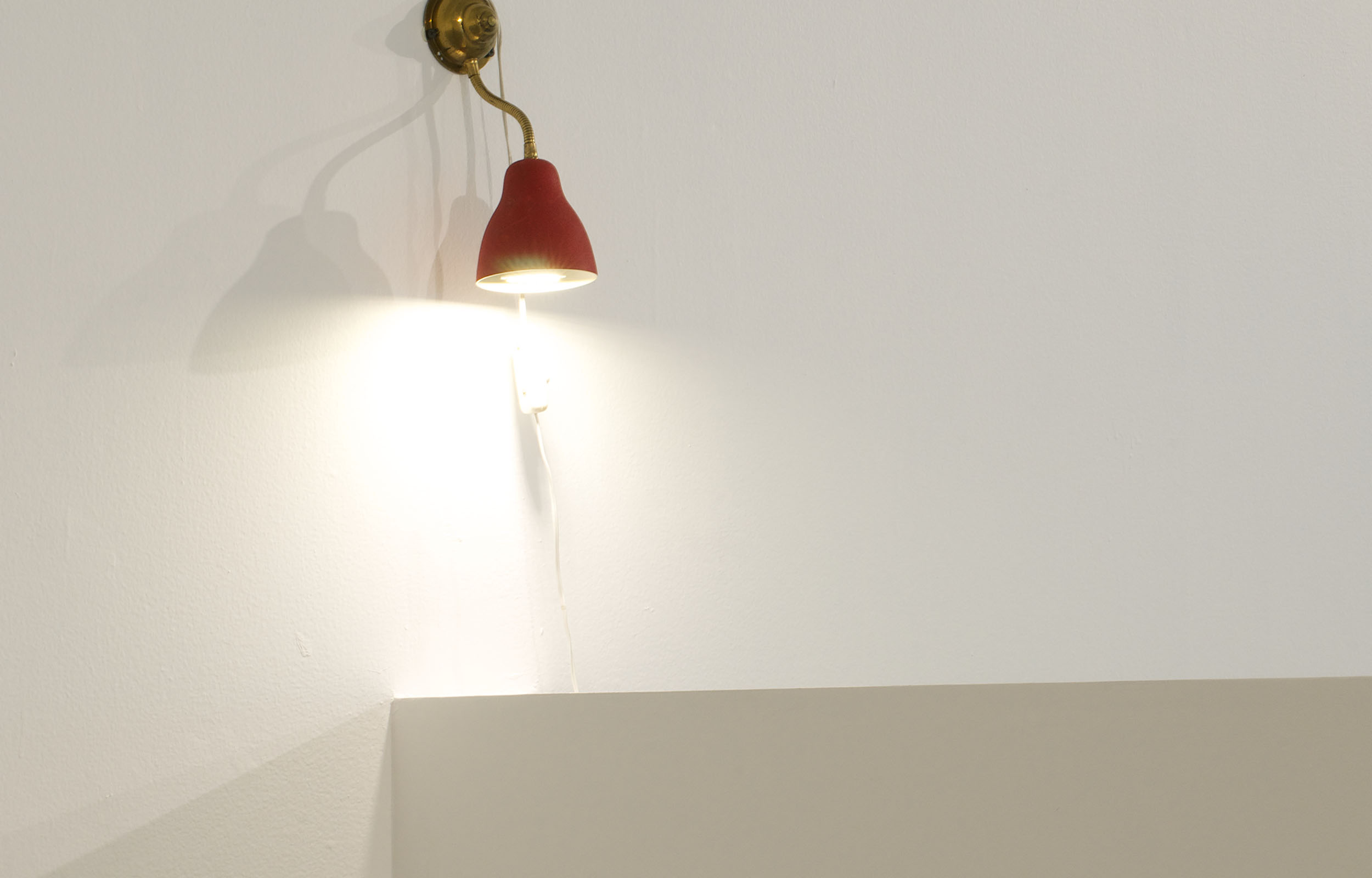
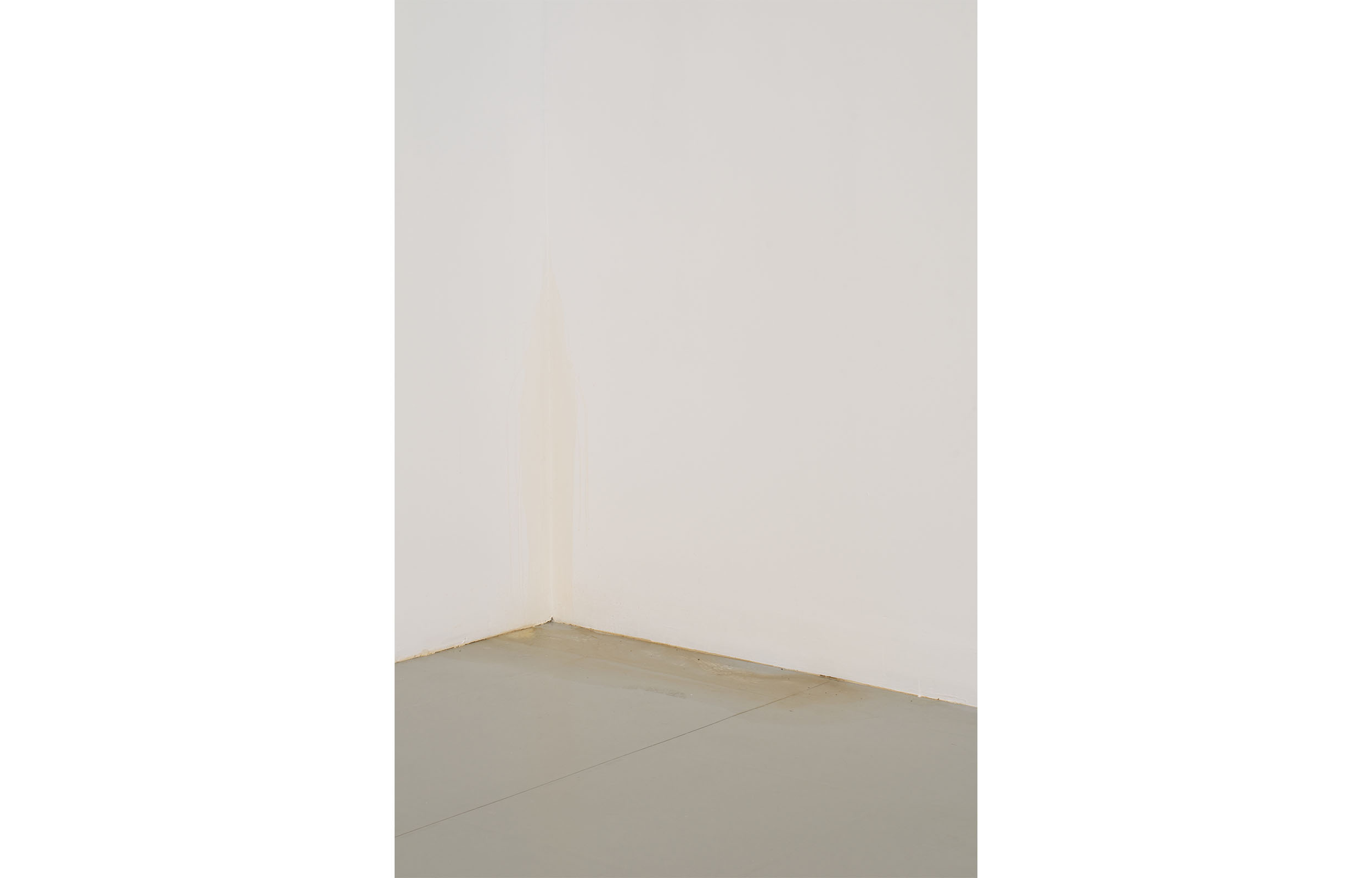
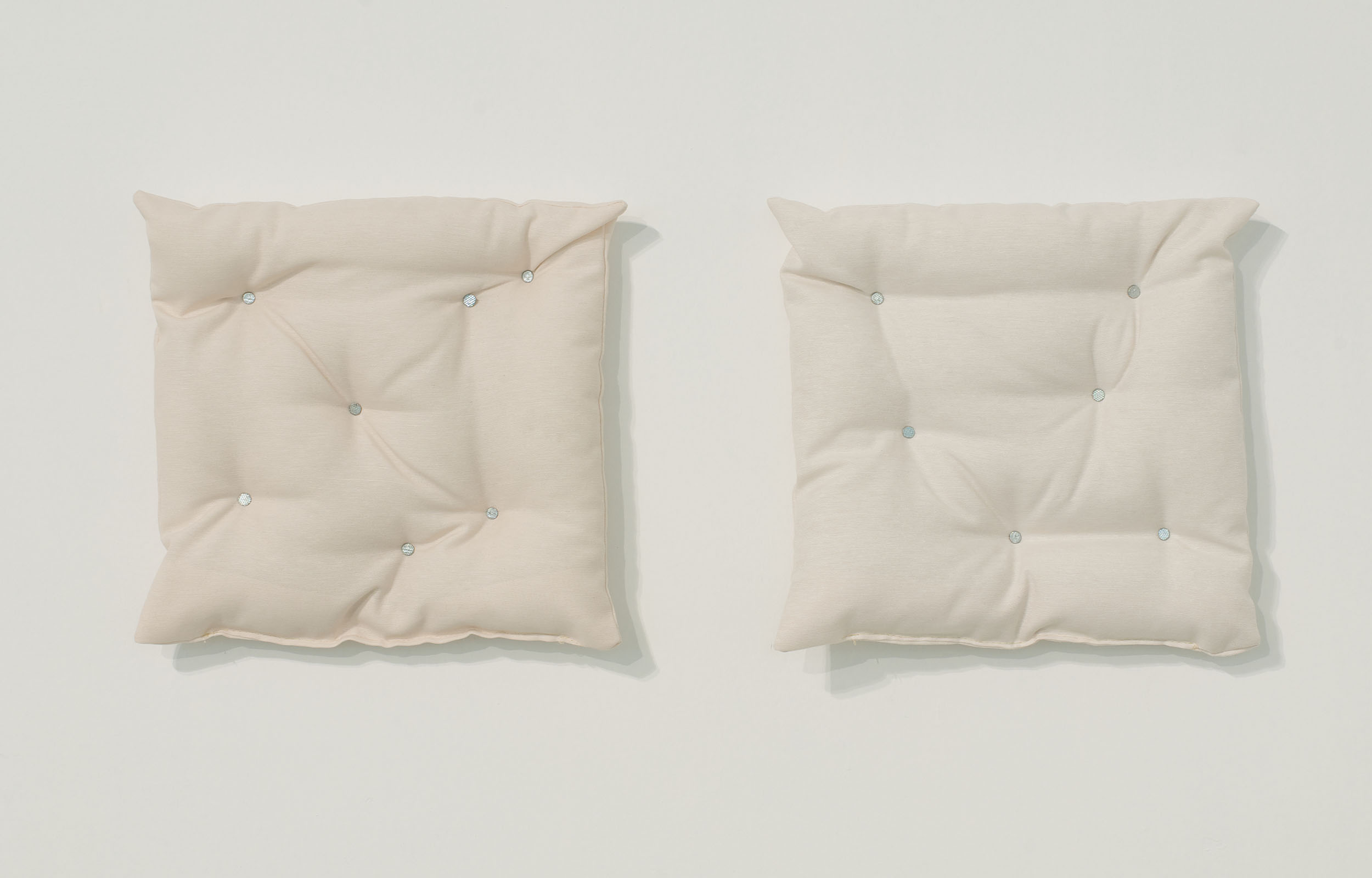
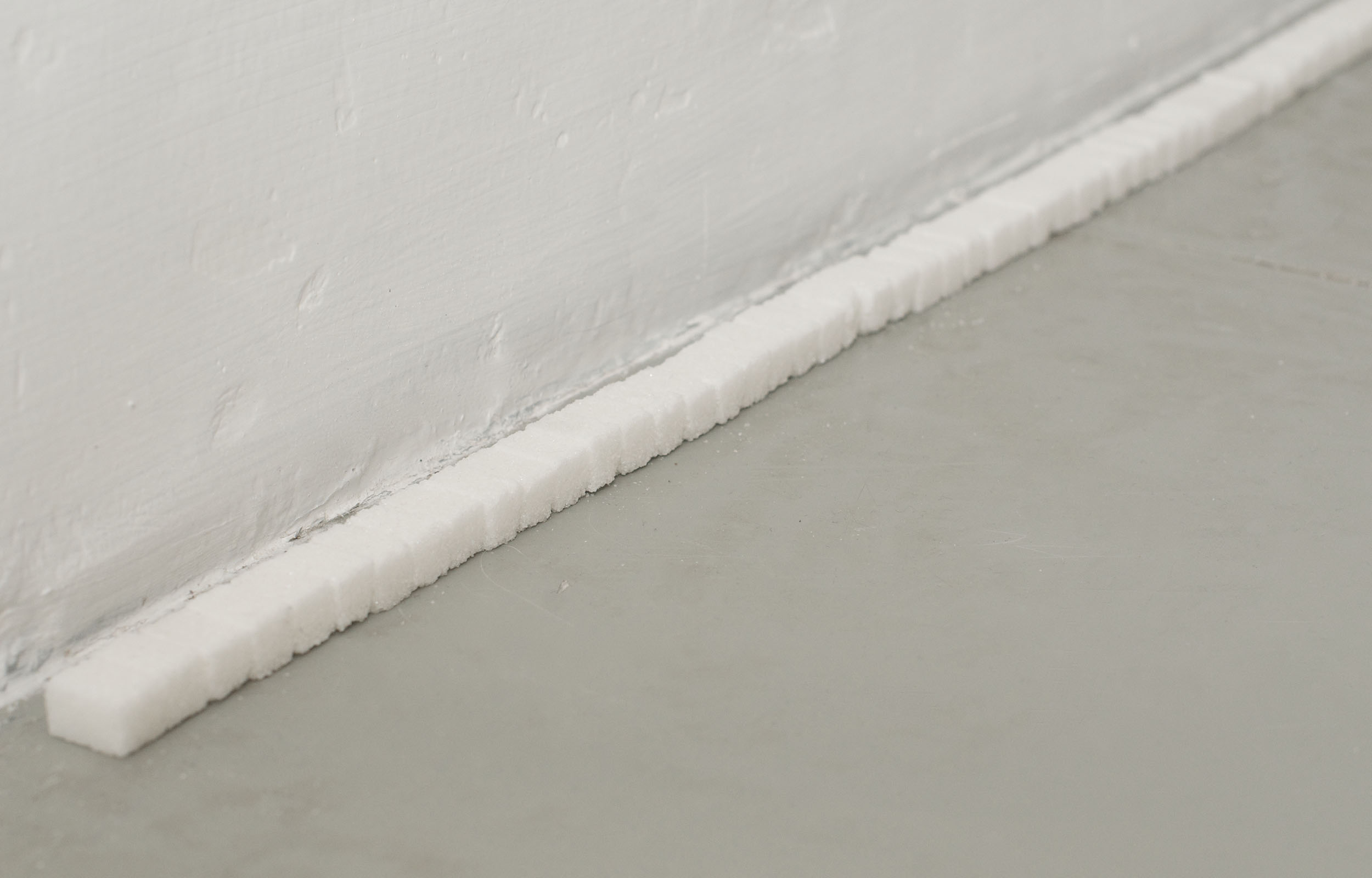
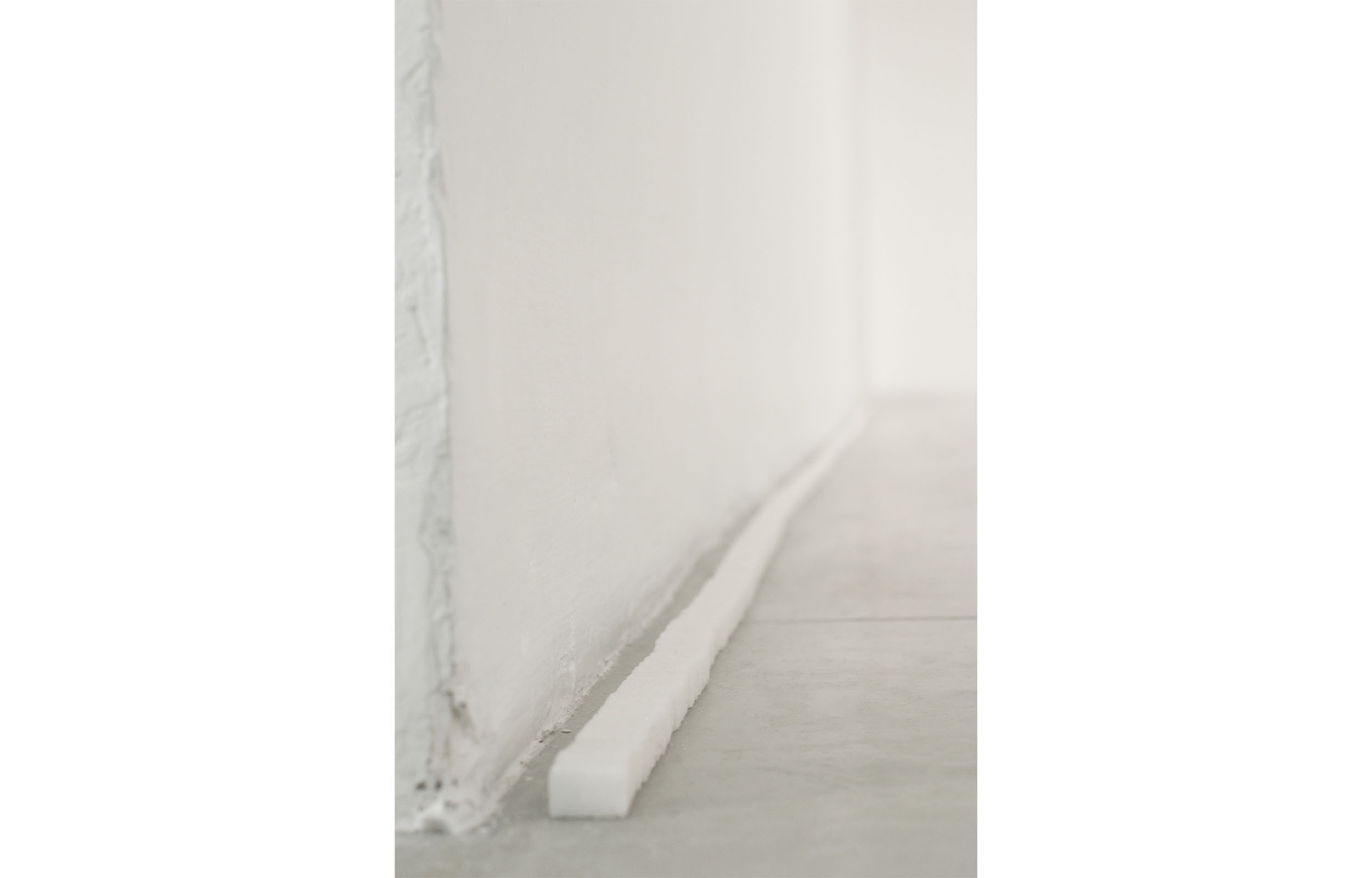
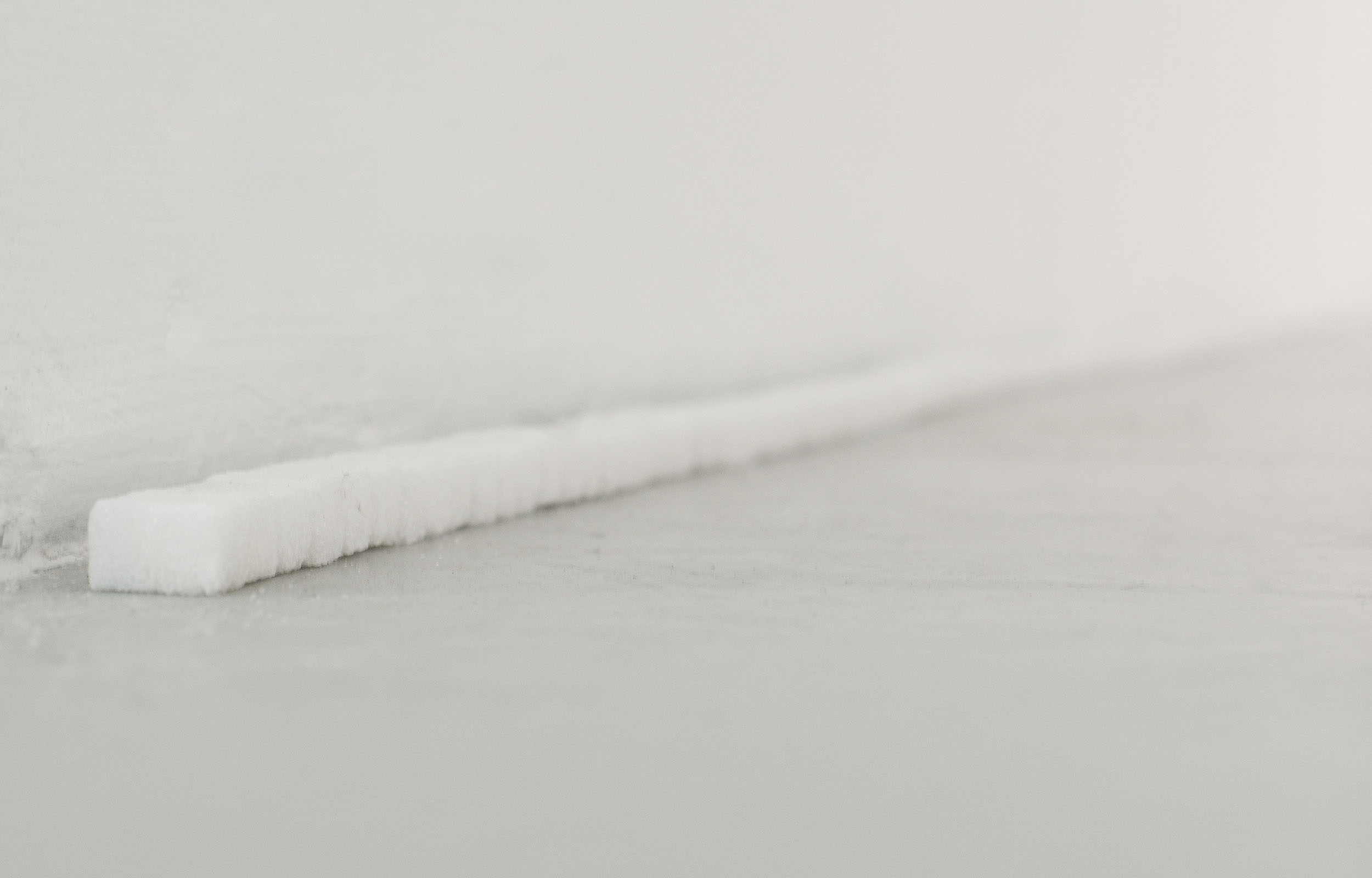
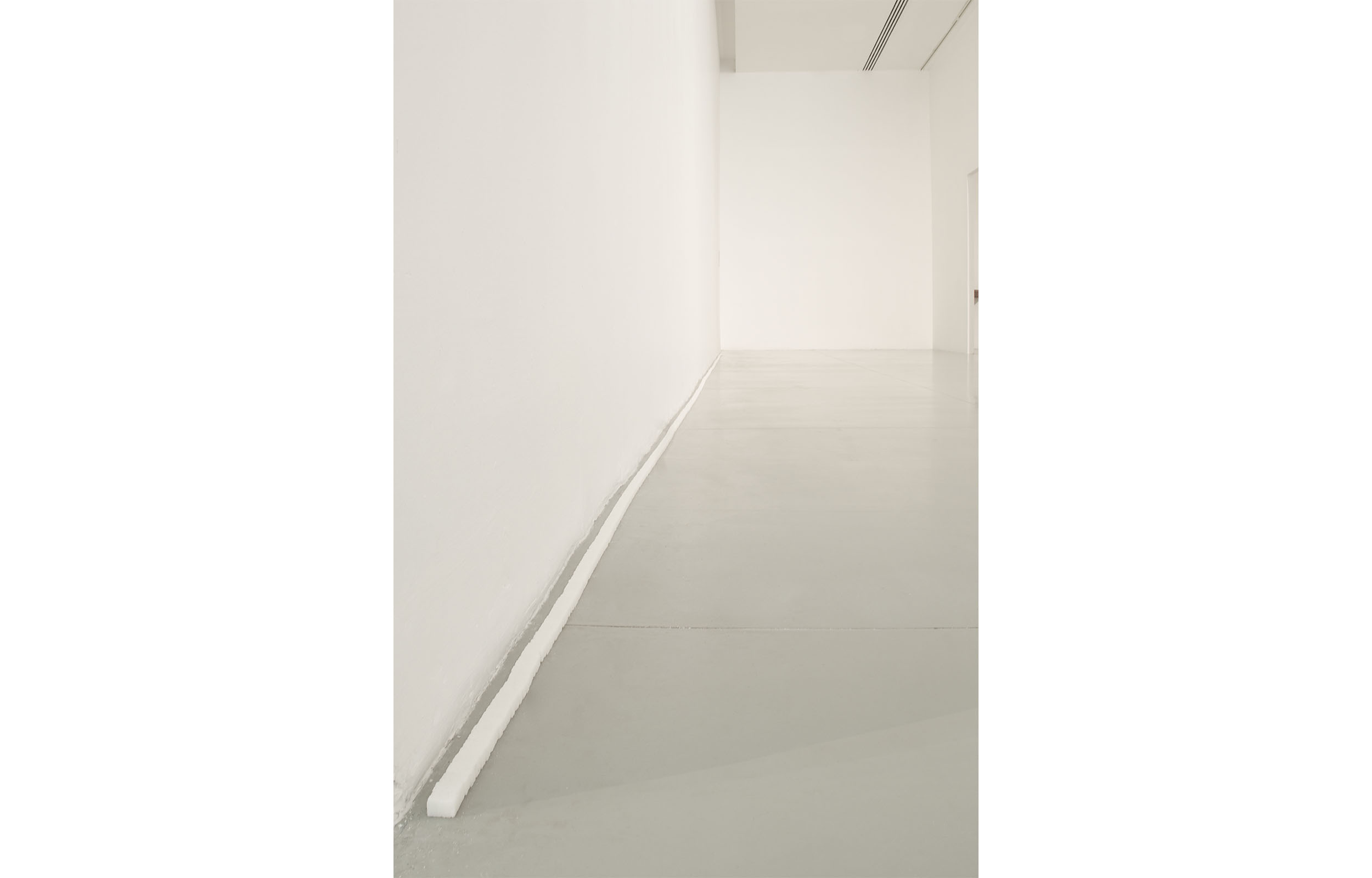
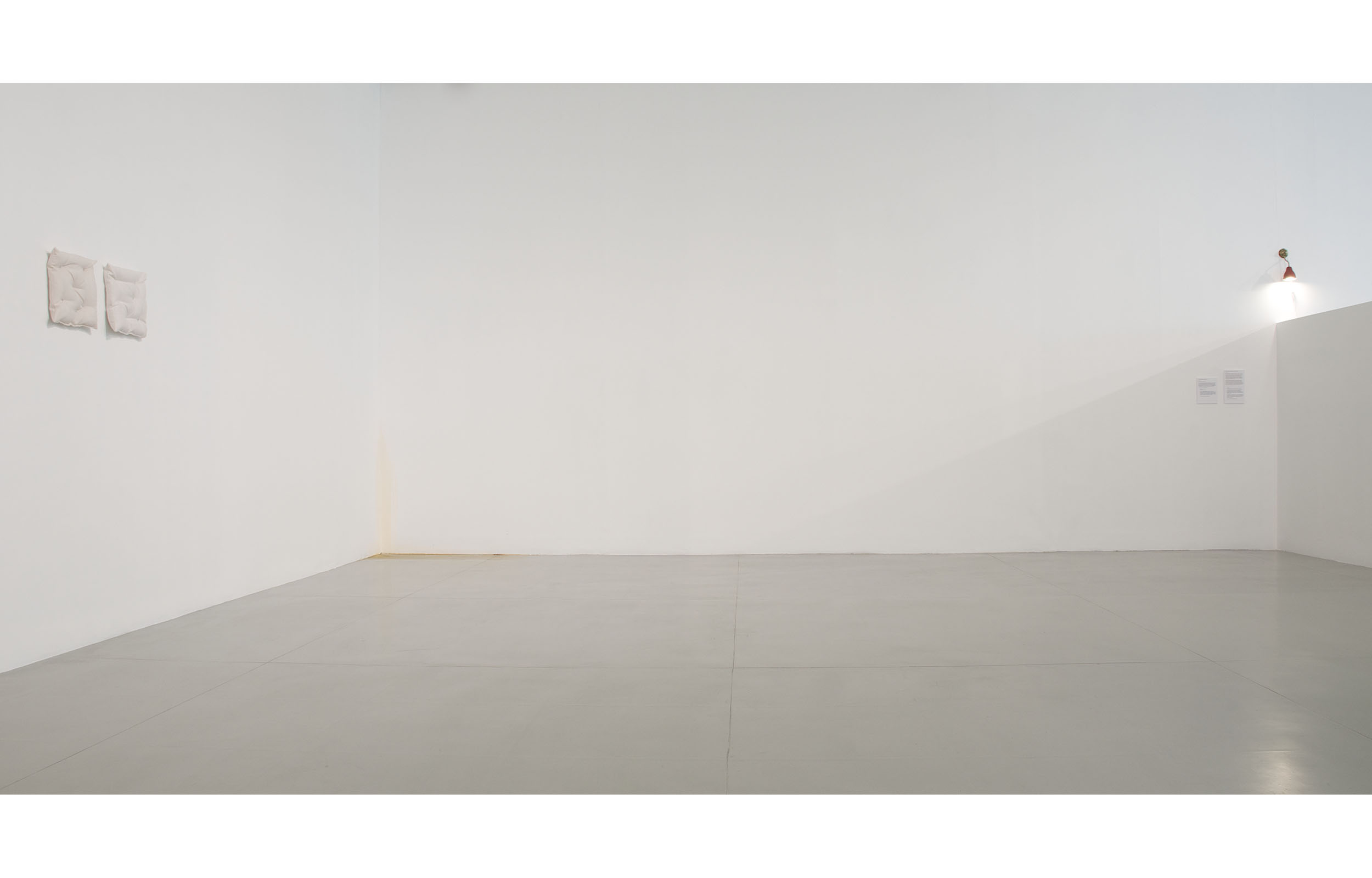
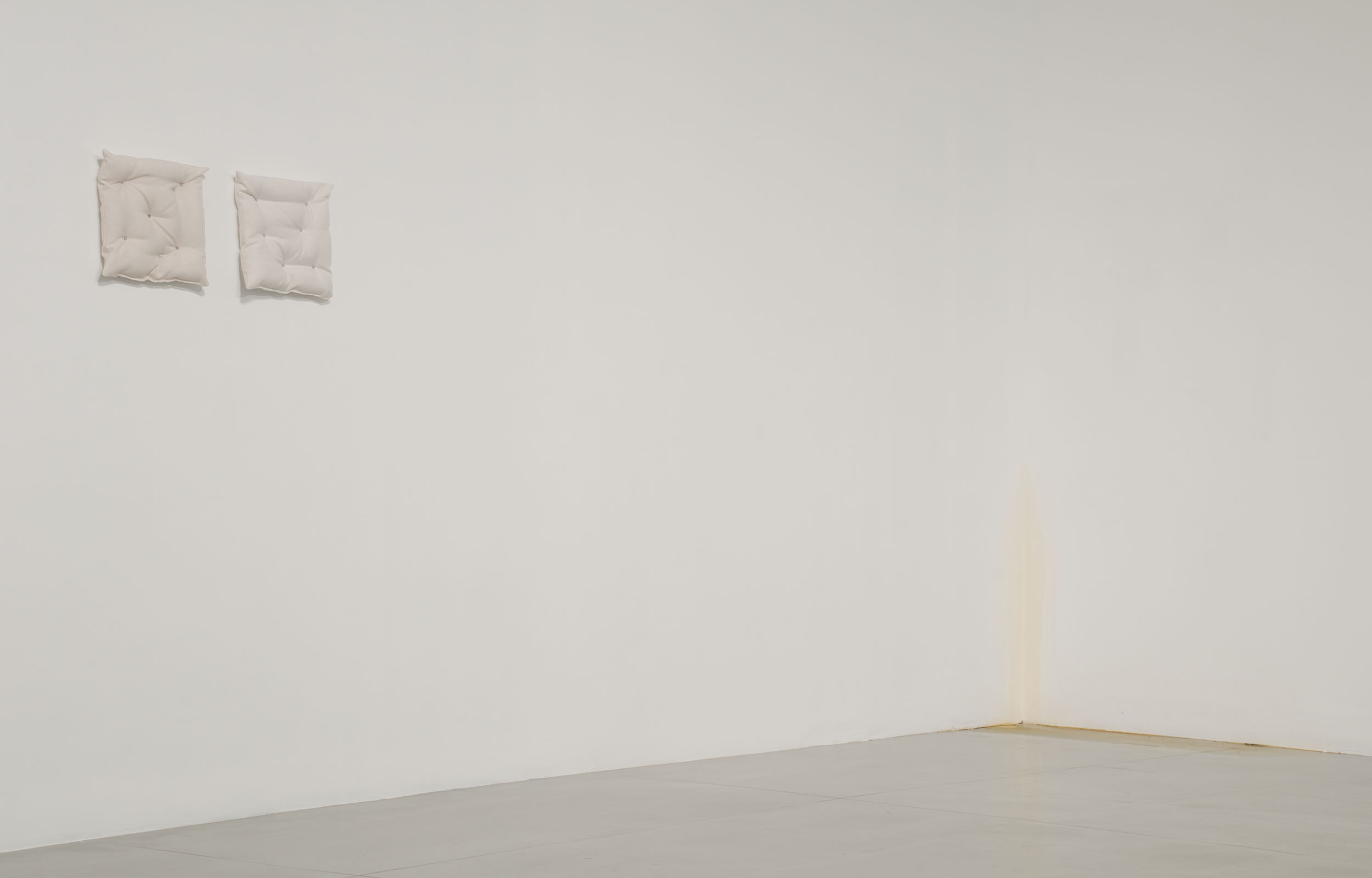
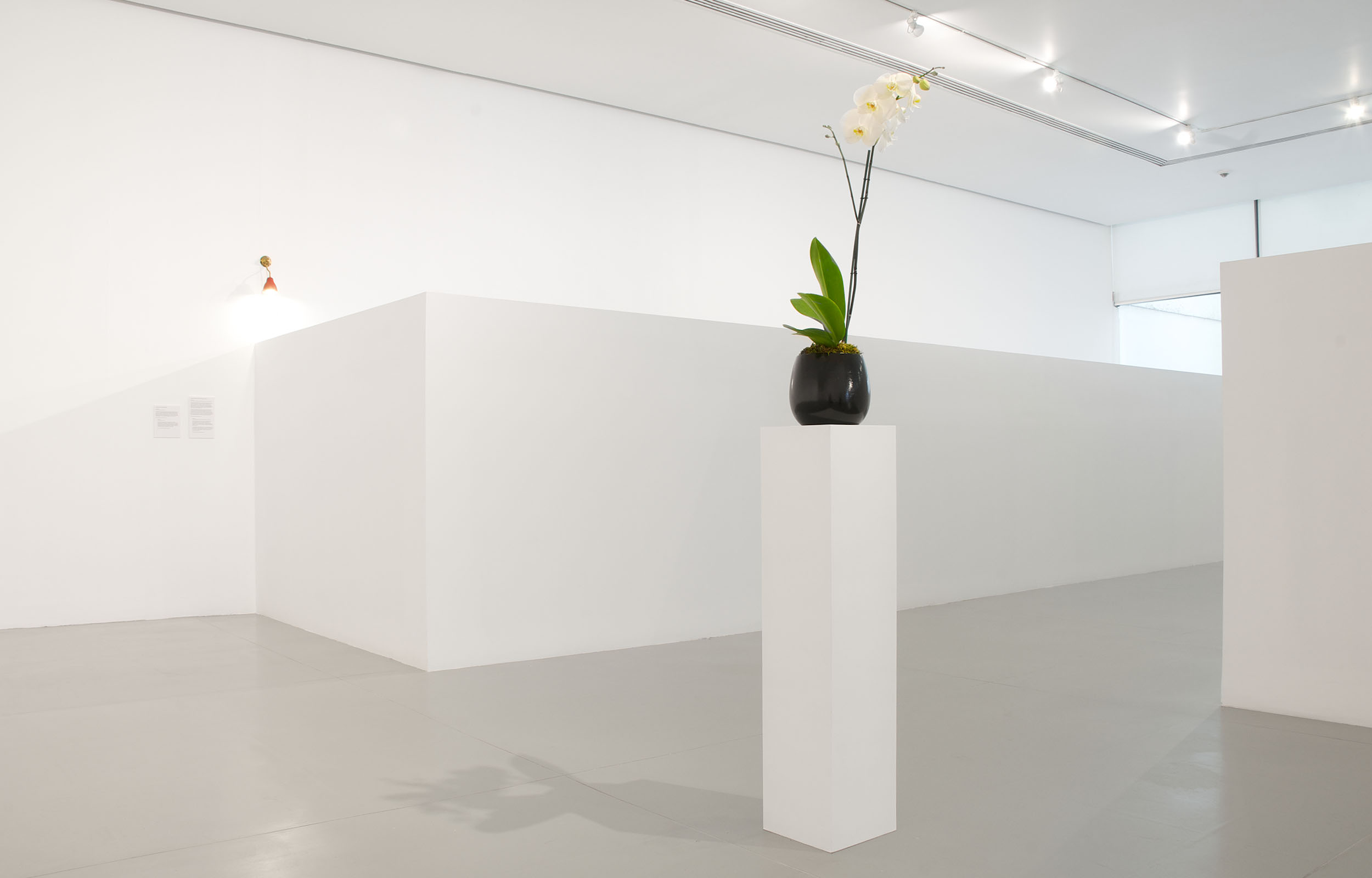
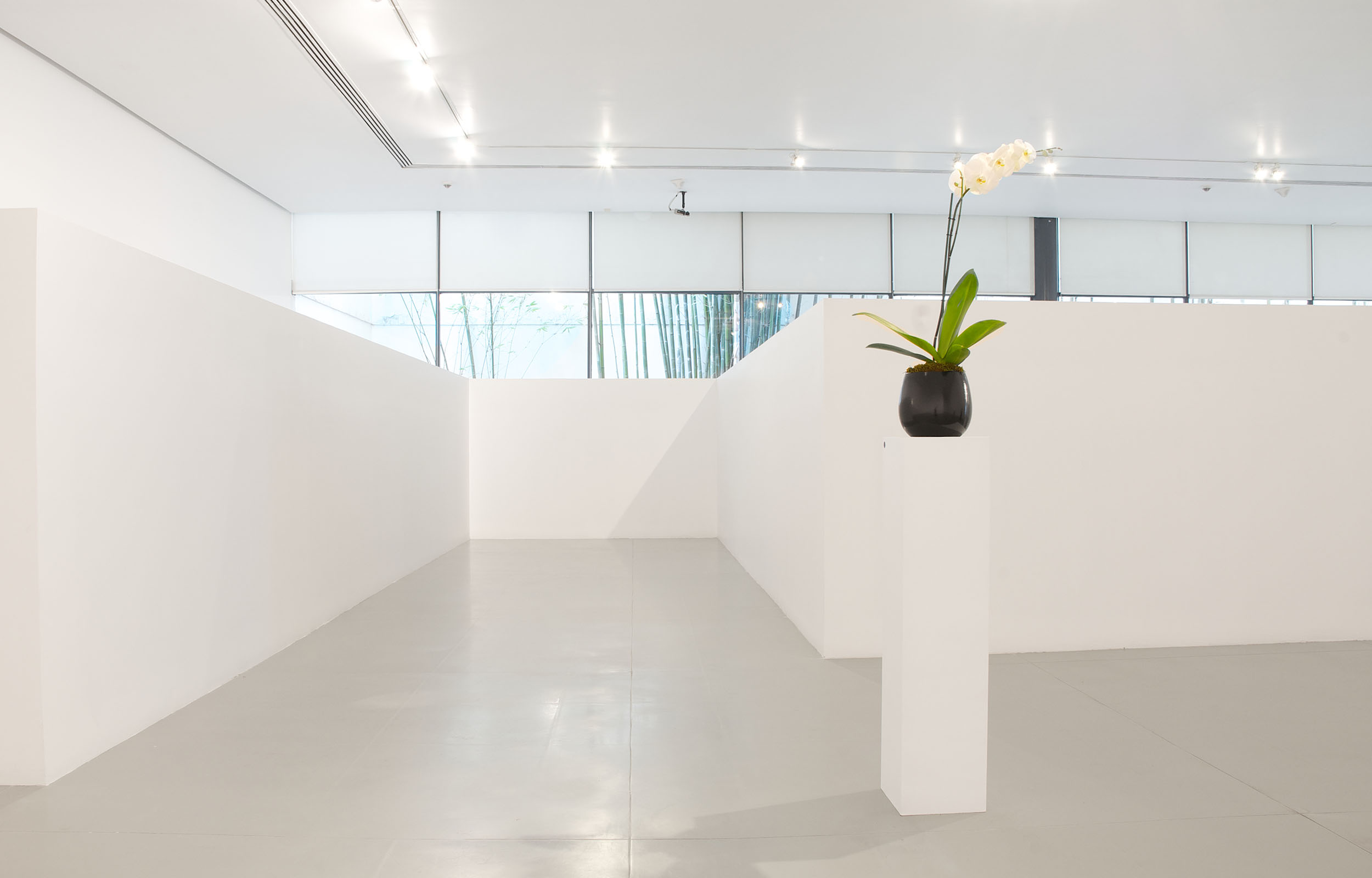
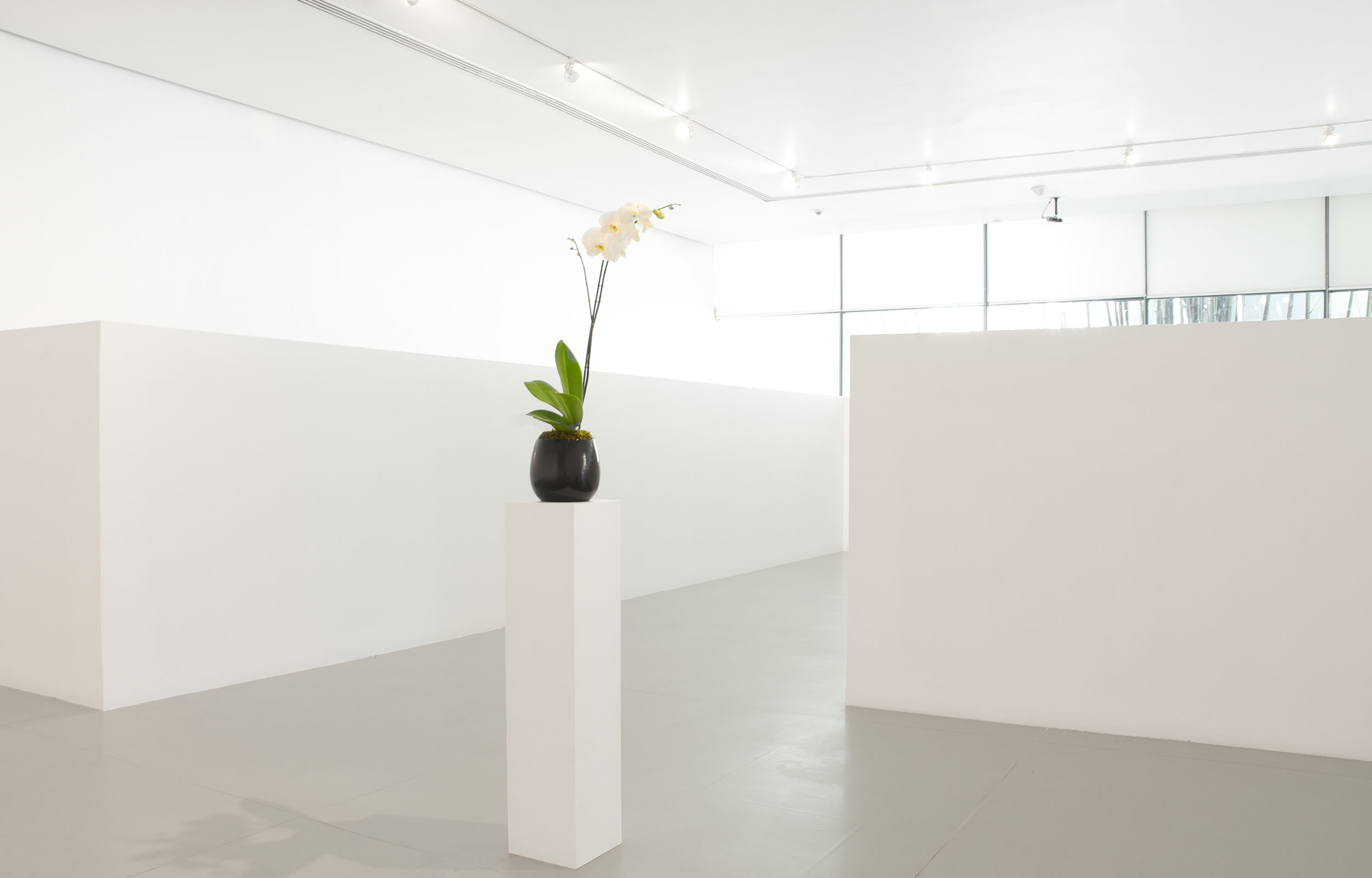
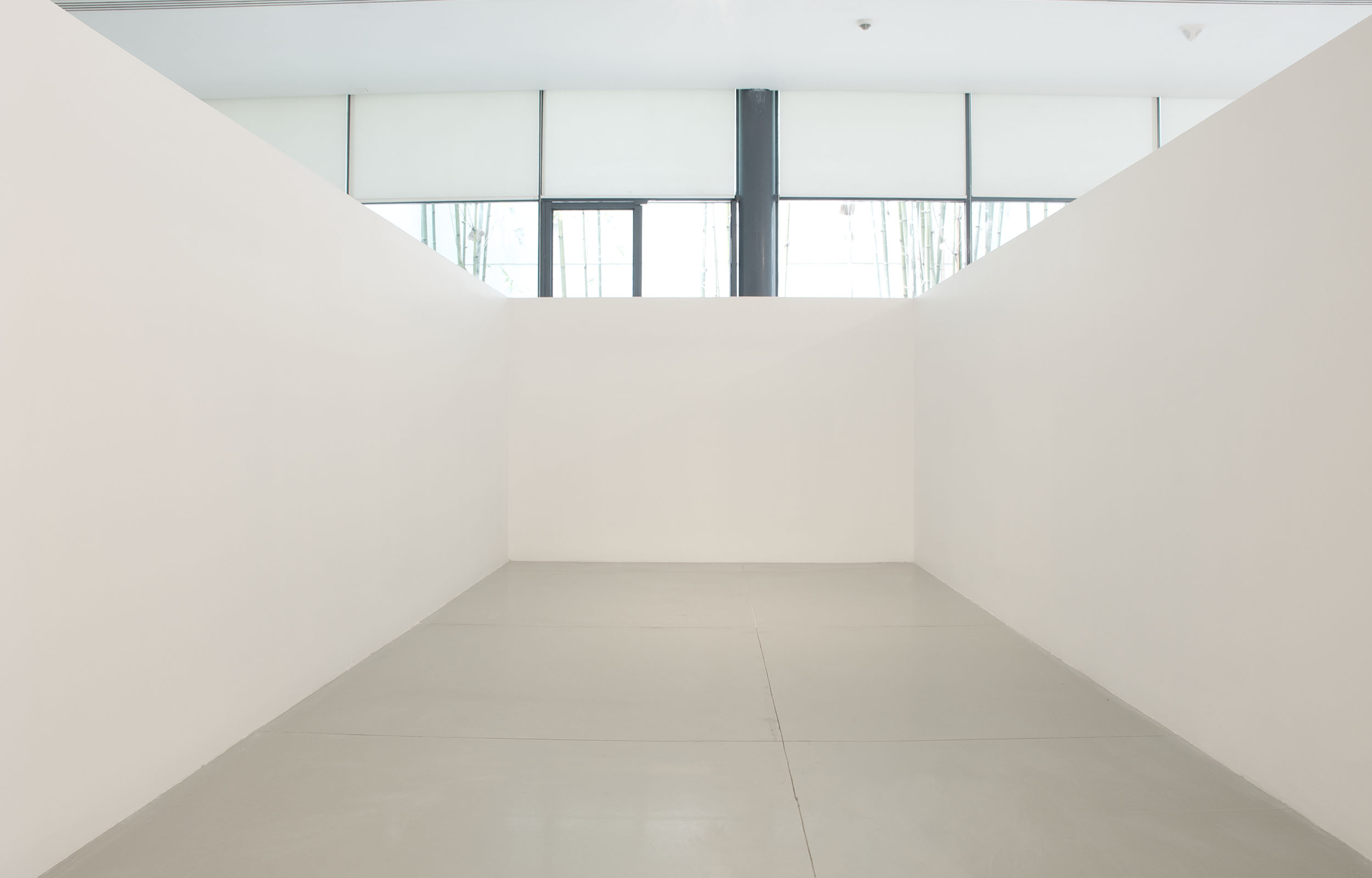
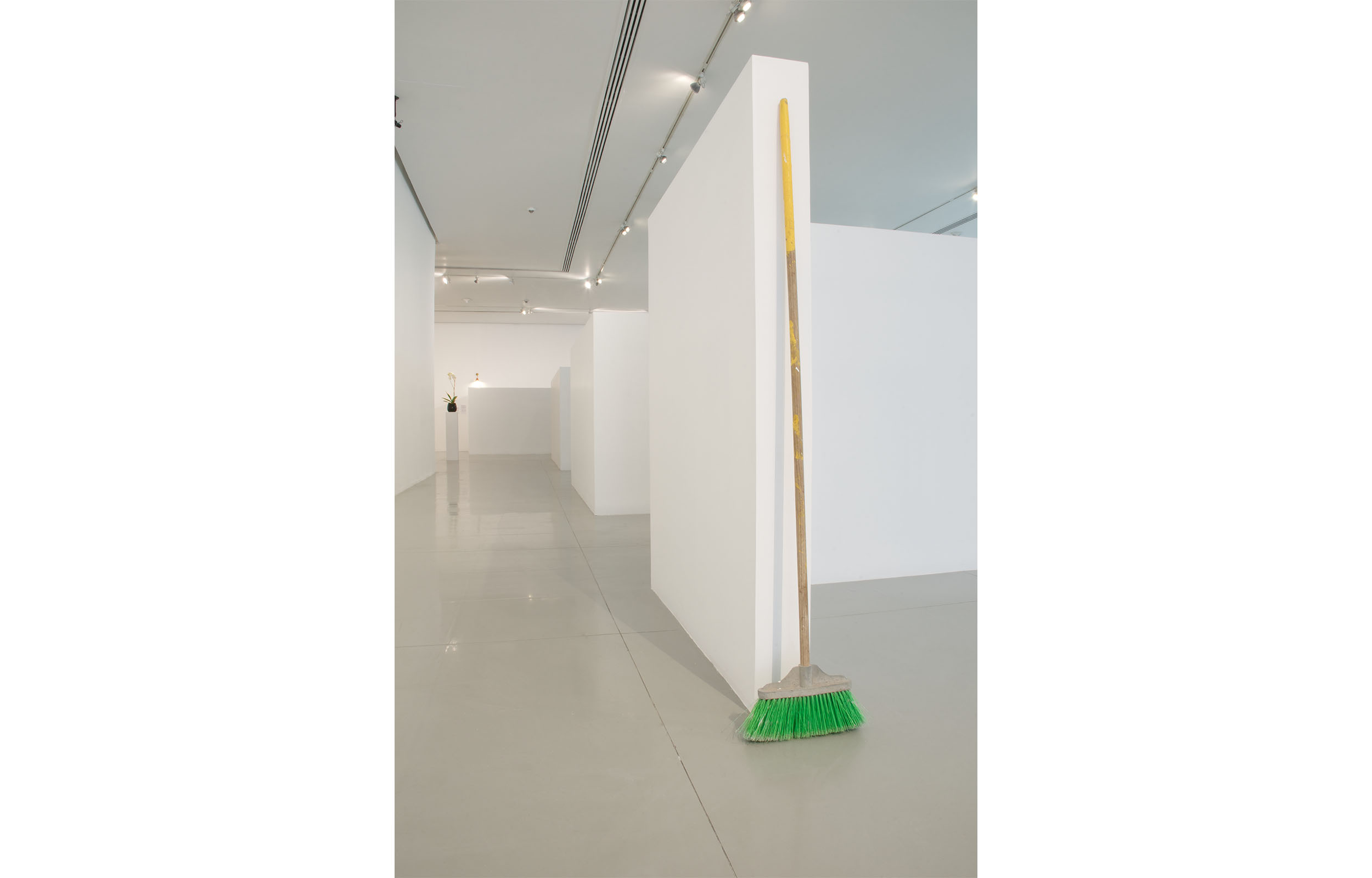
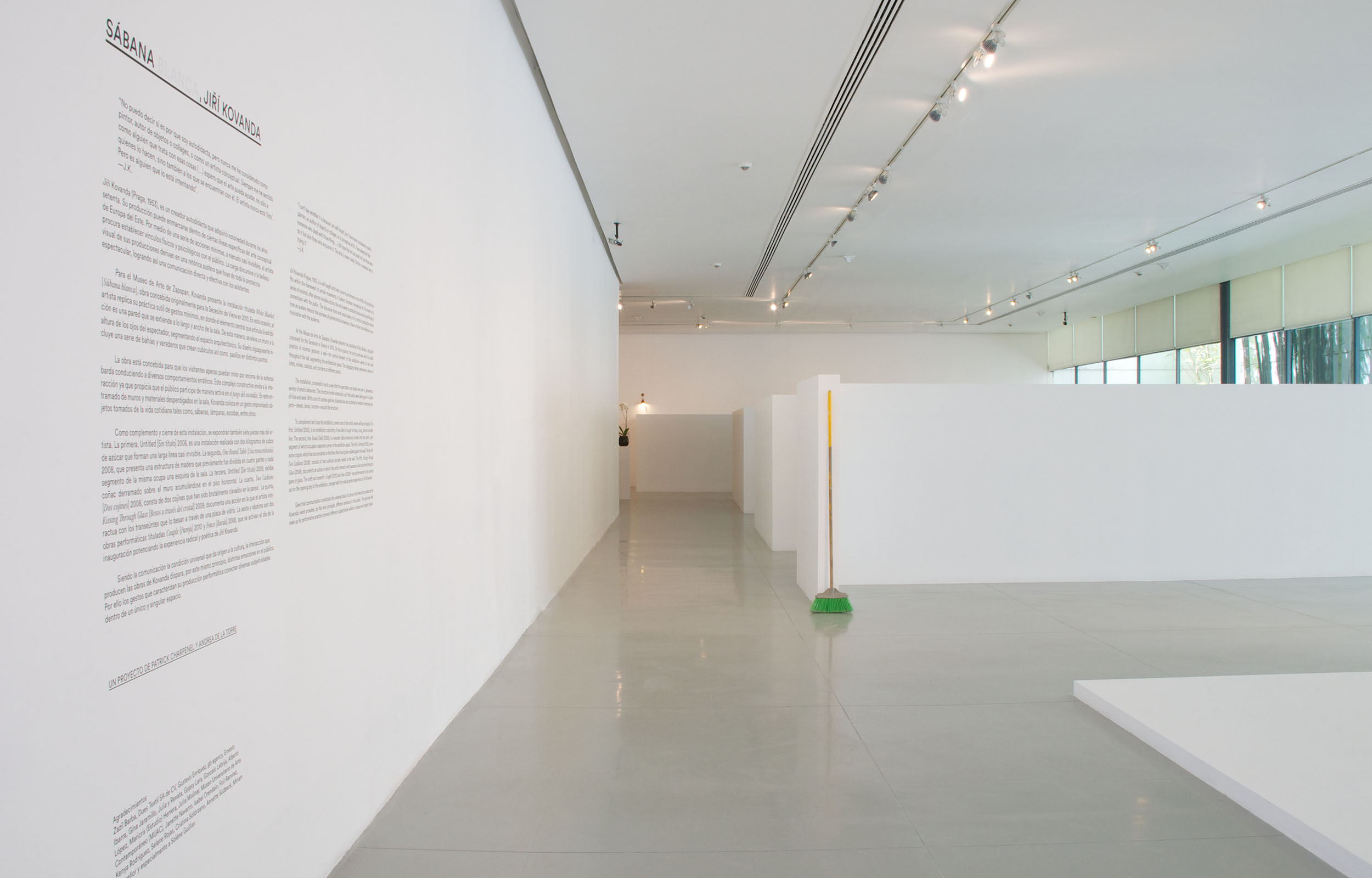
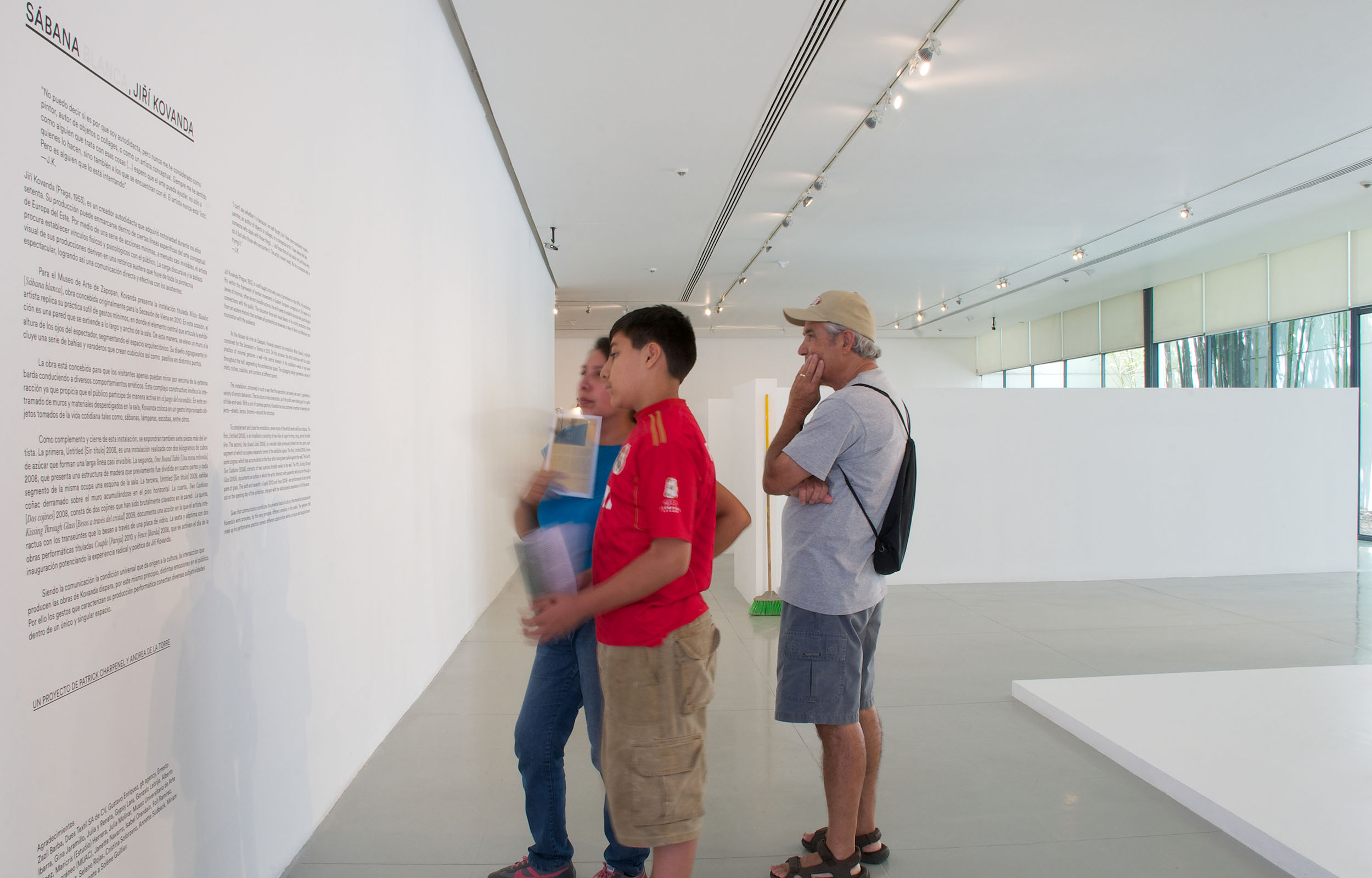
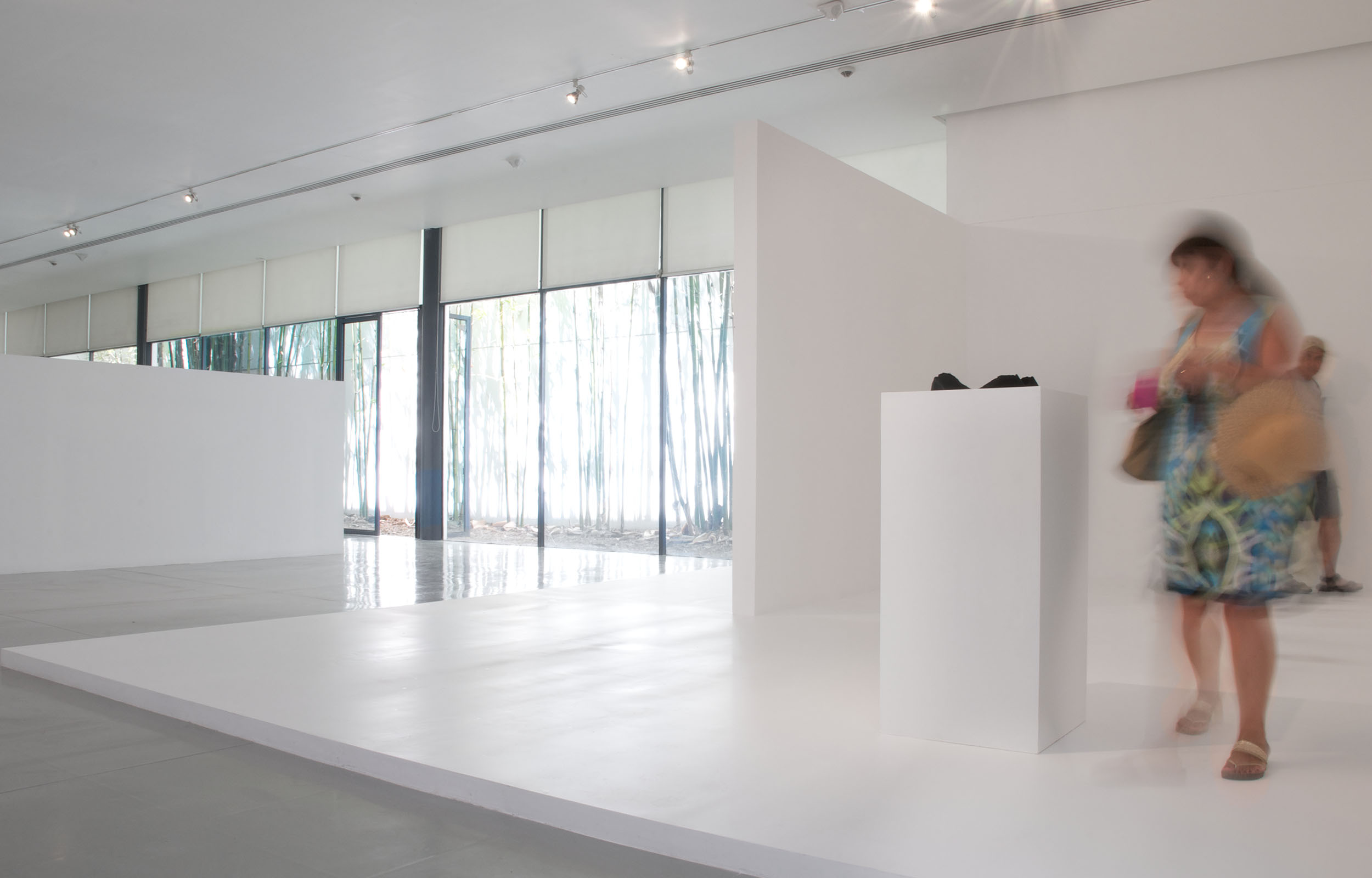
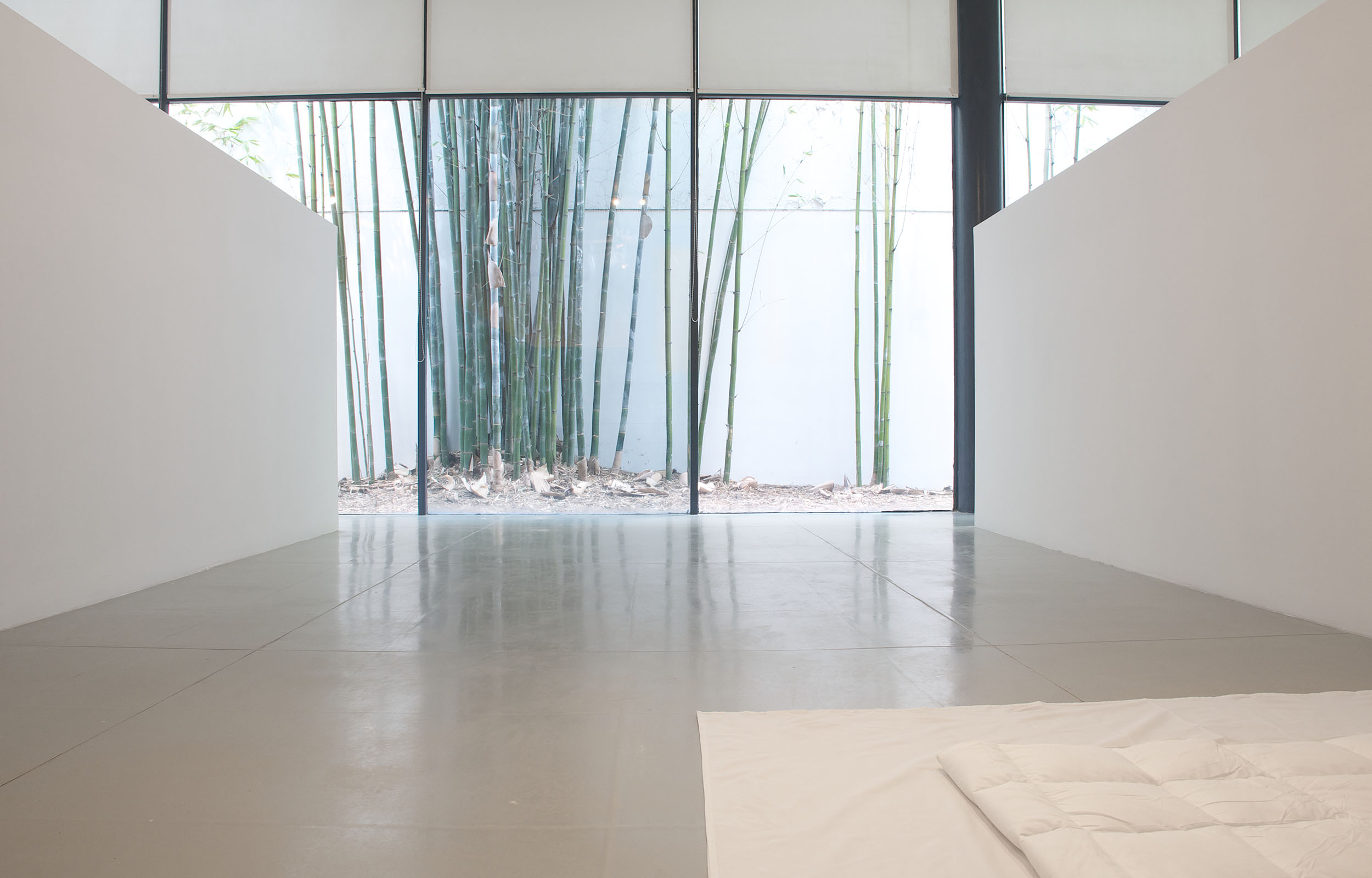
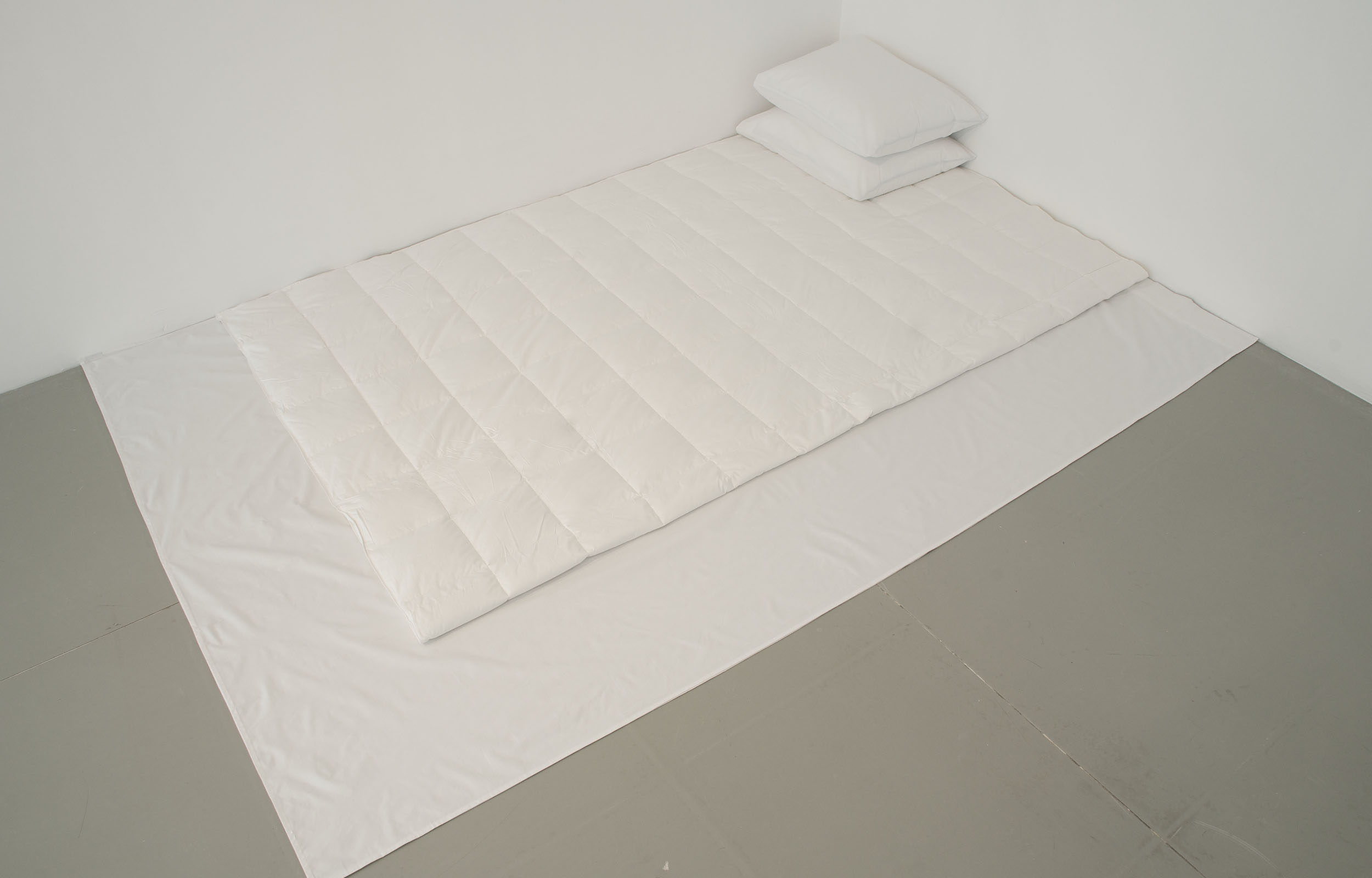
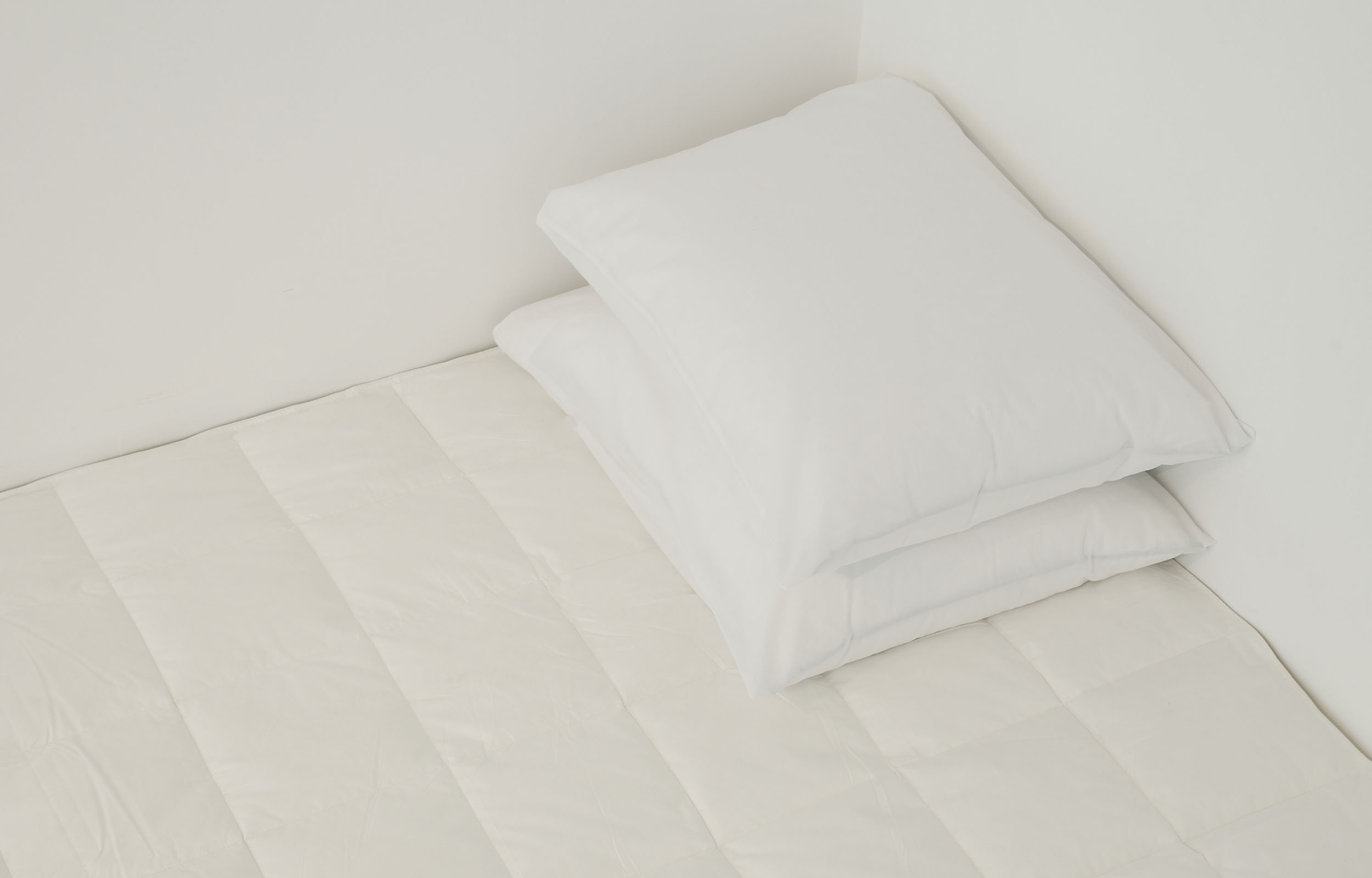
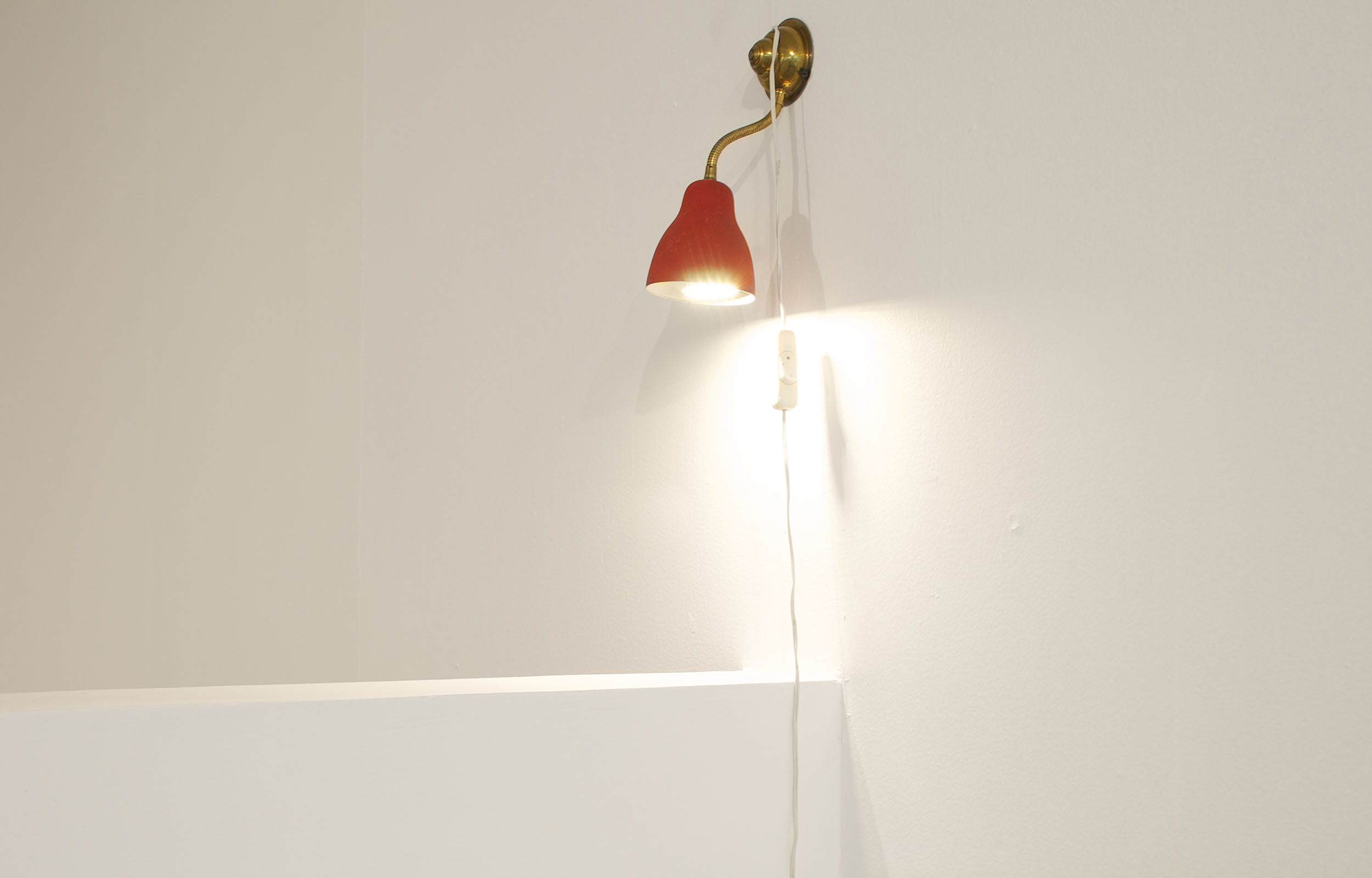
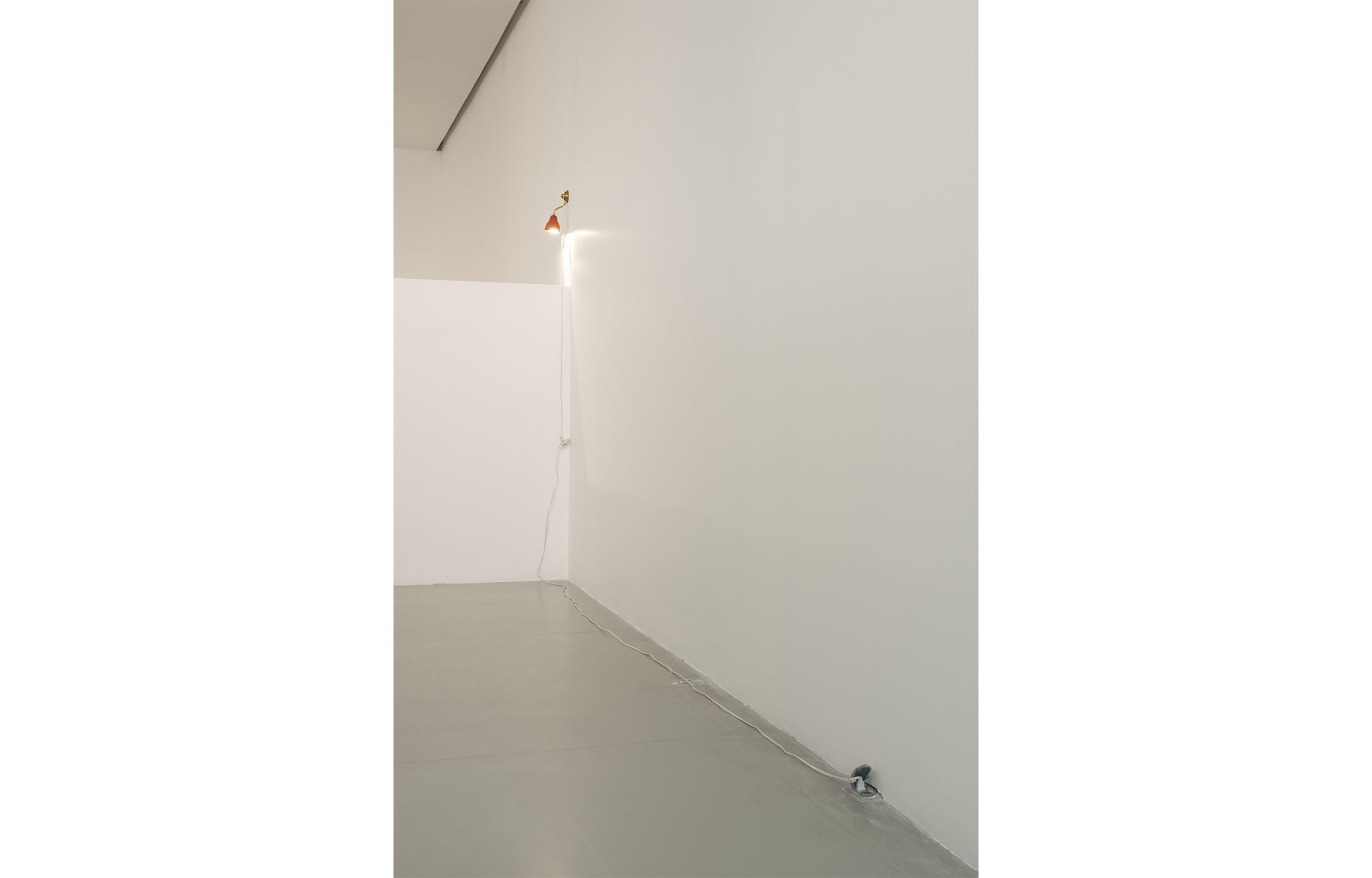
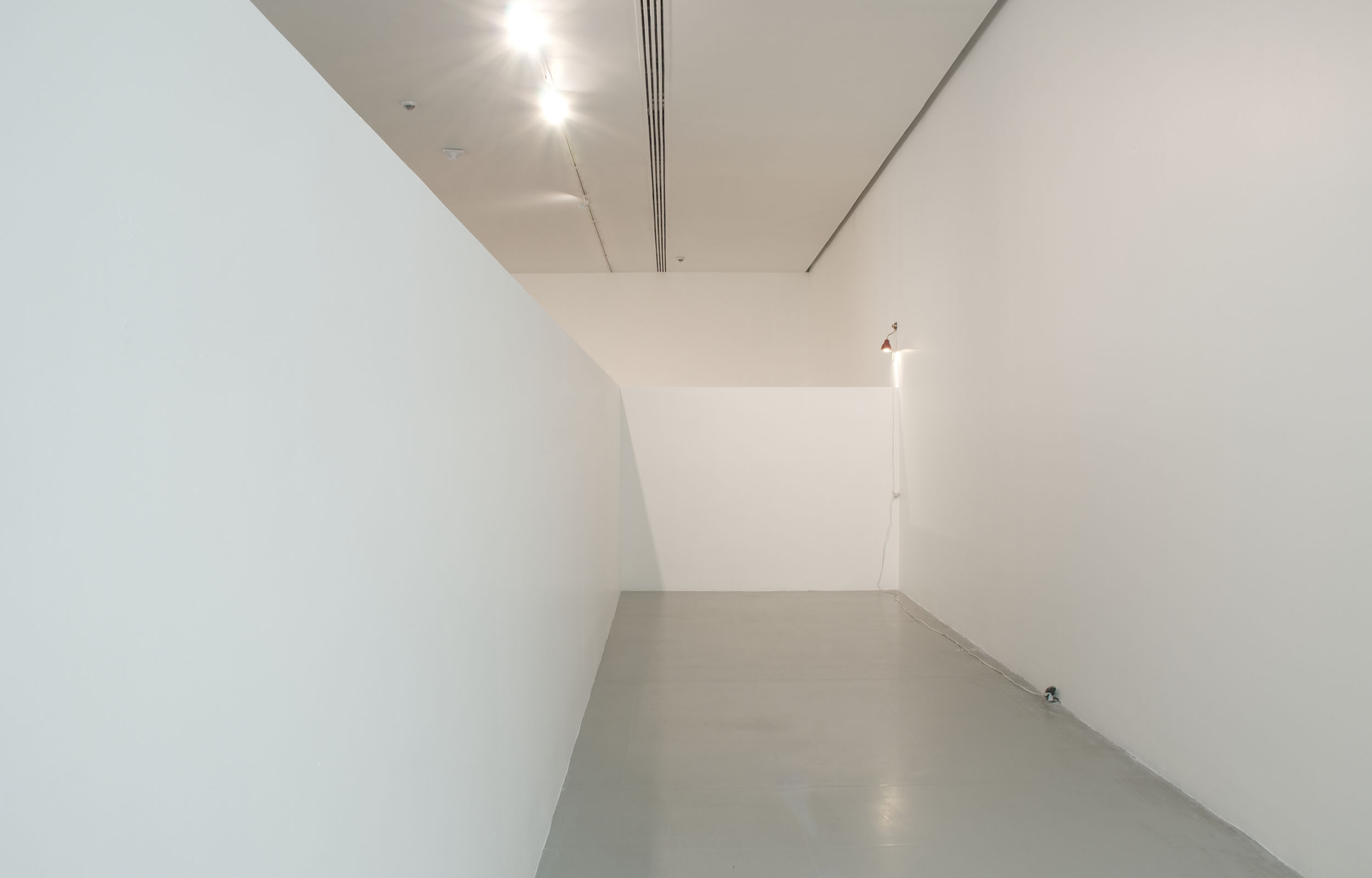
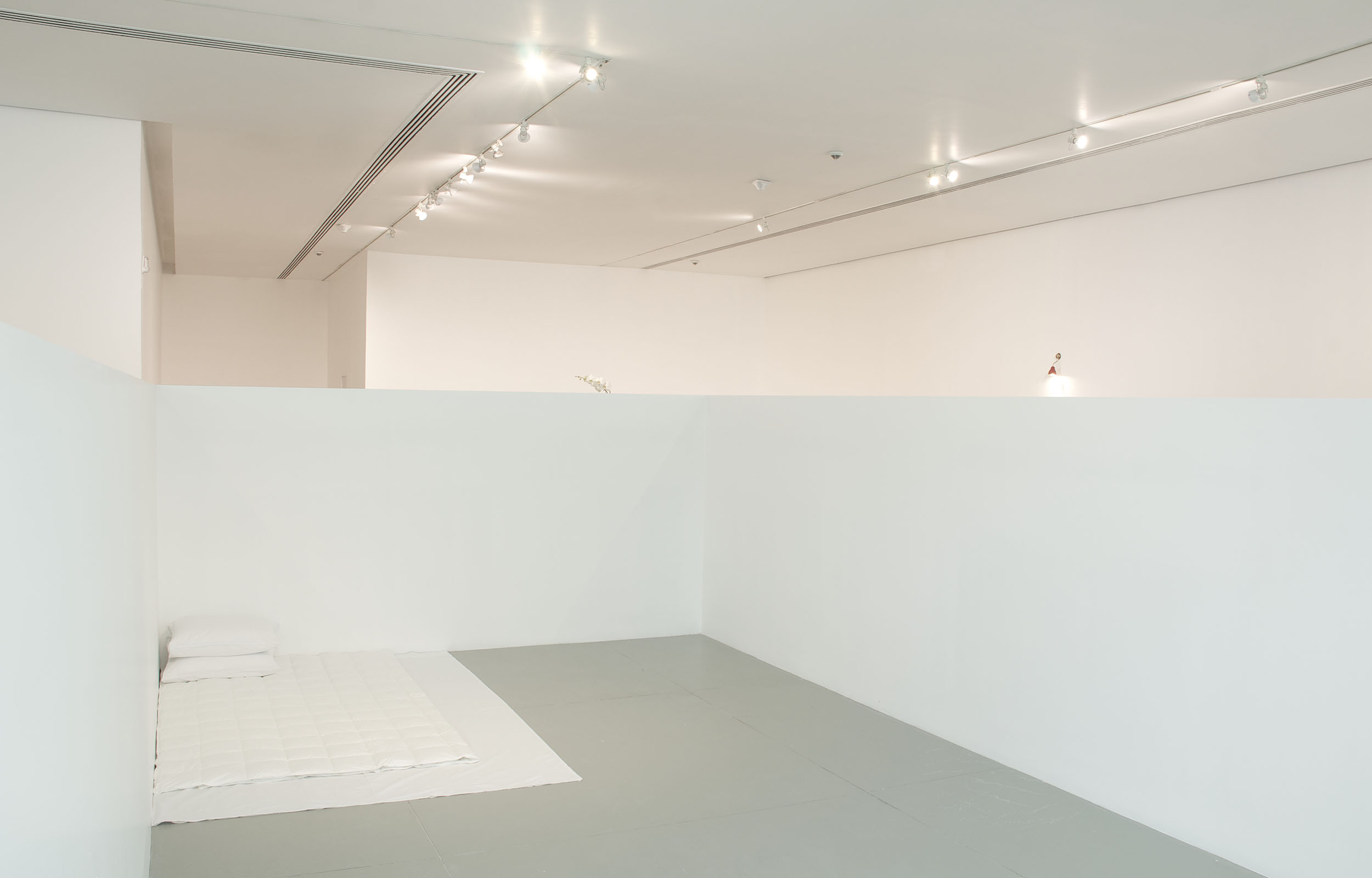
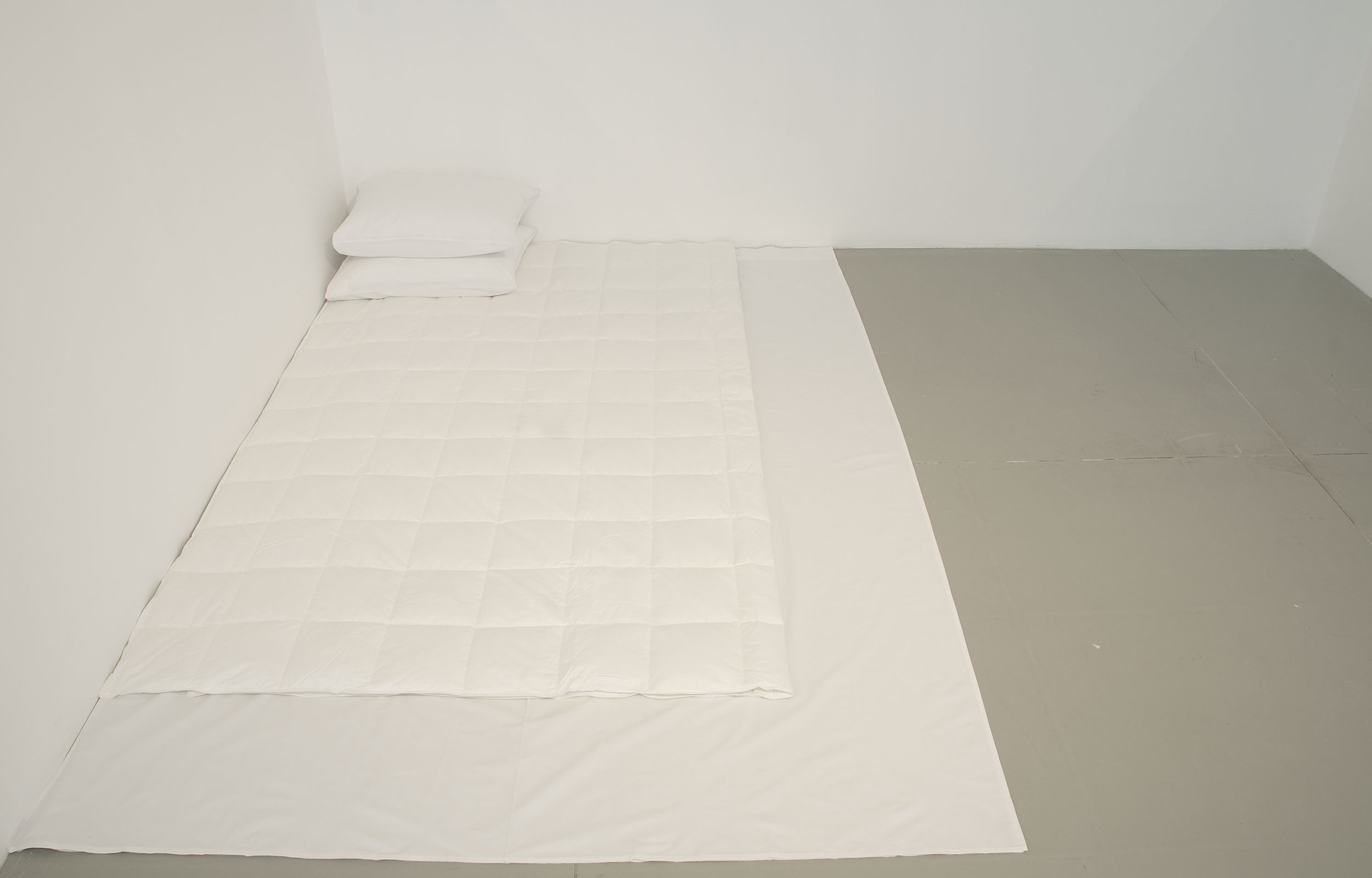
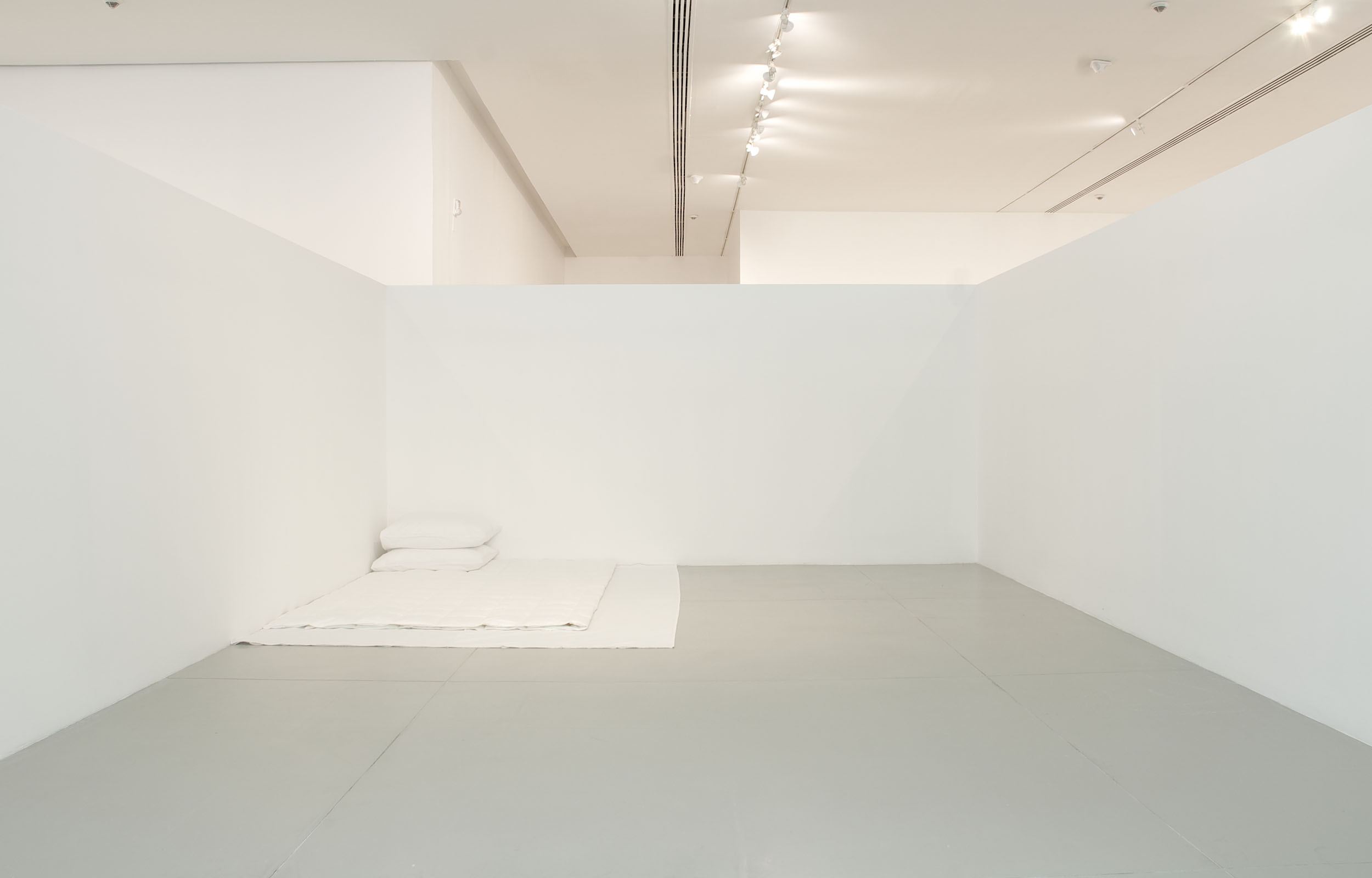
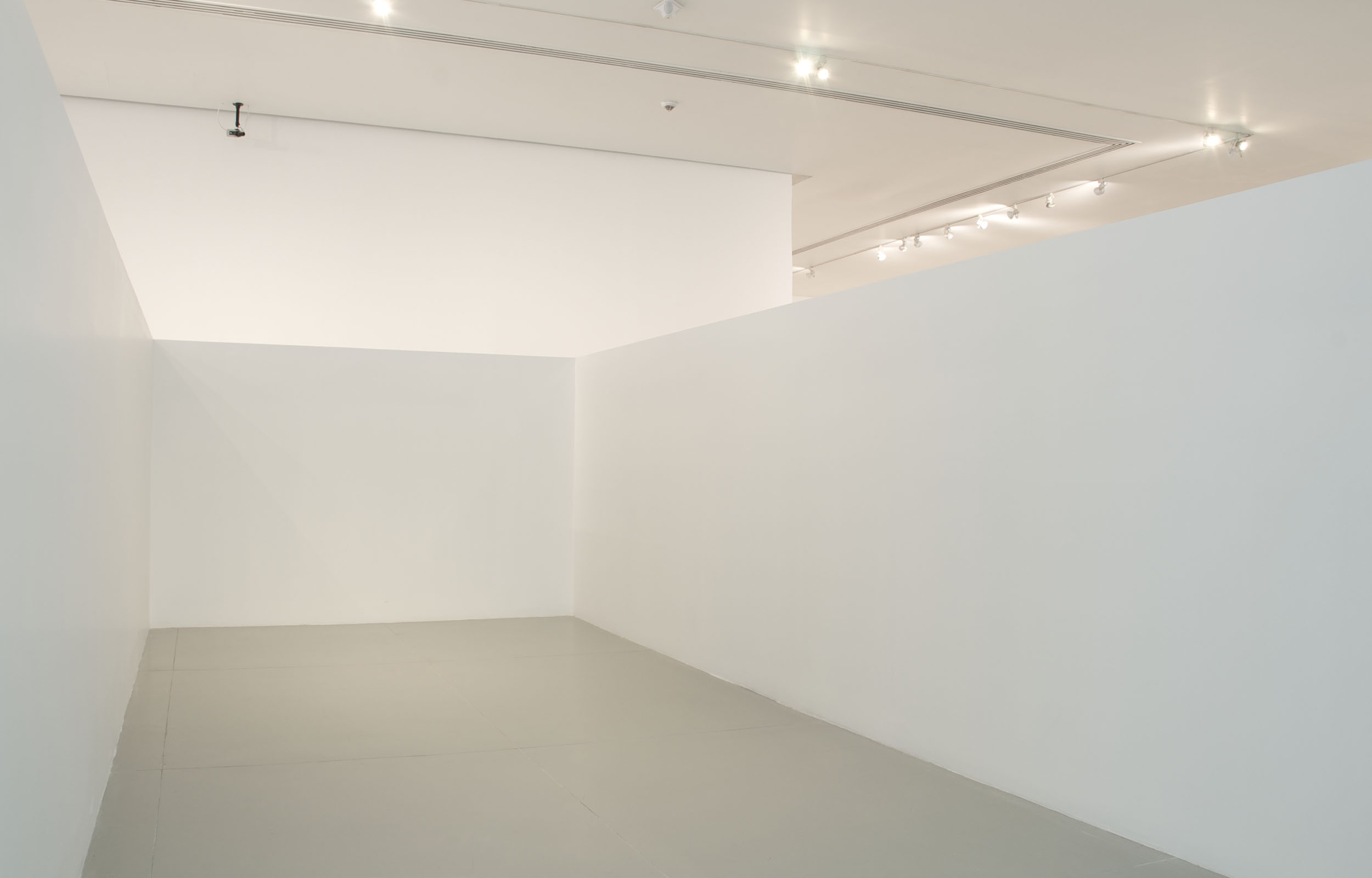
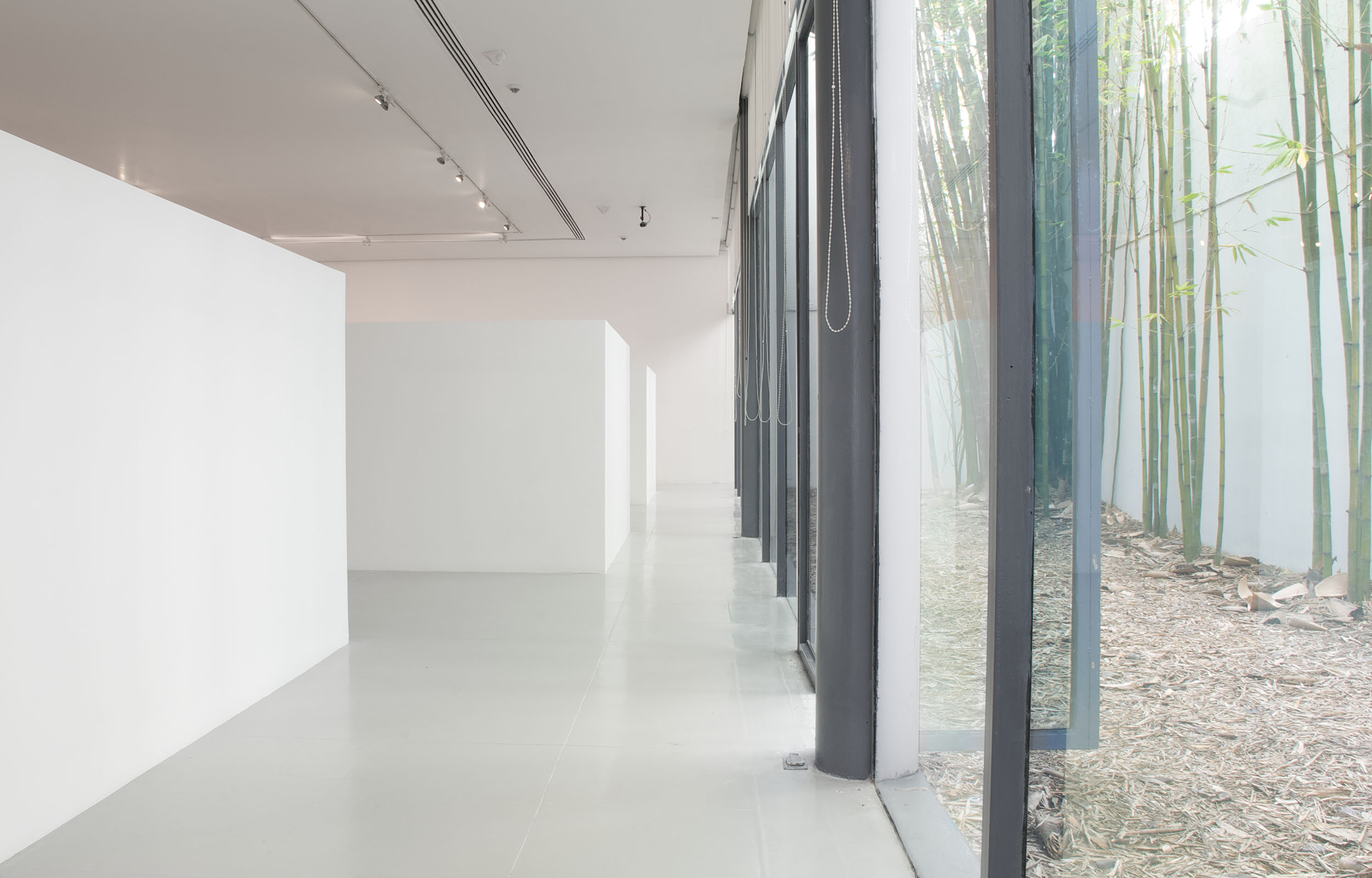

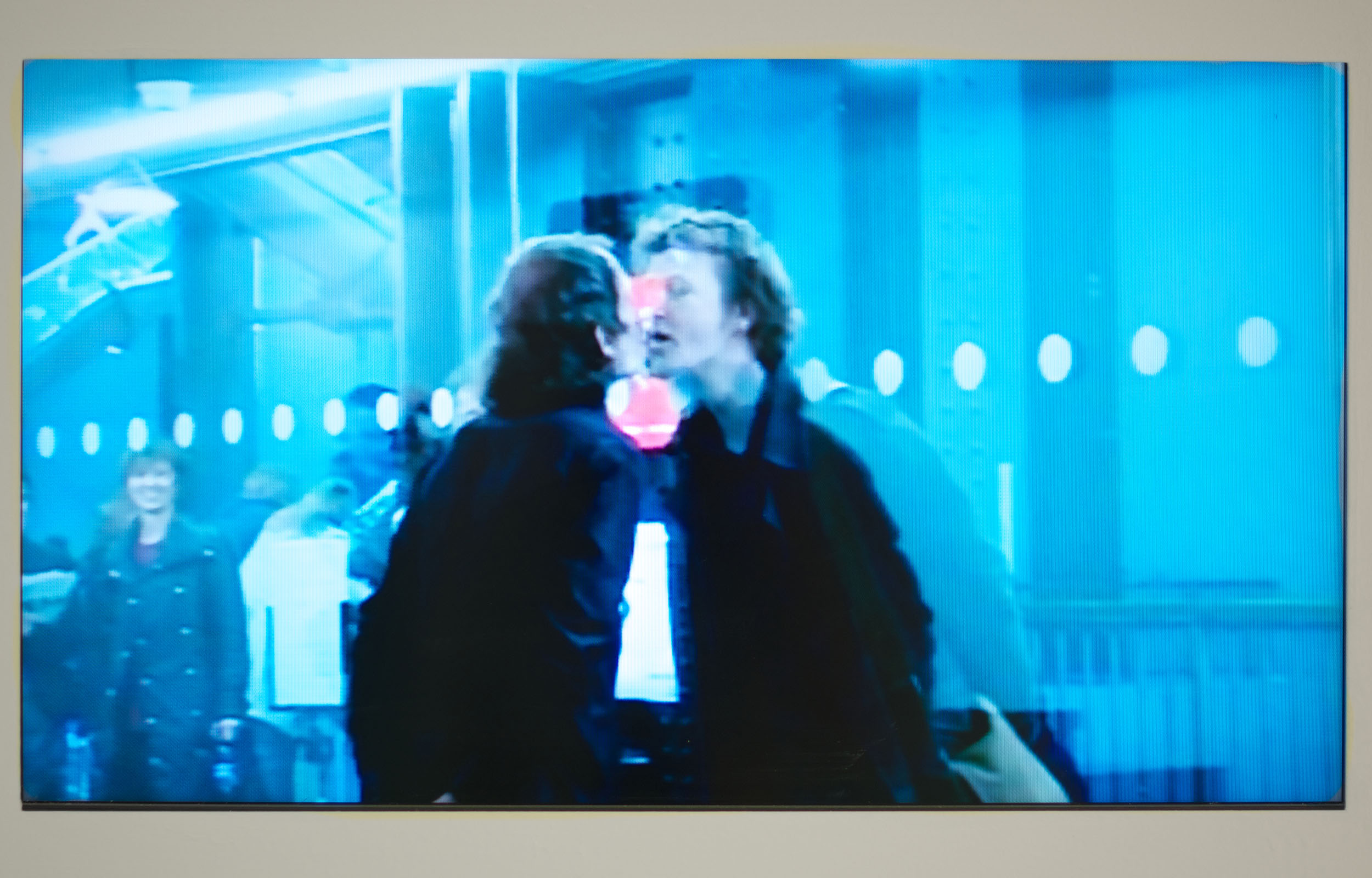
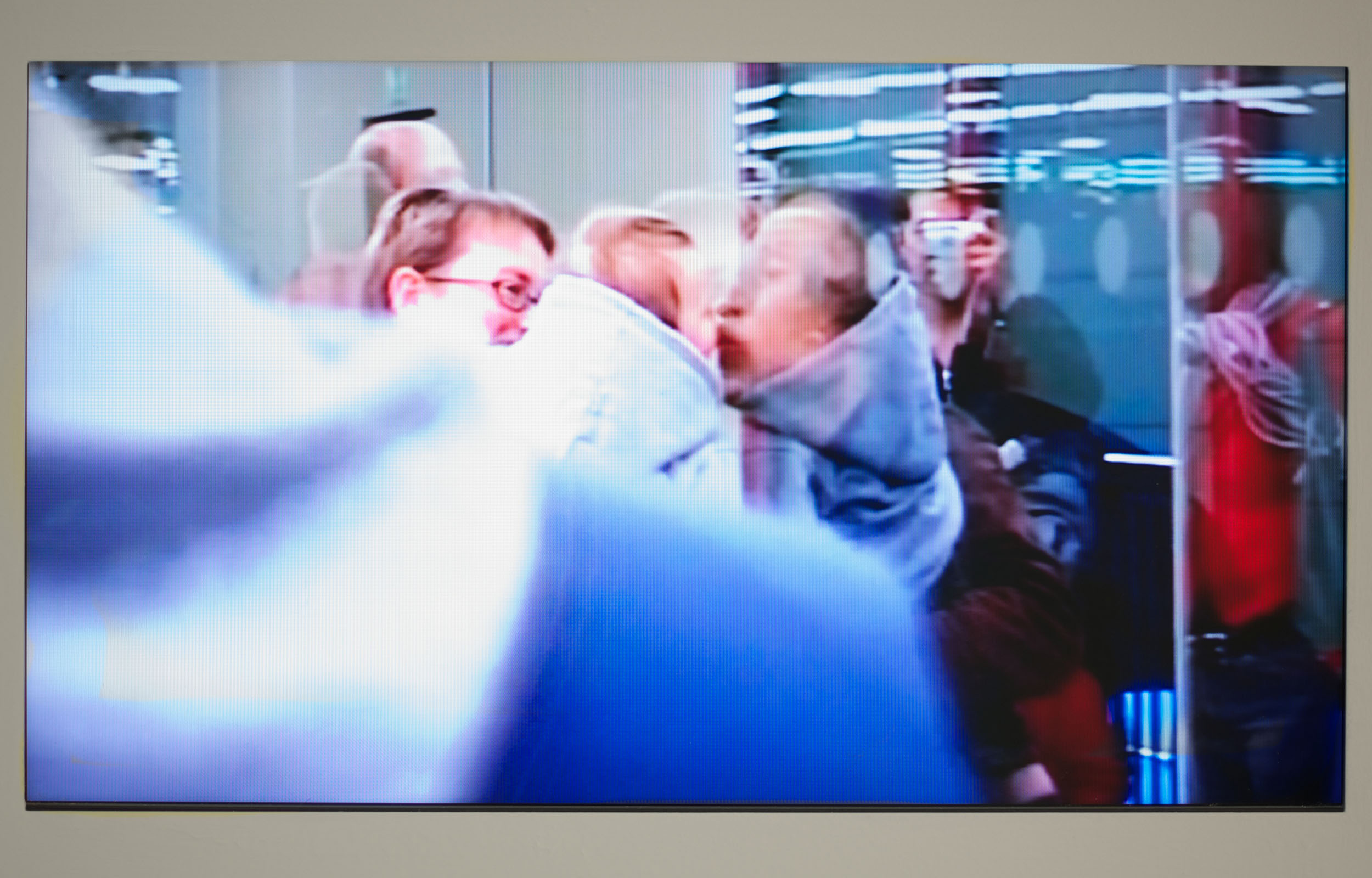
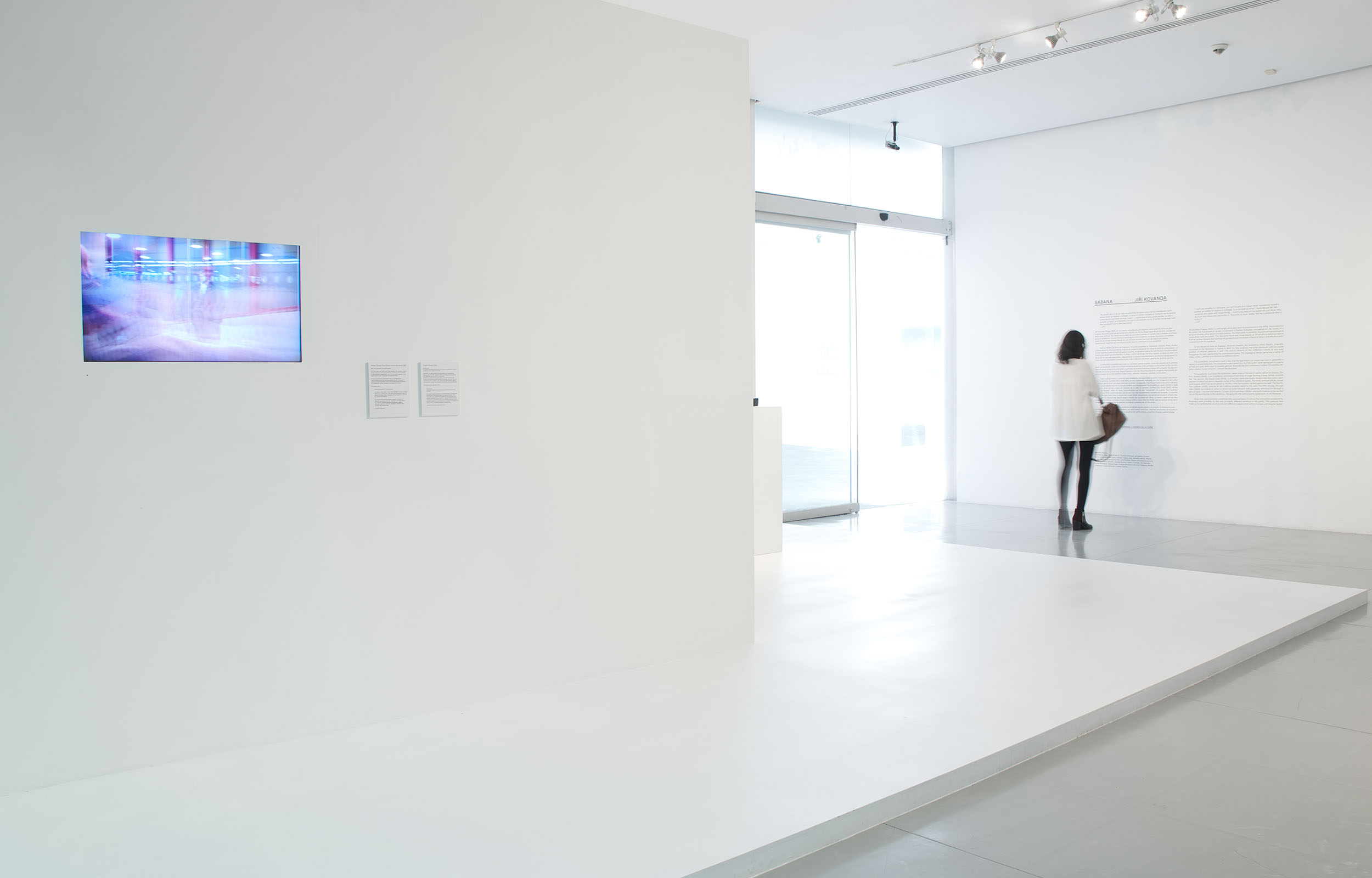
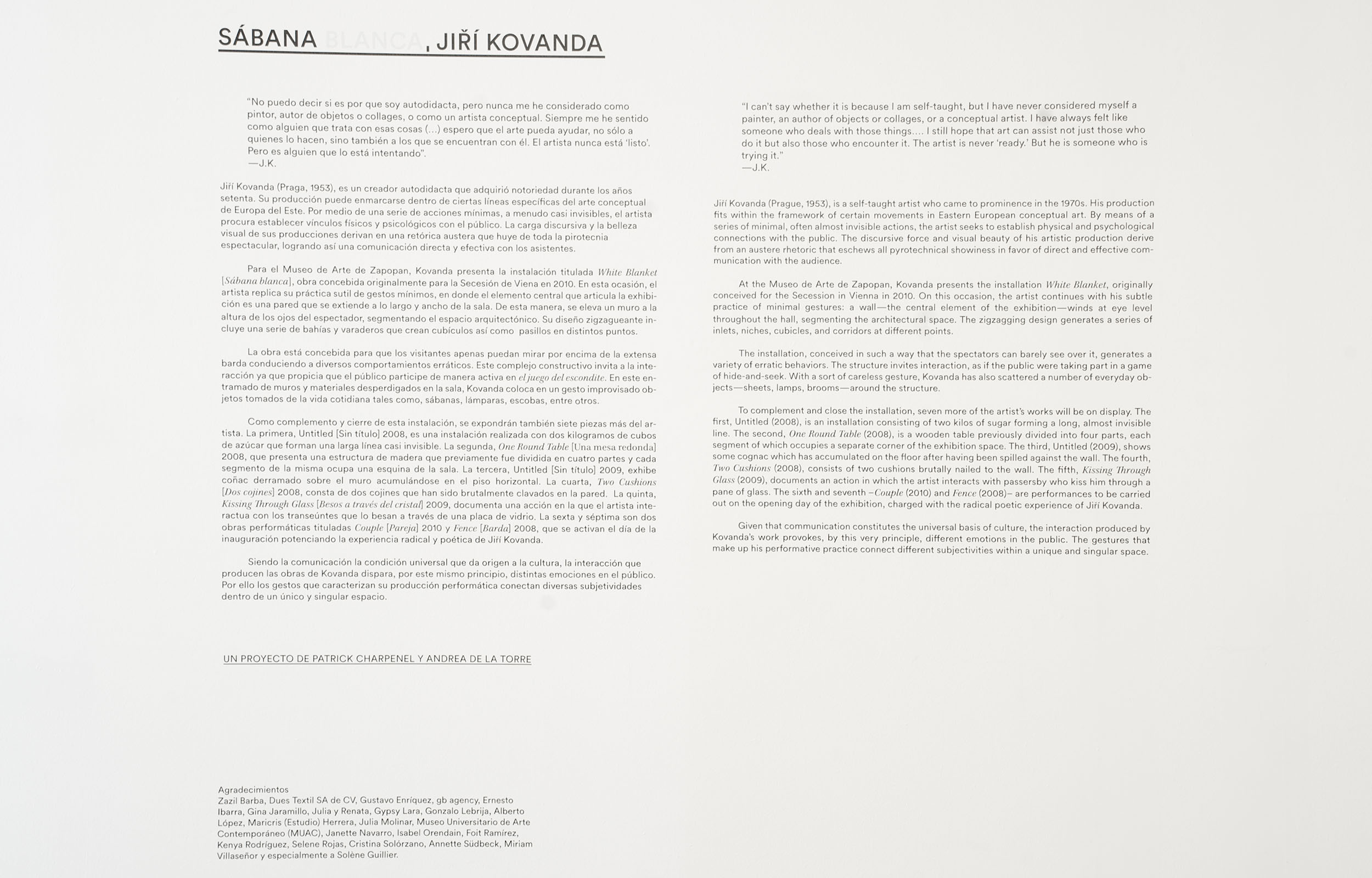
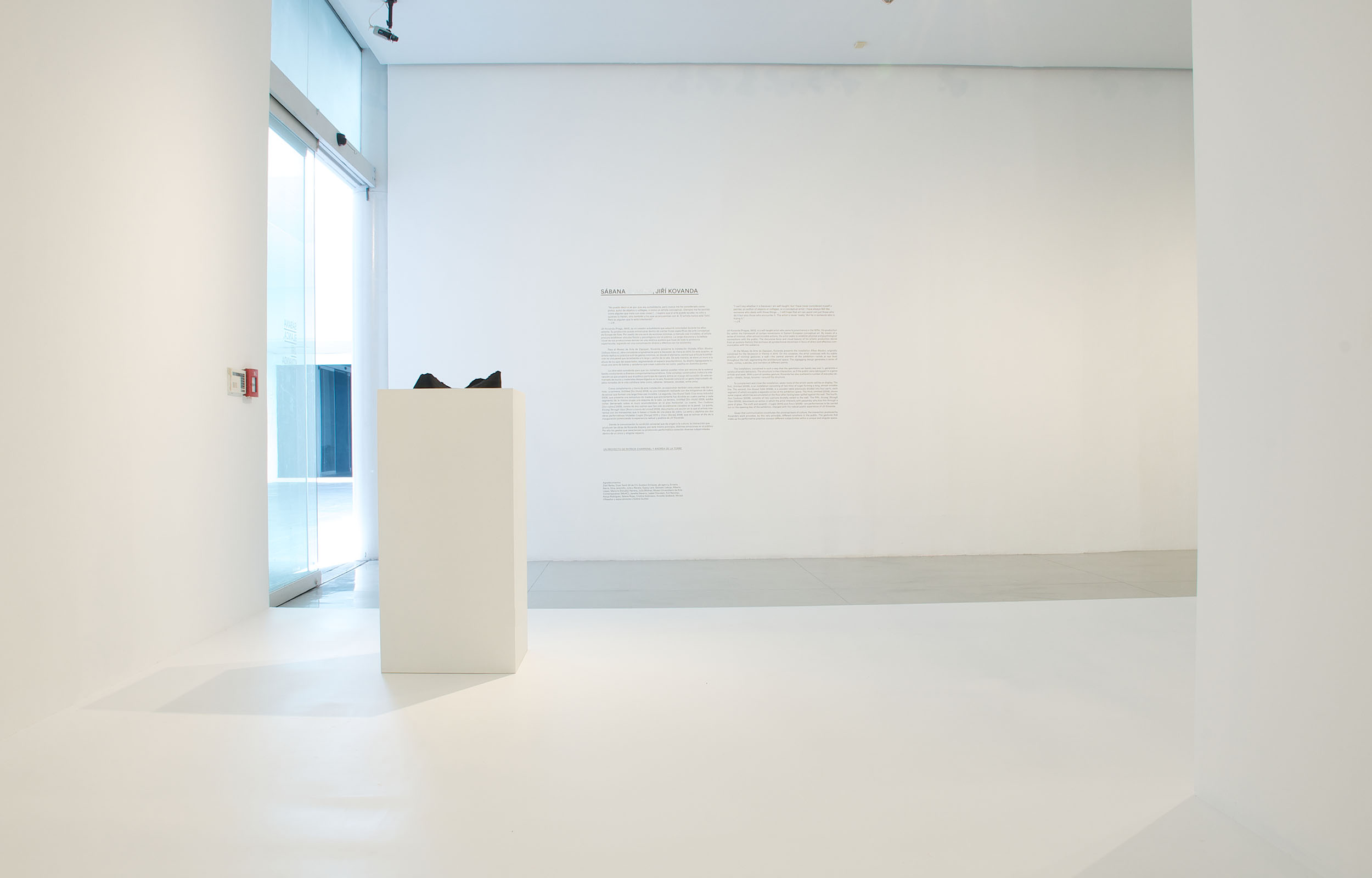
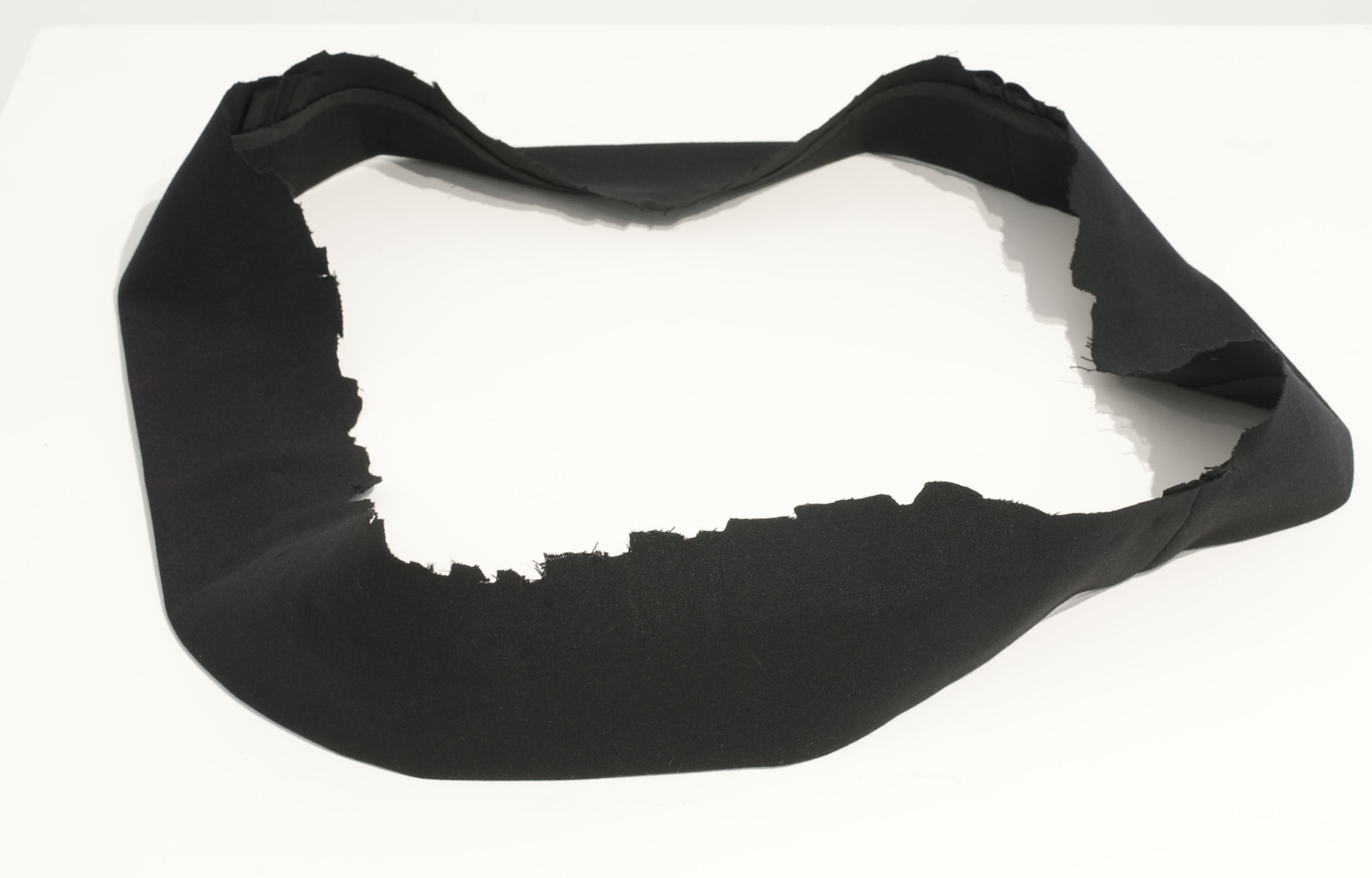
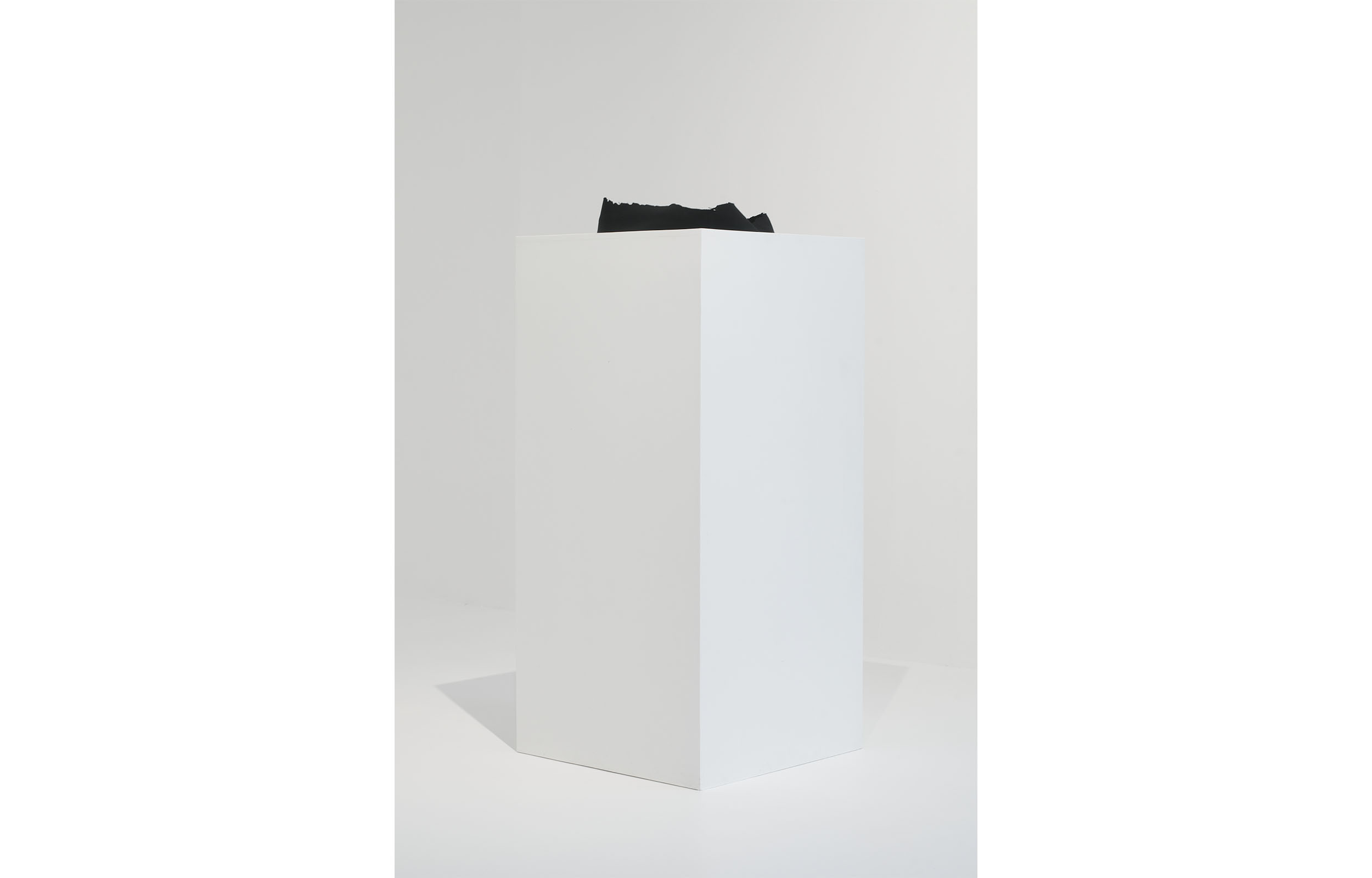
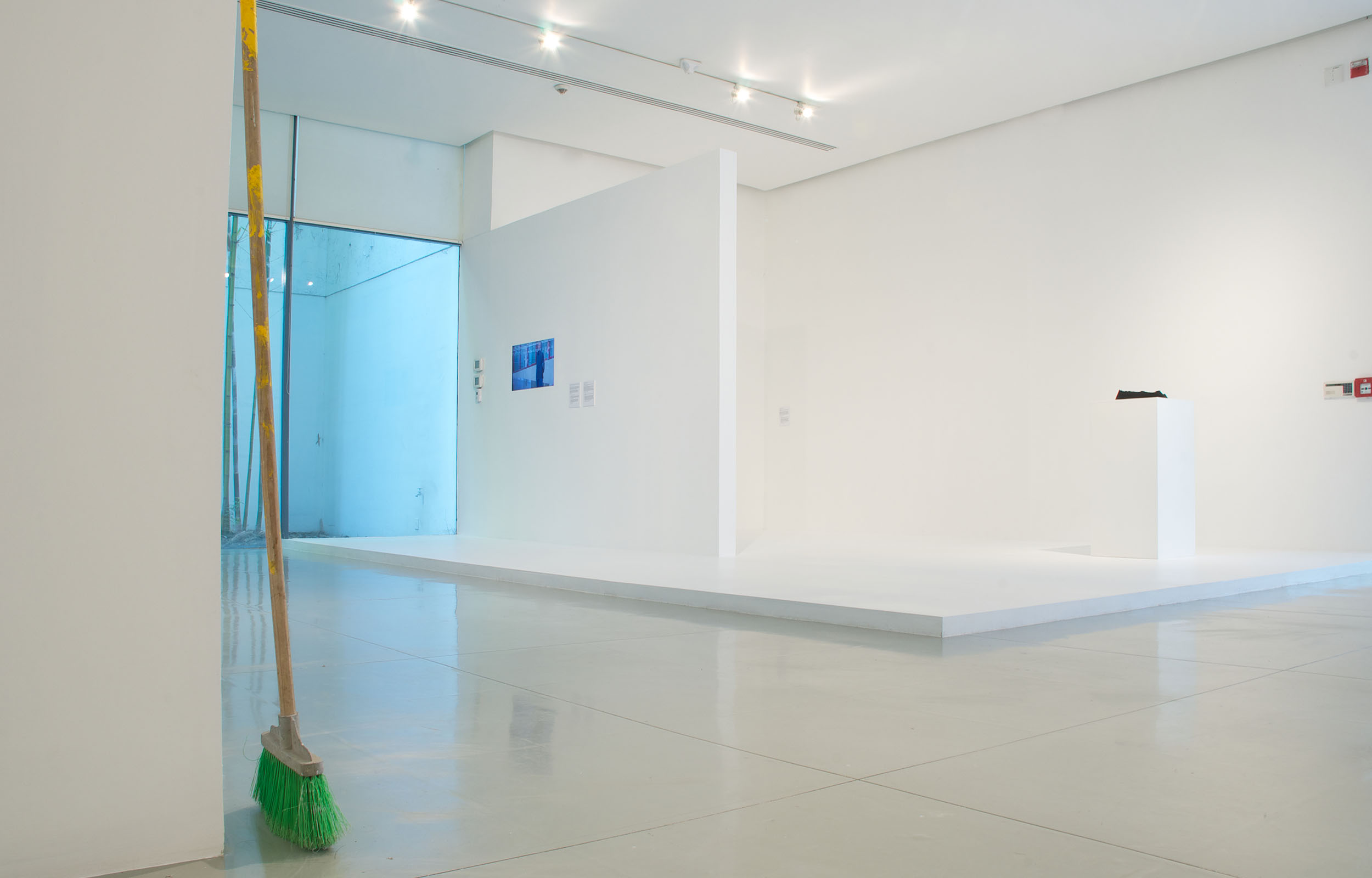
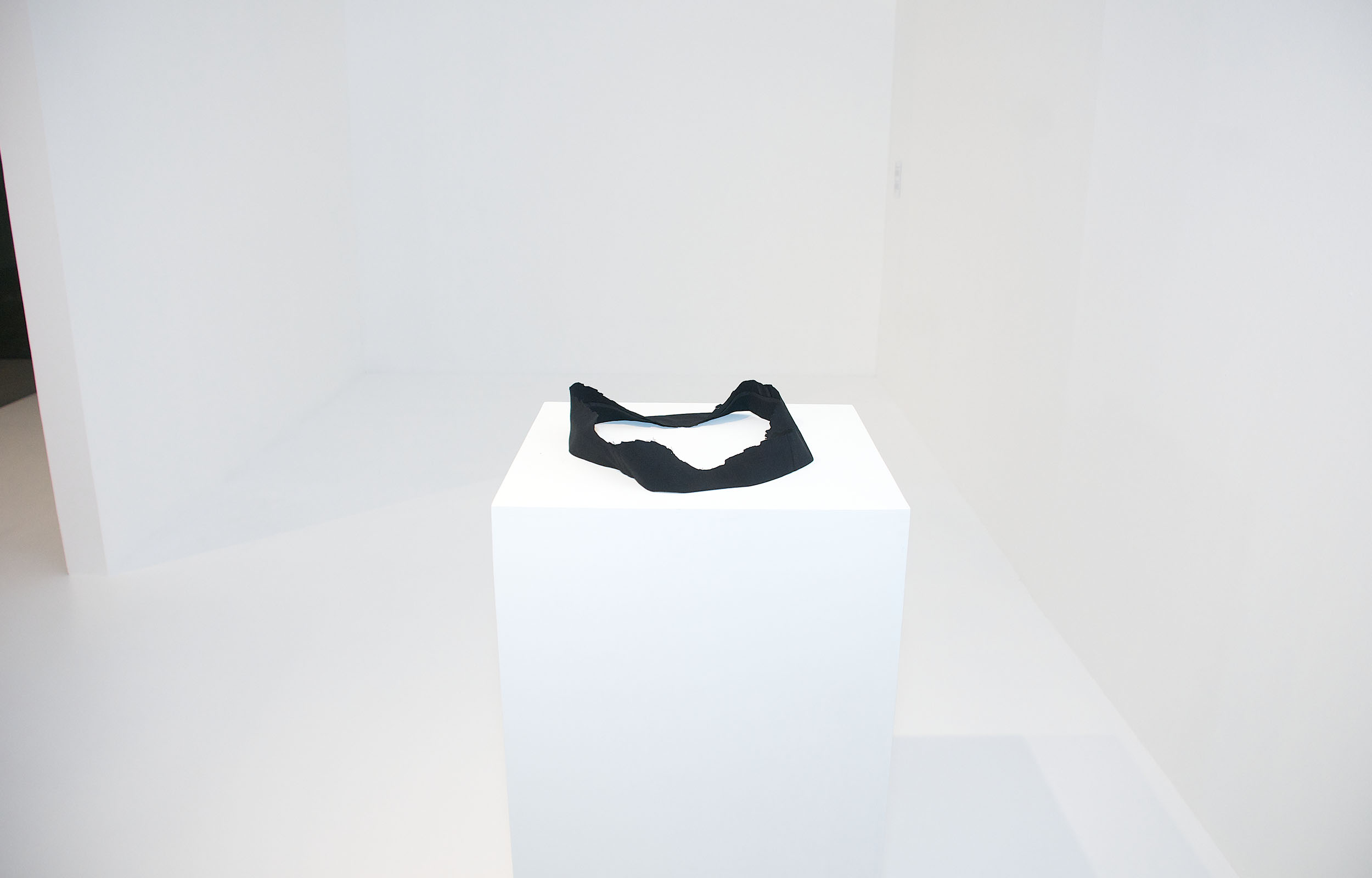
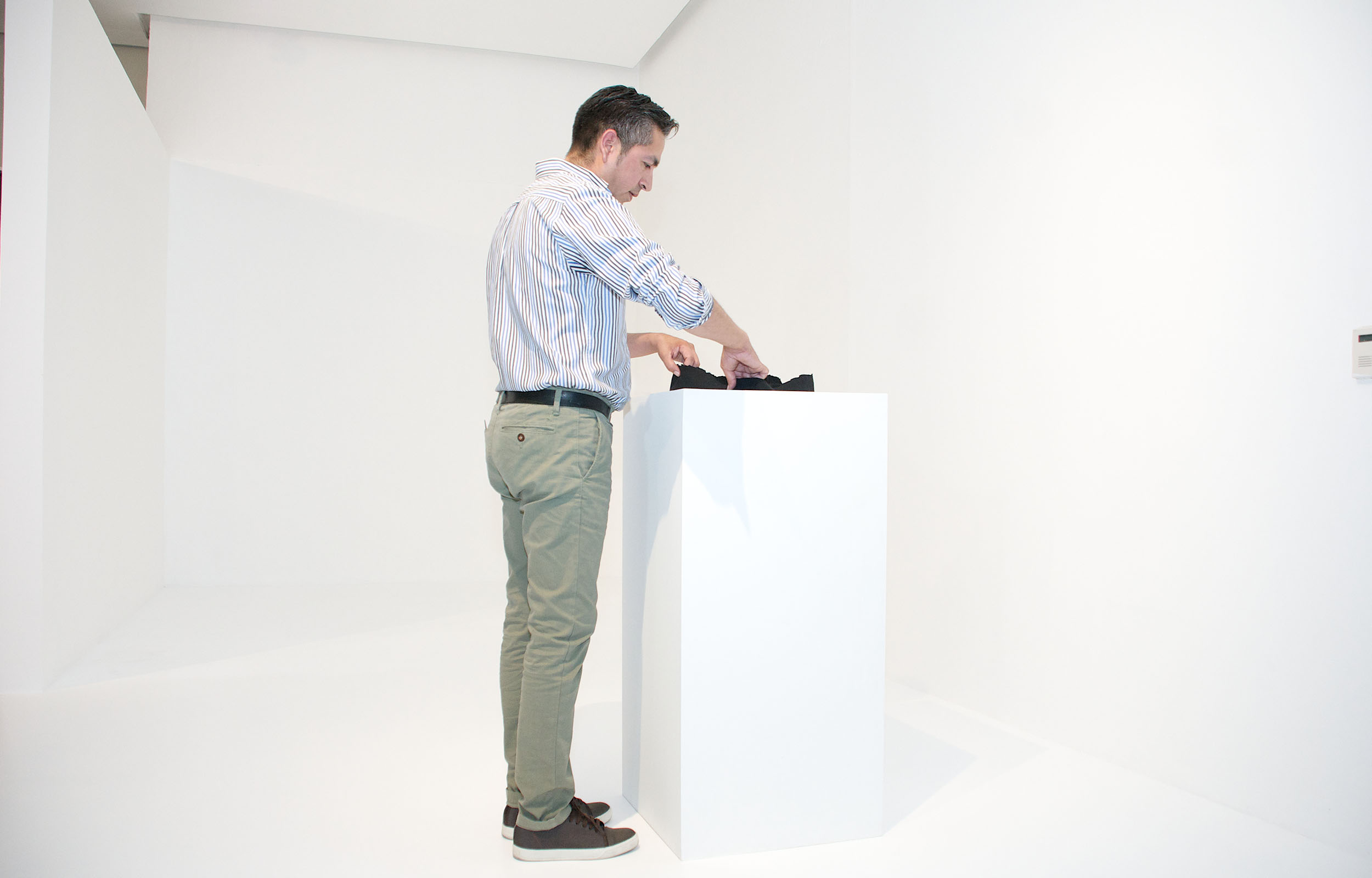
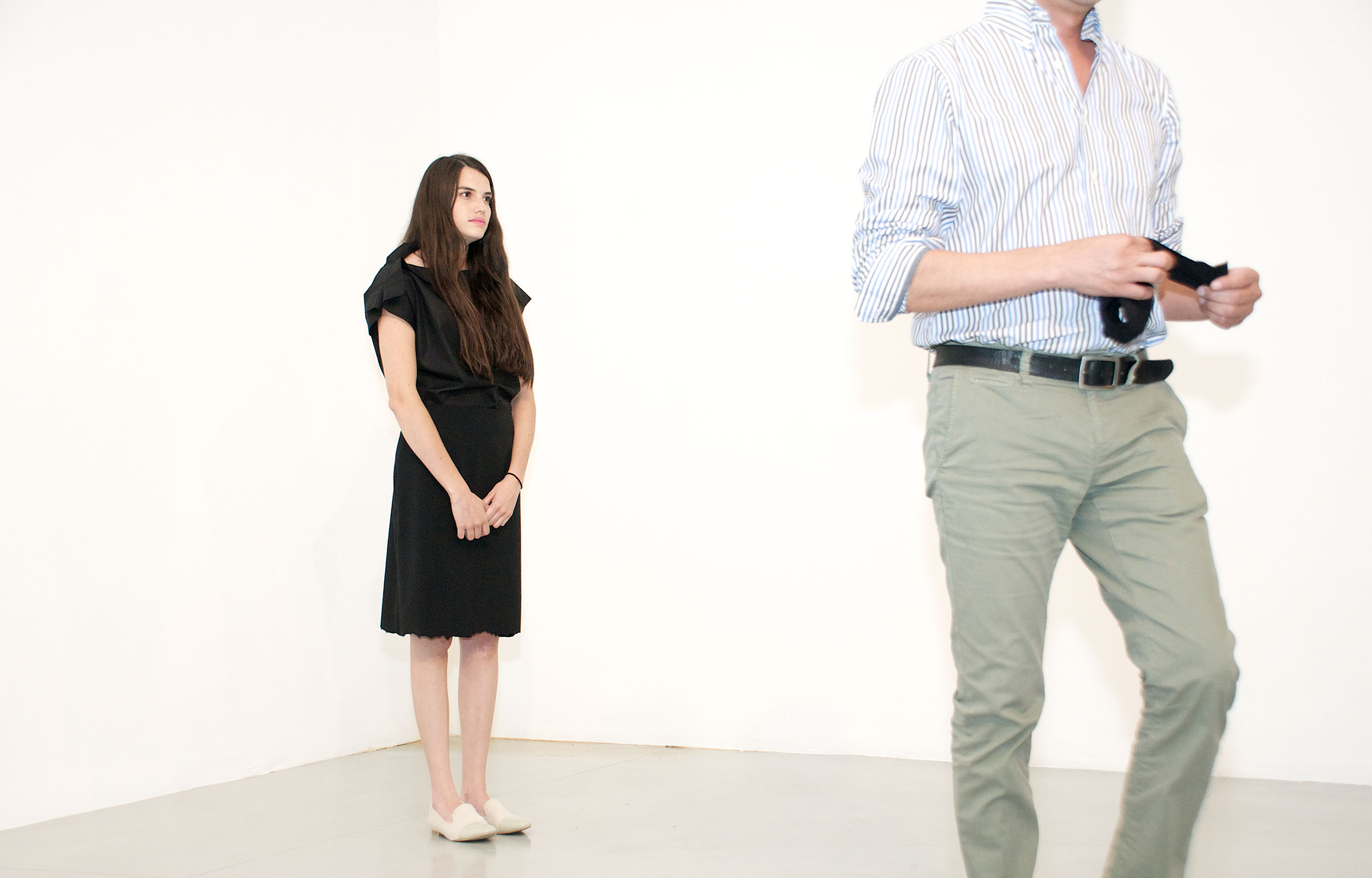
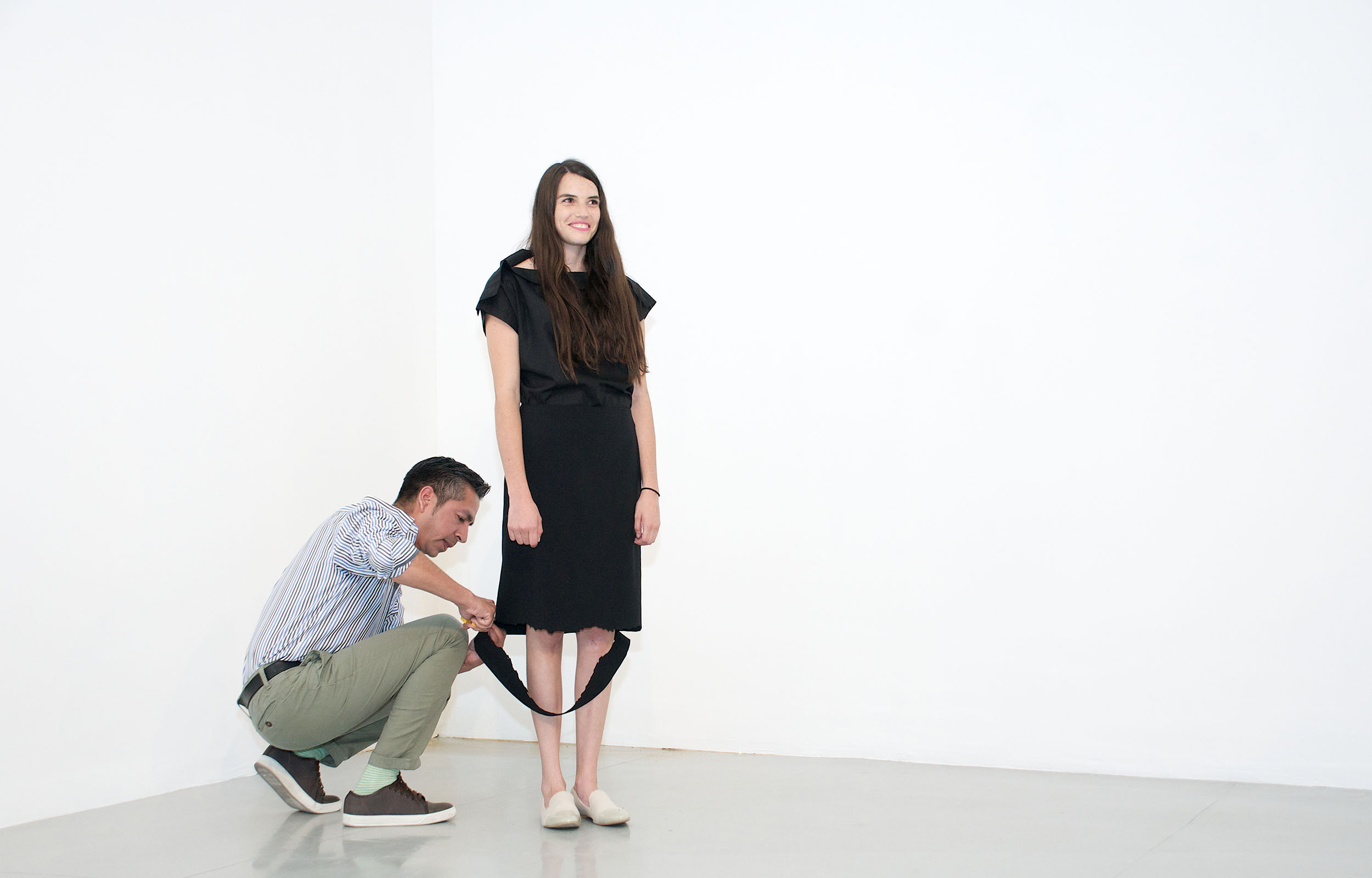
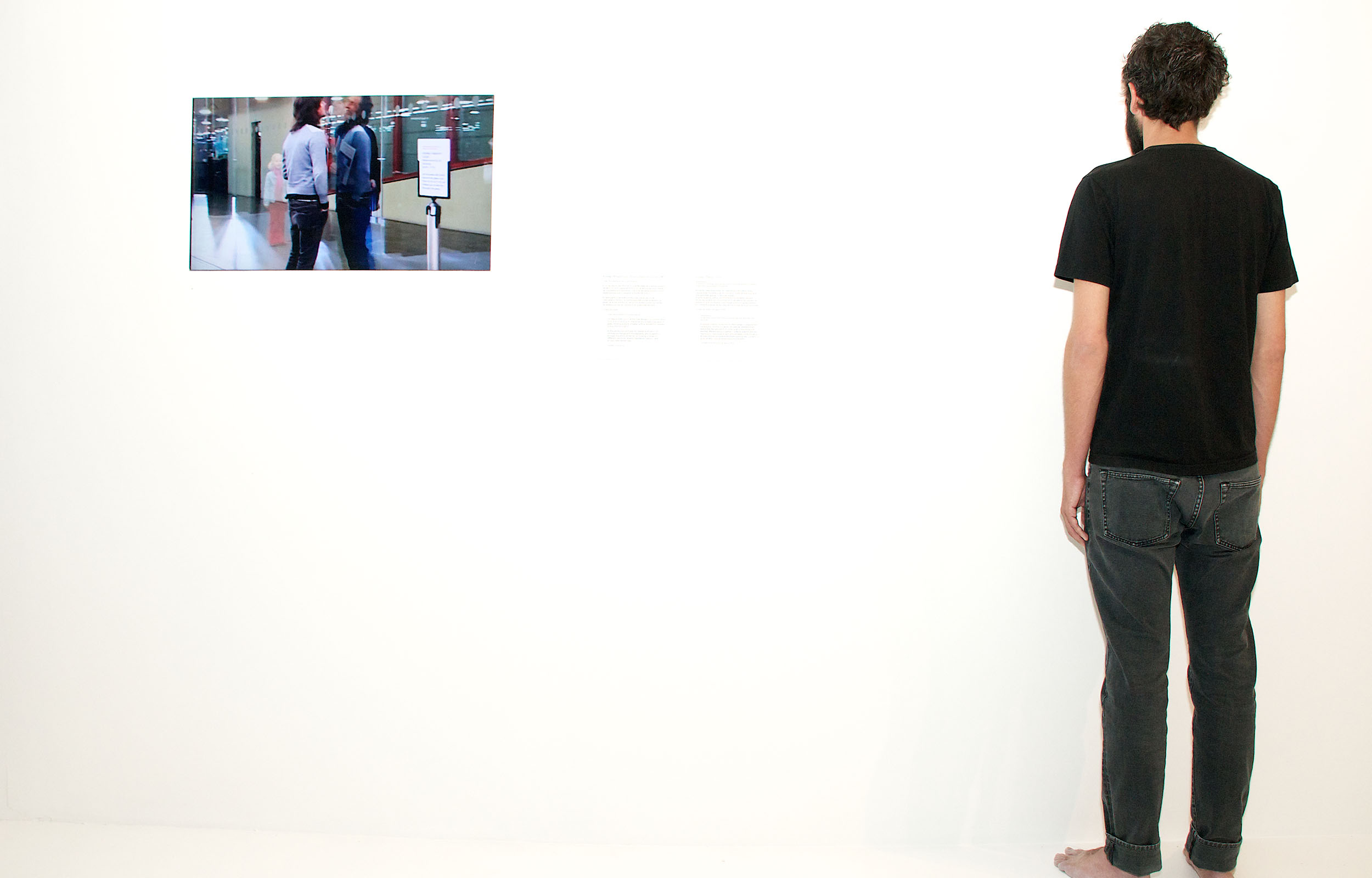
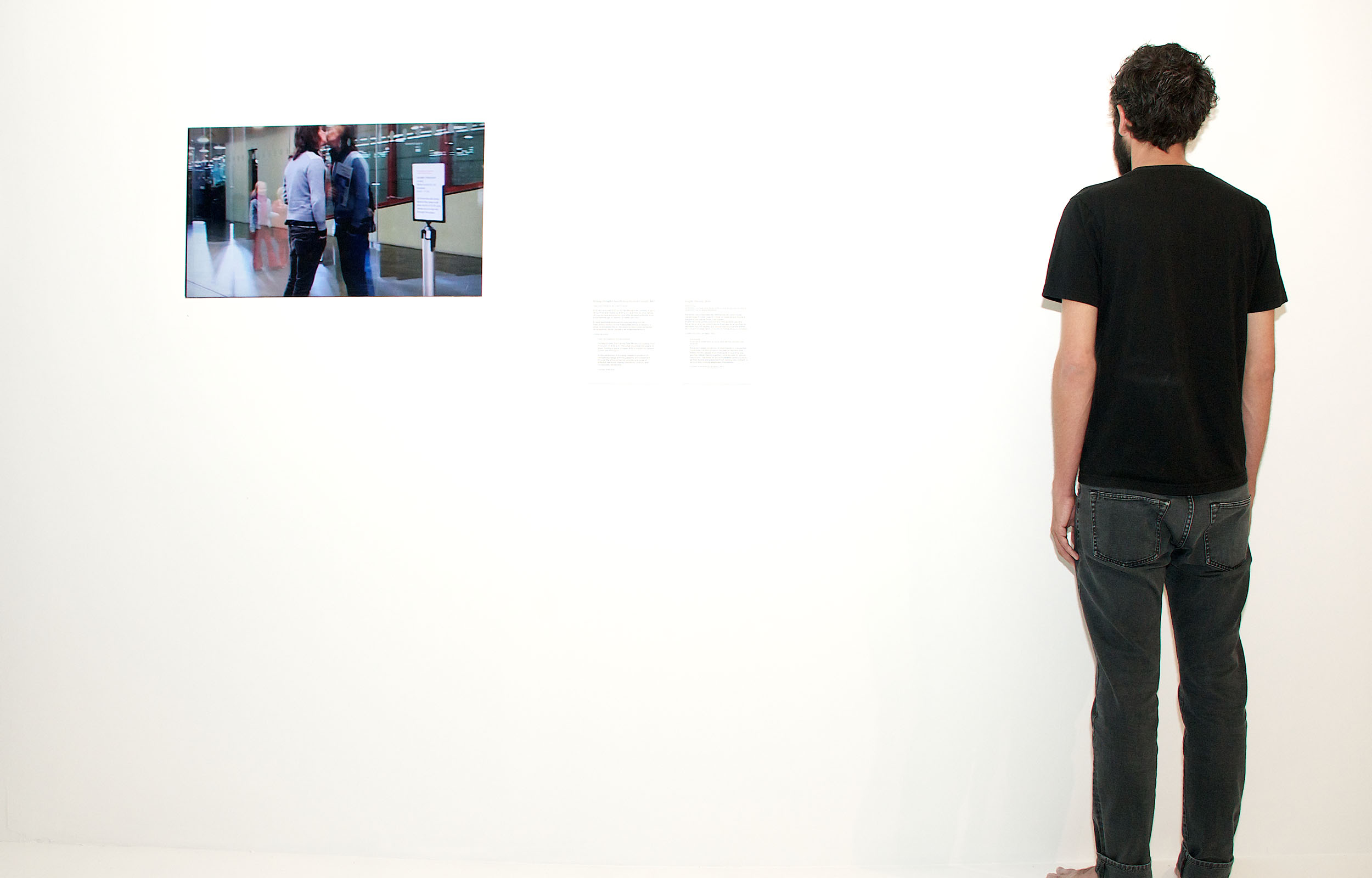
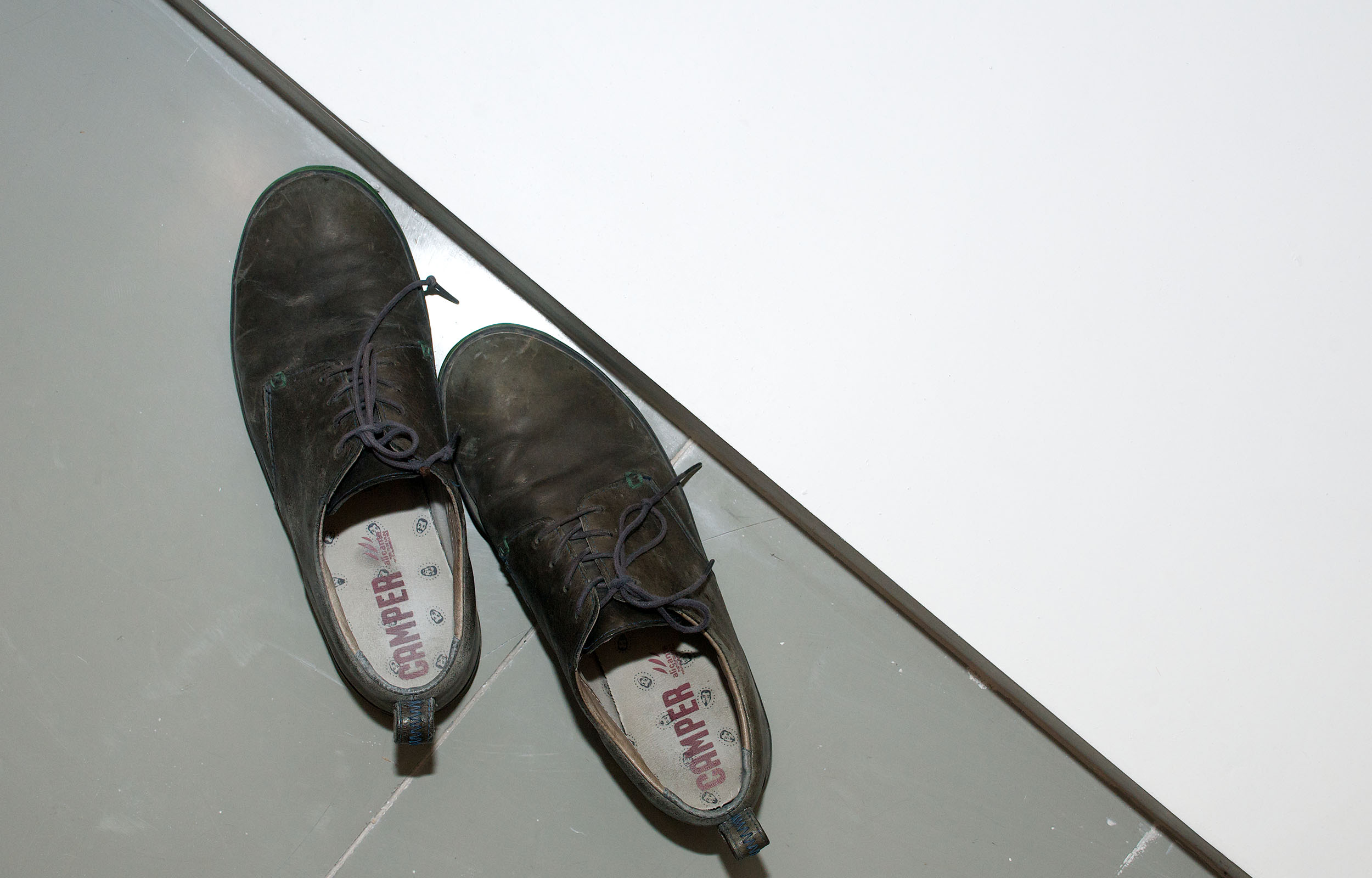
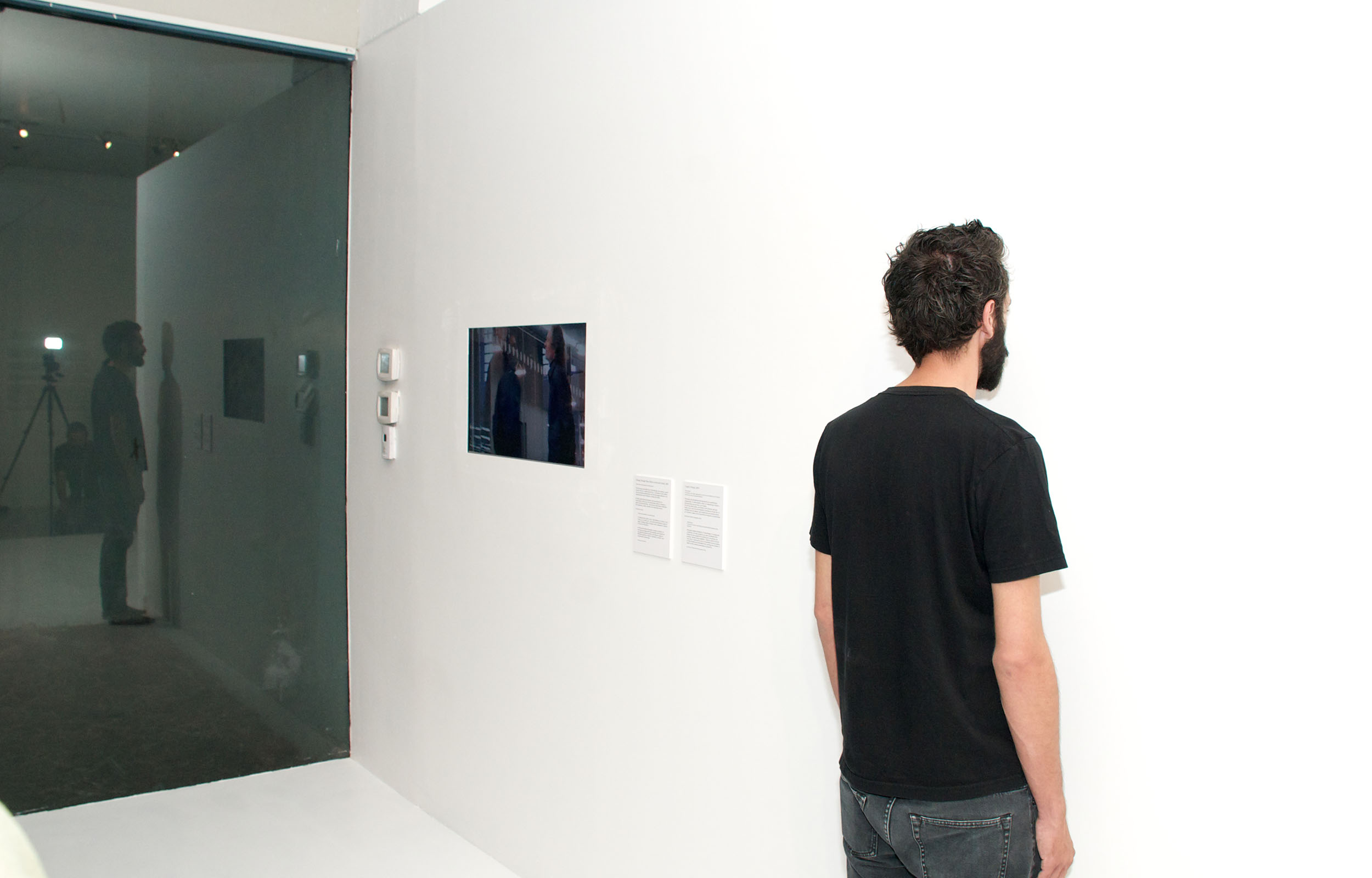
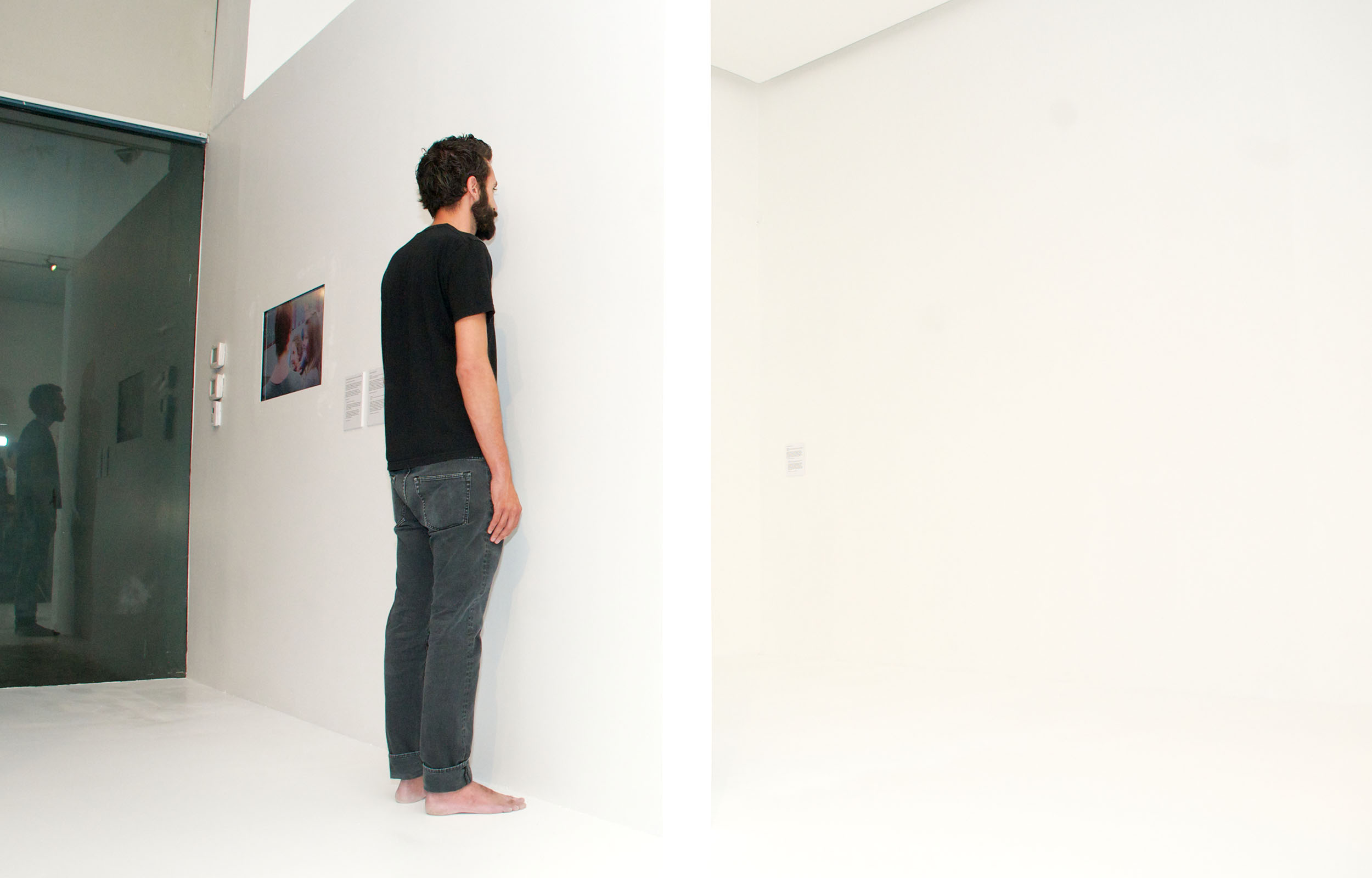
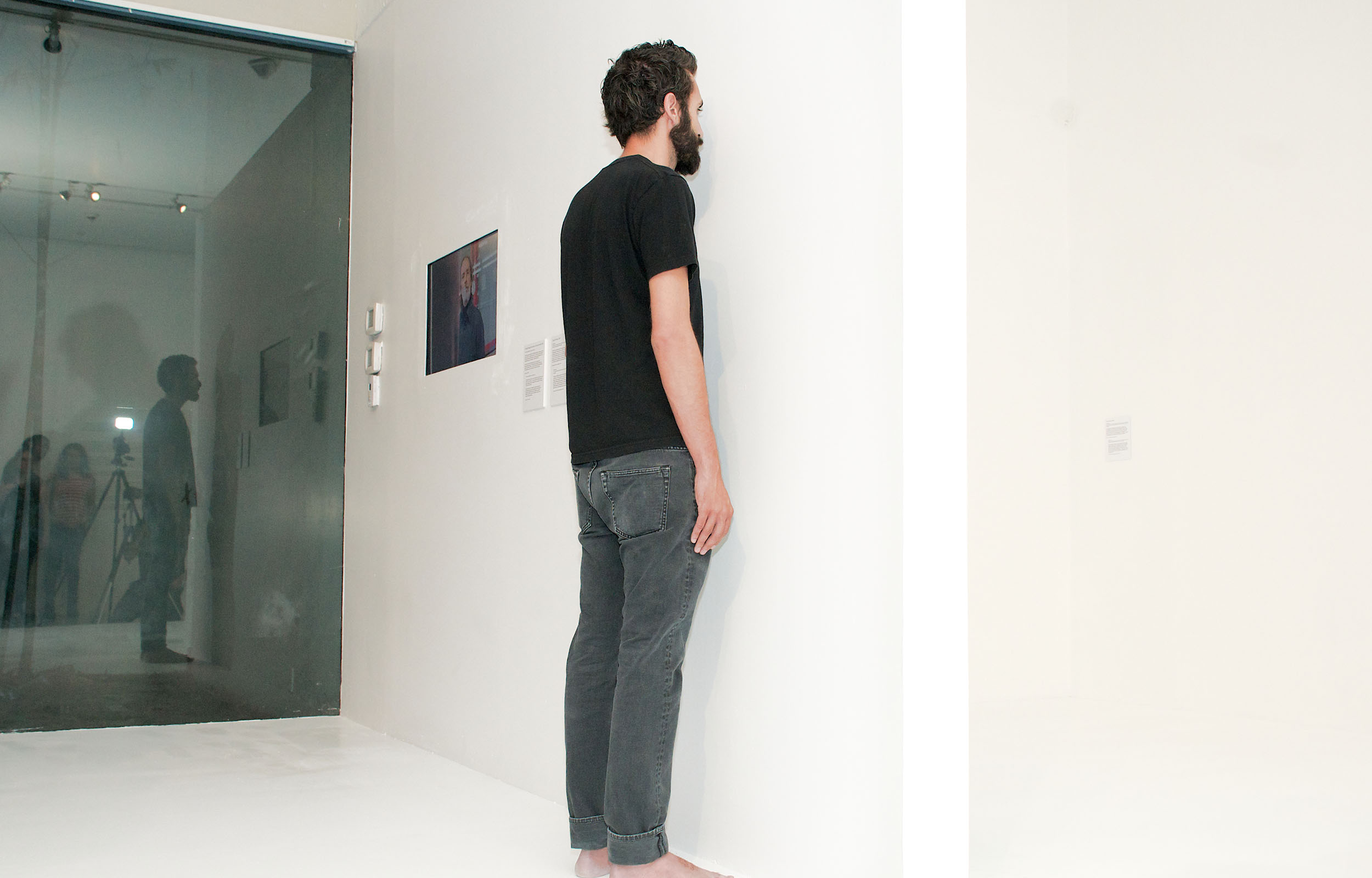
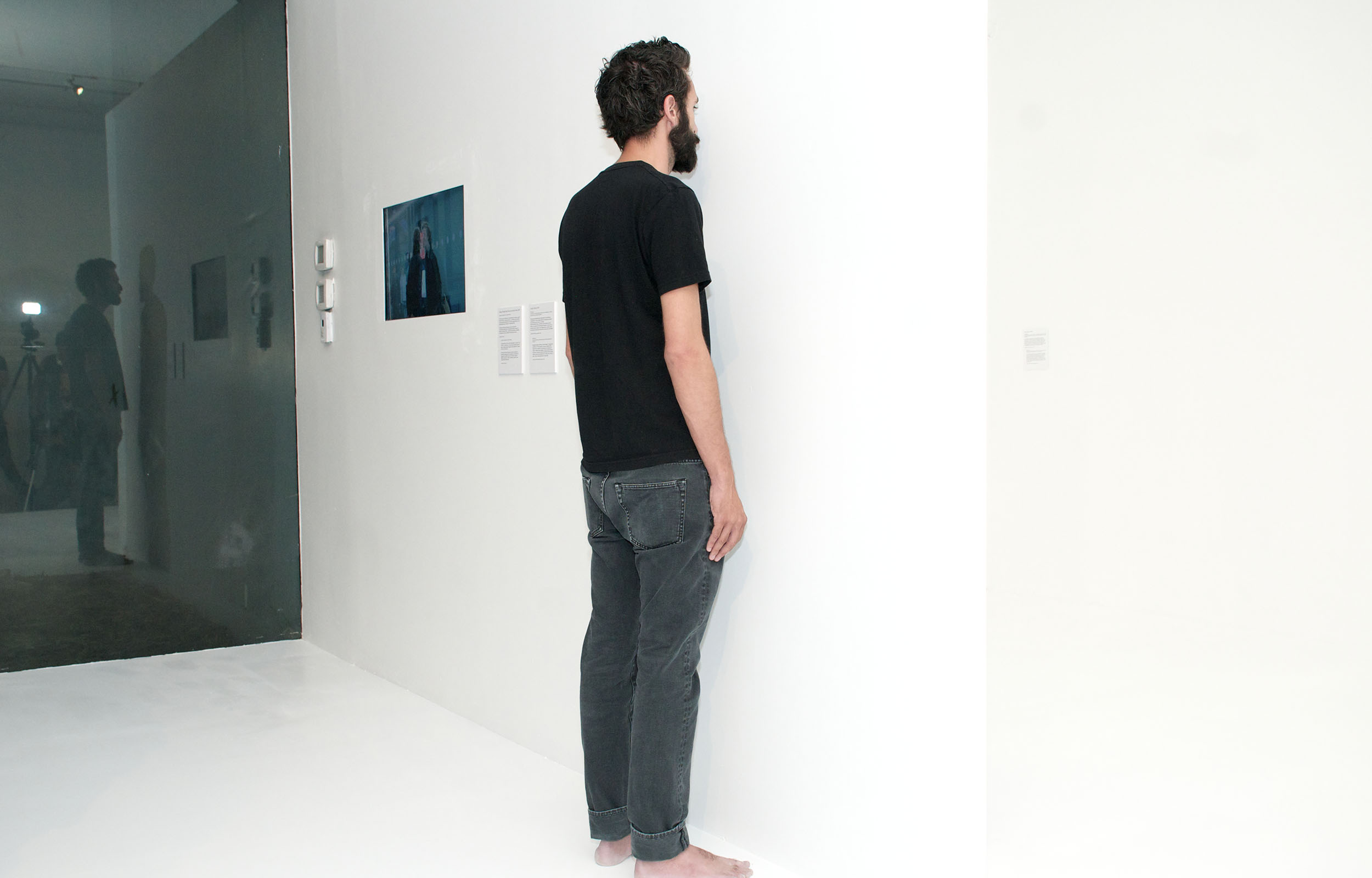
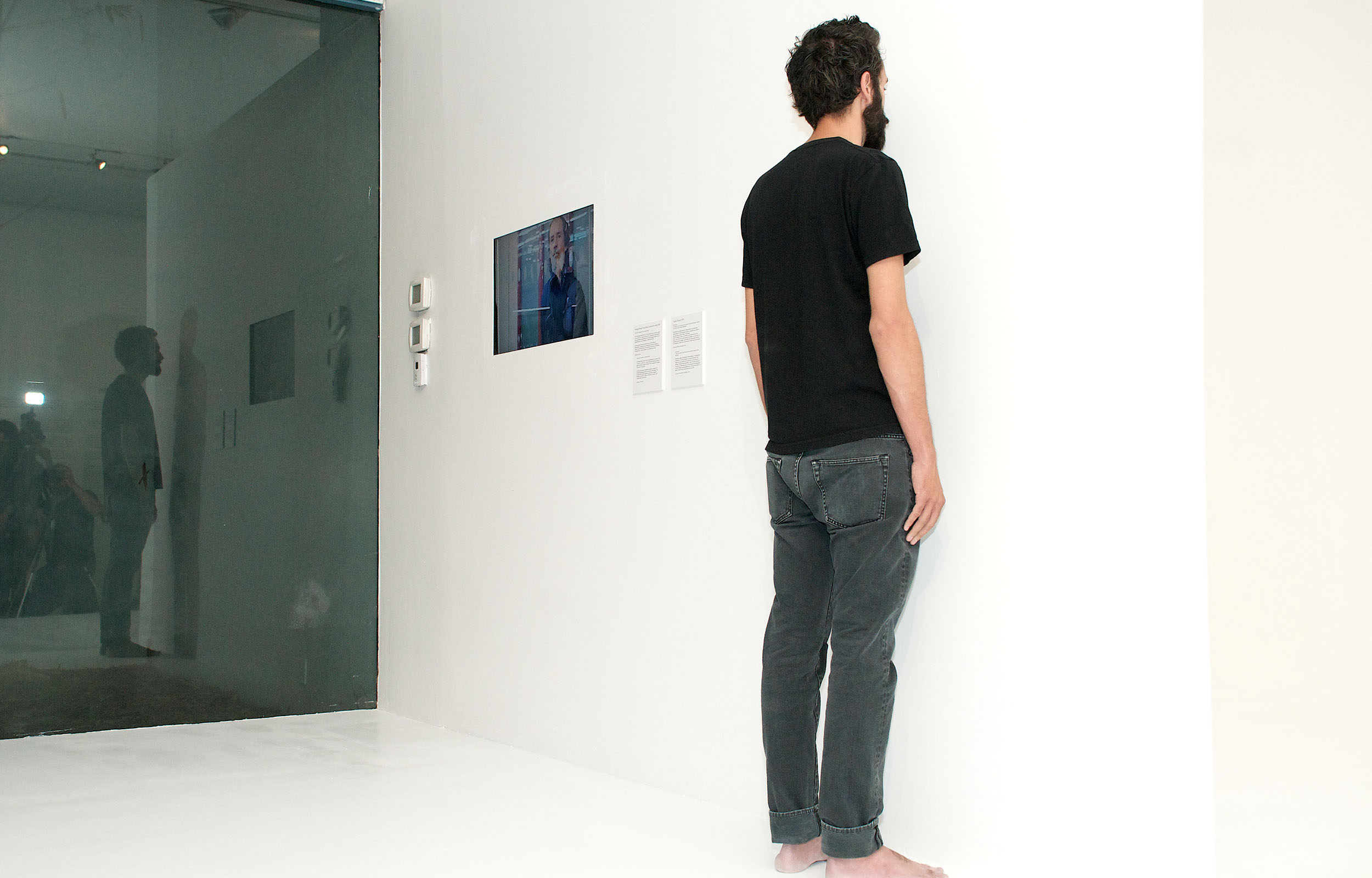
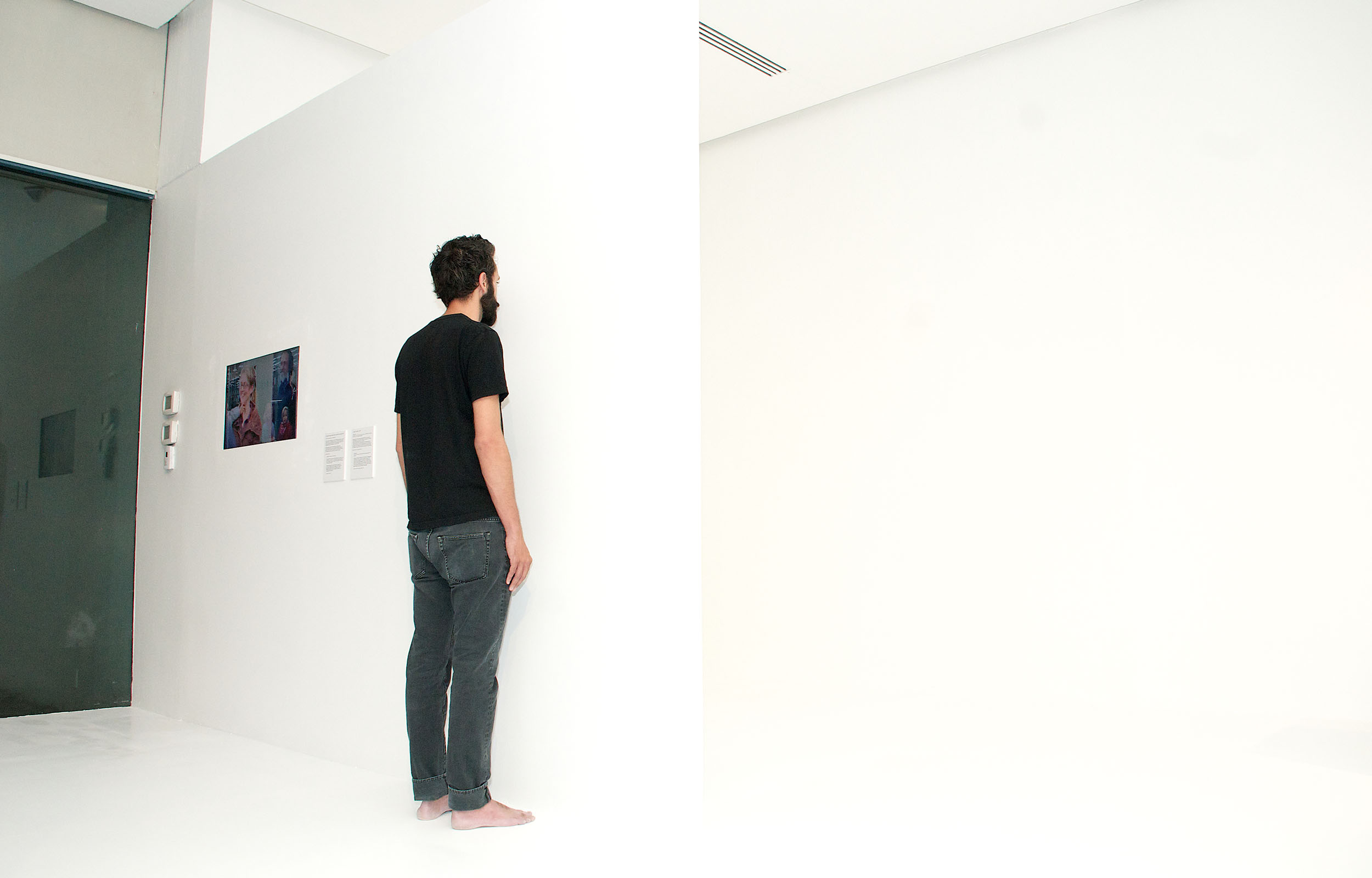
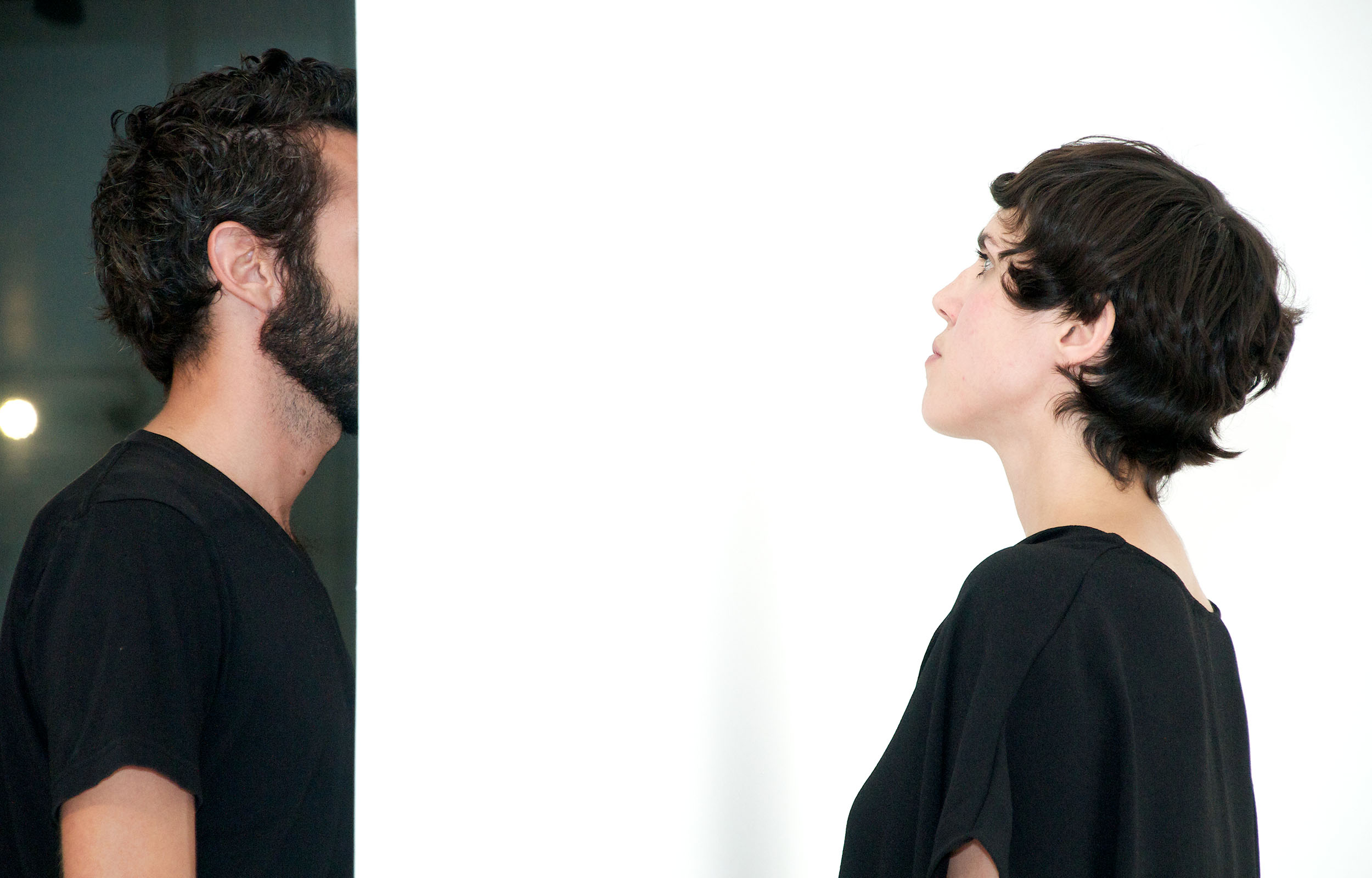
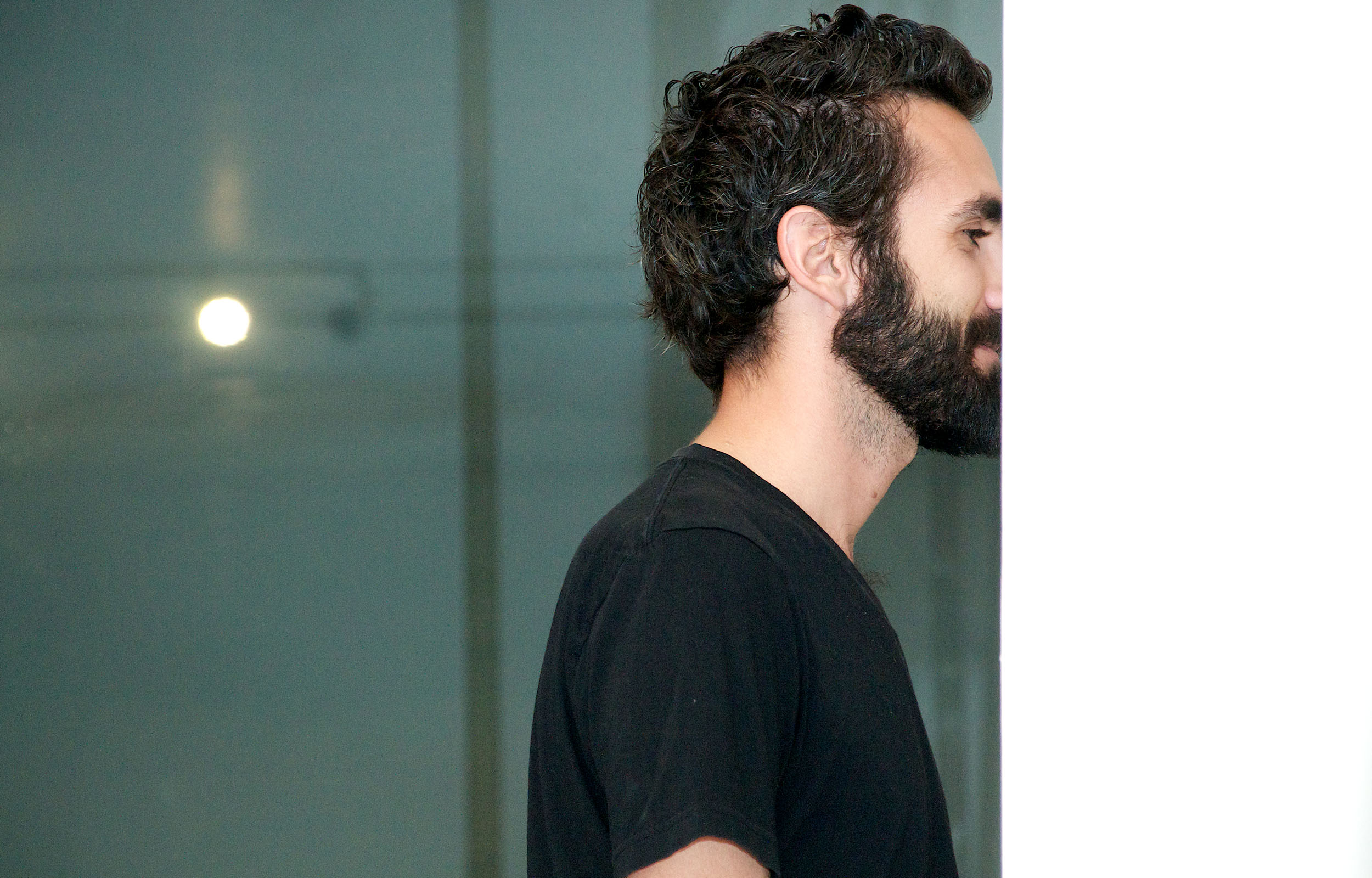
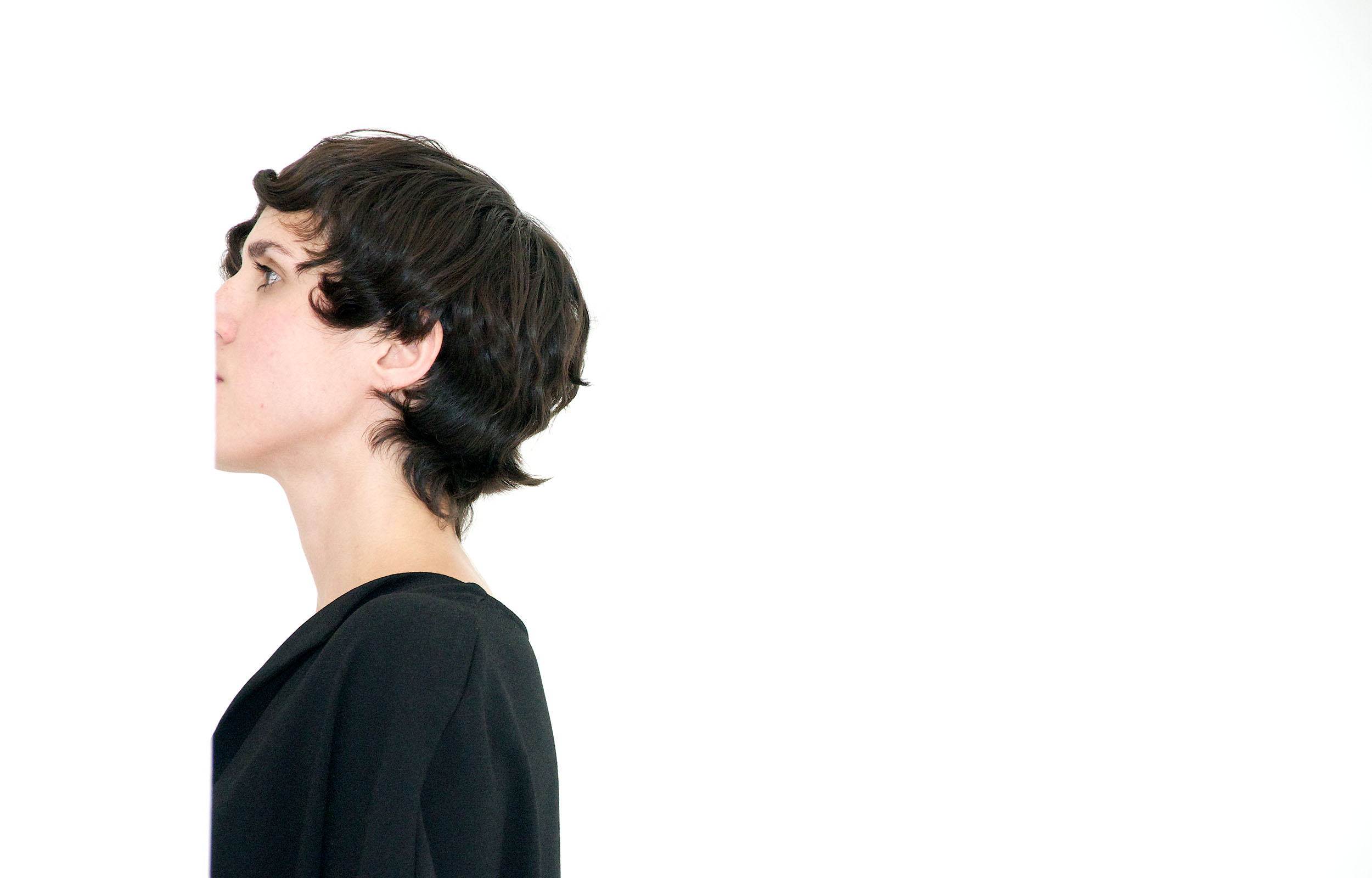
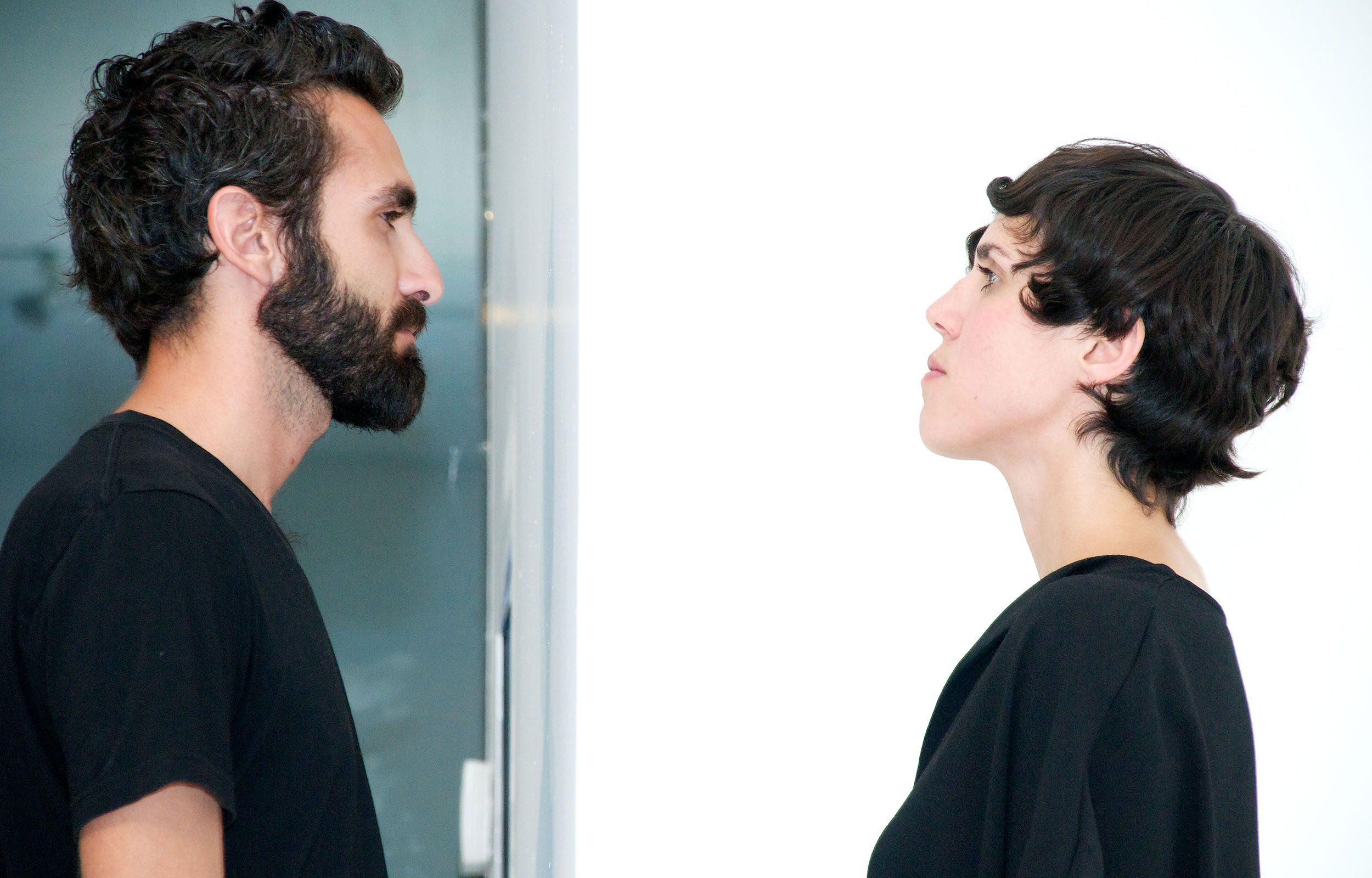
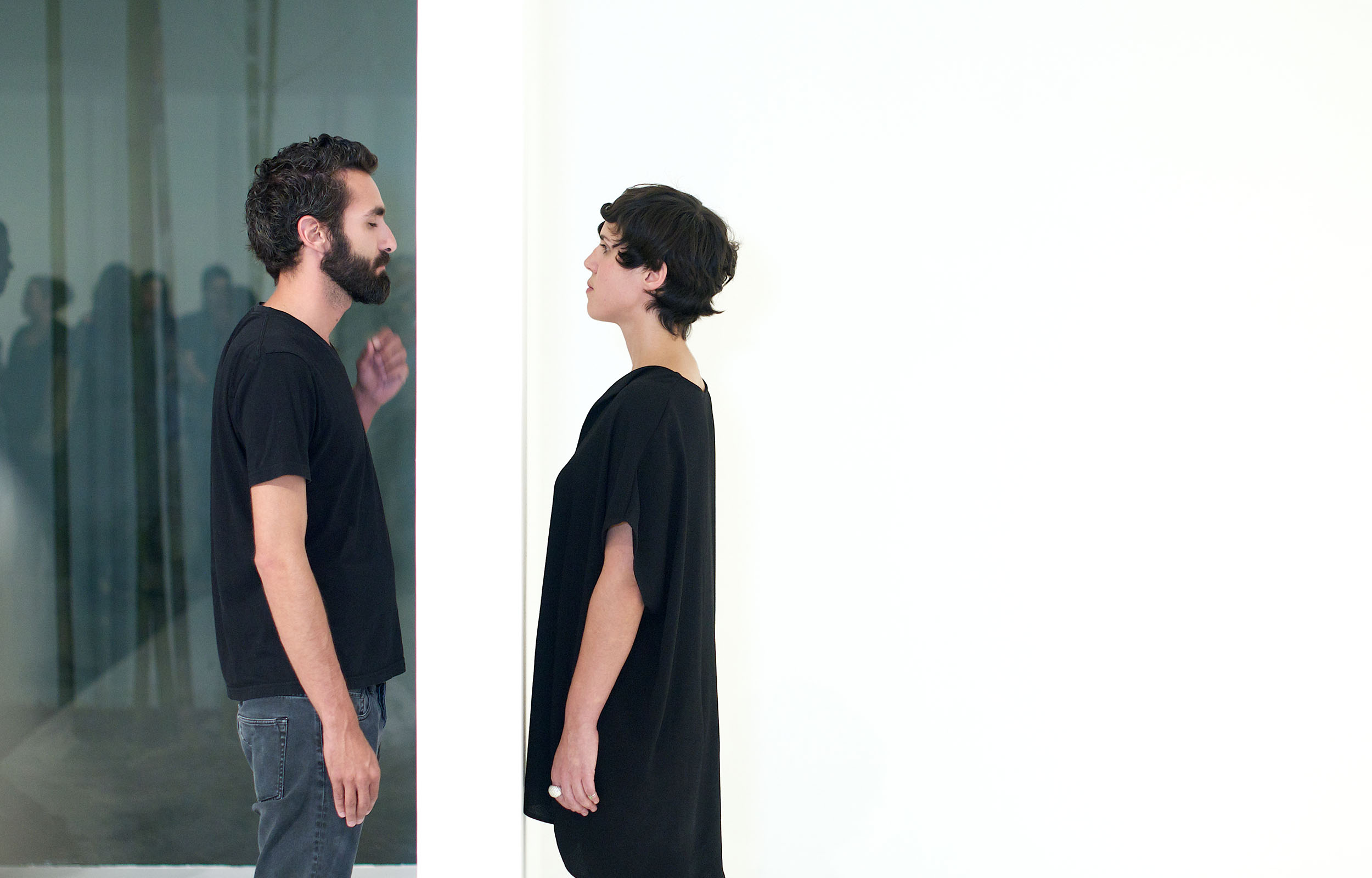

White Sheet | Jiří Kovanda
From September 25, 2015 to Januaryl 31, 2016
A project by Patrick Charpenel and Andrea de la Torre
“I can’t say whether it is because I am self- taught, but I have never considered myself a painter, an author of objects or collages, or a conceptual artist. I have always felt like someone who deals with those things…. I still hope that art can assist not just those who do it but also those who encounter it. The artist is never ‘ready.’ But he is someone who is trying it.”
—J.K.
Jiří Kovanda (Prague, 1953), is a self-taught artist who came to prominence in the 1970s. His production fits within the framework of certain movements in Eastern European conceptual art. By means of a series of minimal, often almost invisible actions, the artist seeks to establish physical and psychological connections with the public. The discursive force and visual beauty of his artistic production derive from
an austere rhetoric that eschews all pyrotechnical showiness in favor of direct and effective communication with the audience.
At the Museo de Arte de Zapopan, Kovanda presents the installation White Blanket, originally conceived for the Secession in Vienna in 2010. On this occasion, the artist continues with his subtle practice of minimal gestures: a wall—the central element of the exhibition—winds at eye level throughout the hall, segmenting the architectural space. The zigzagging design generates a series of inlets, niches, cubicles, and corridors at different points.
The installation, conceived in such a way that the spectators can barely see over it, generates a variety of erratic behaviors. The structure invites interaction, as if the public were taking part in a game of hide-and-seek. With a sort of careless gesture, Kovanda has also scattered a number of everyday objects—sheets, lamps, brooms—around the structure.
To complement and close the installation, seven more of the artist’s works will be on display. The first, Untitled (2008), is an installation consisting of two kilos of sugar forming a long, almost invisible line. The second, One Round Table (2008), is a wooden table previously divided into four parts, each segment of which occupies a separate corner of the exhibition space. The third, Untitled (2009), shows some cognac which has accumulated on the floor after having been spilled against the wall. The fourth, Two Cushions (2008), consists of two cushions brutally nailed to the wall. The fifth, Kissing Through Glass (2009), documents an action in which the artist interacts with passersby who kiss him through a pane of glass. The sixth and seventh –Couple (2010) and Fence (2008)– are performances to be carried out on the opening day of the exhibition, charged with the radical poetic experience of Jiří Kovanda.
Given that communication constitutes the universal basis of culture, the interaction produced by Kovanda’s work provokes, by this very principle, different emotions in the public. The gestures that make up his performative practice connect different subjectivities within a unique and singular space.
